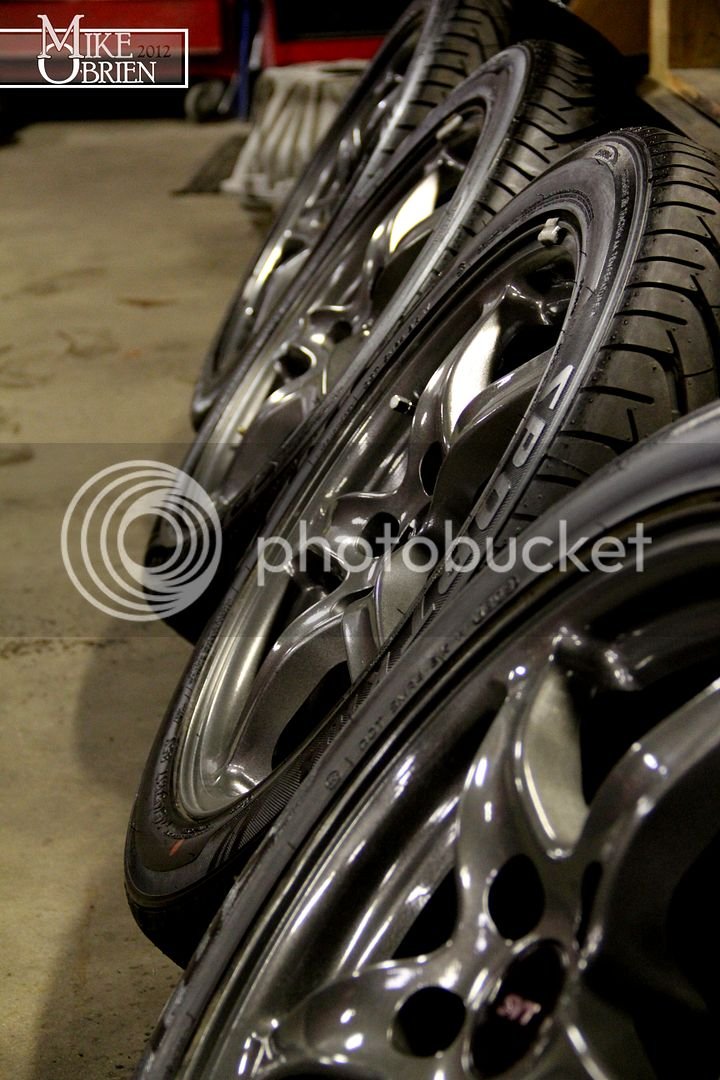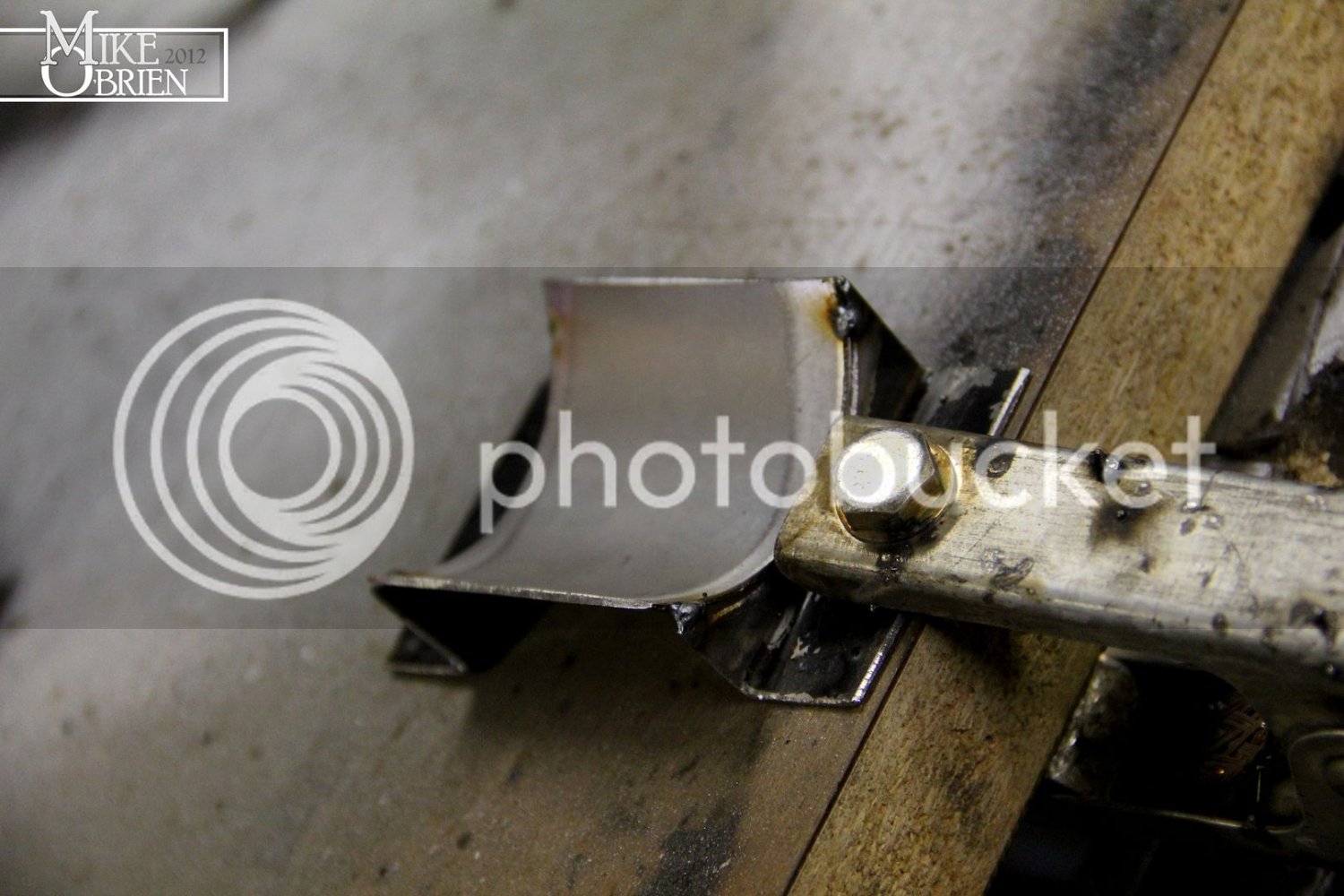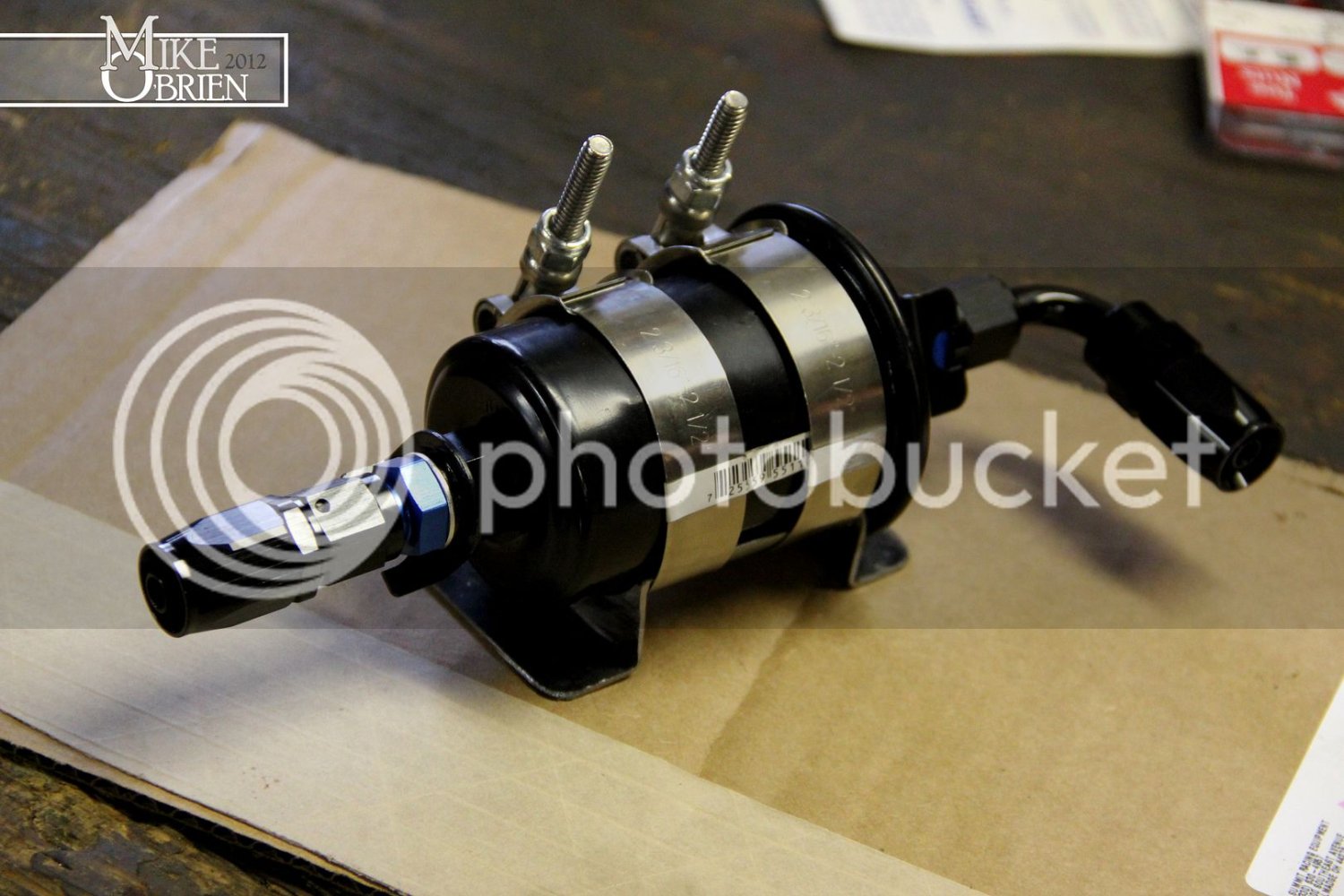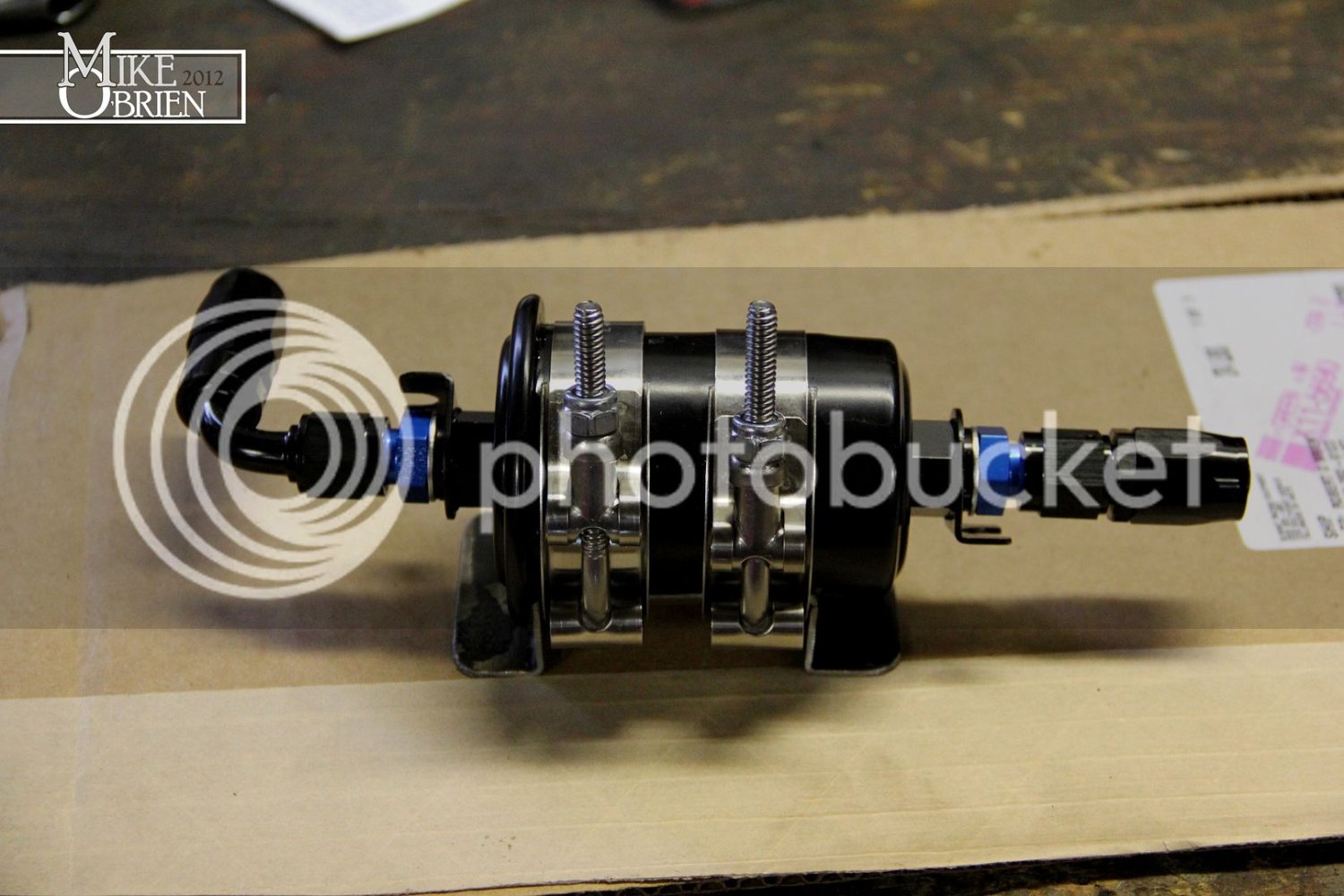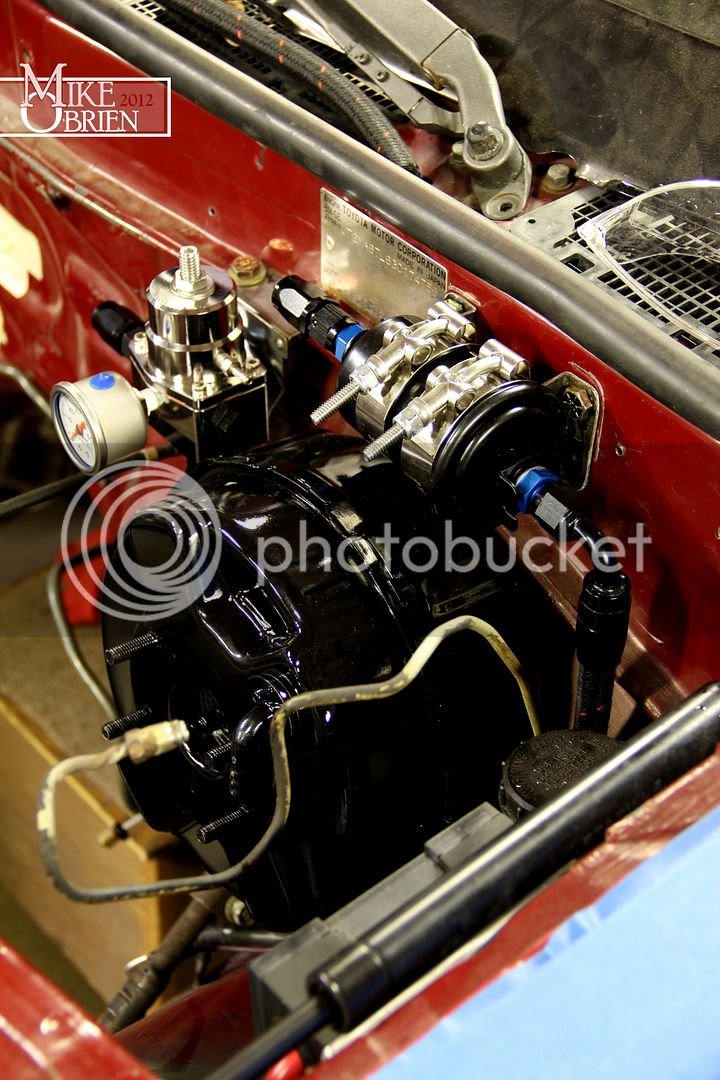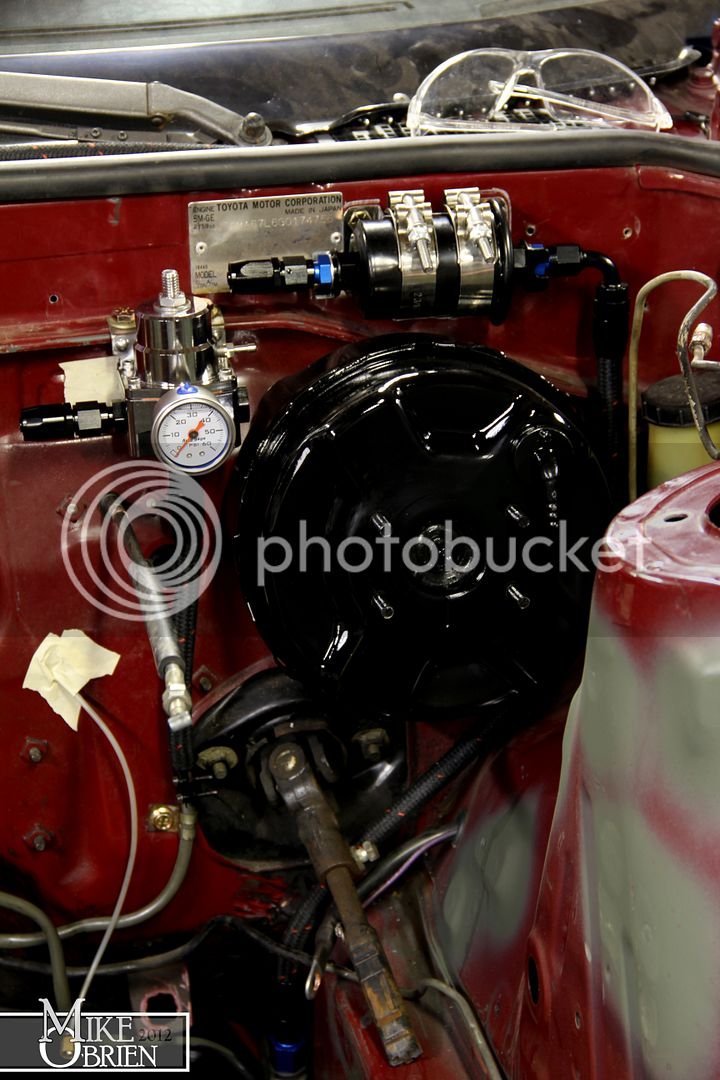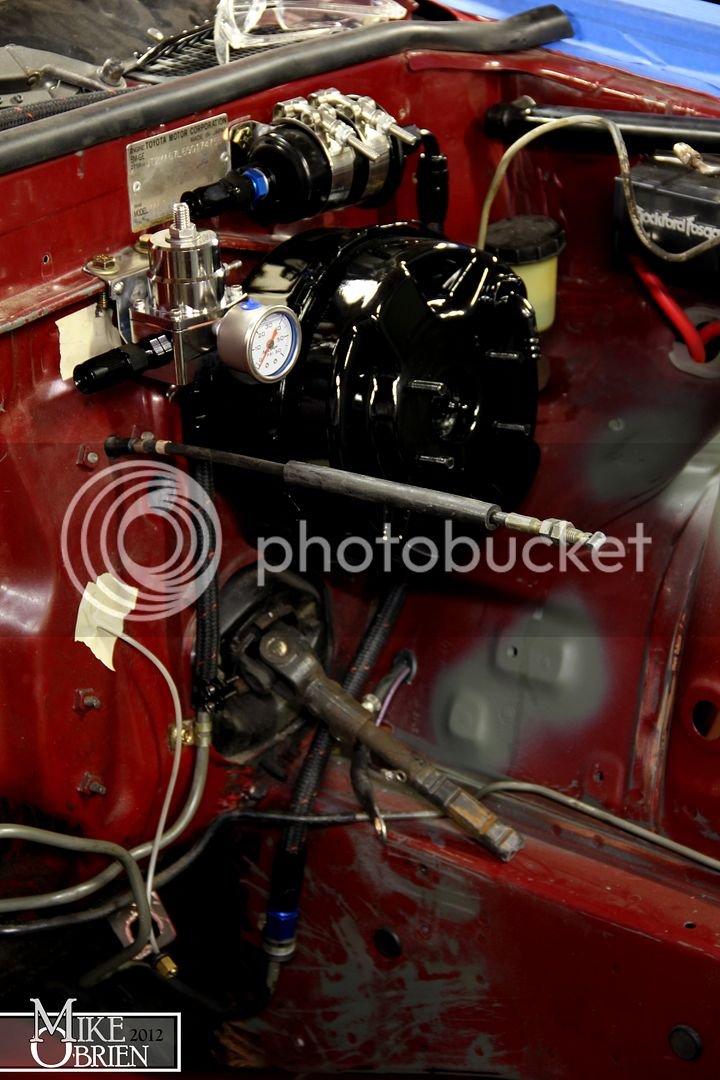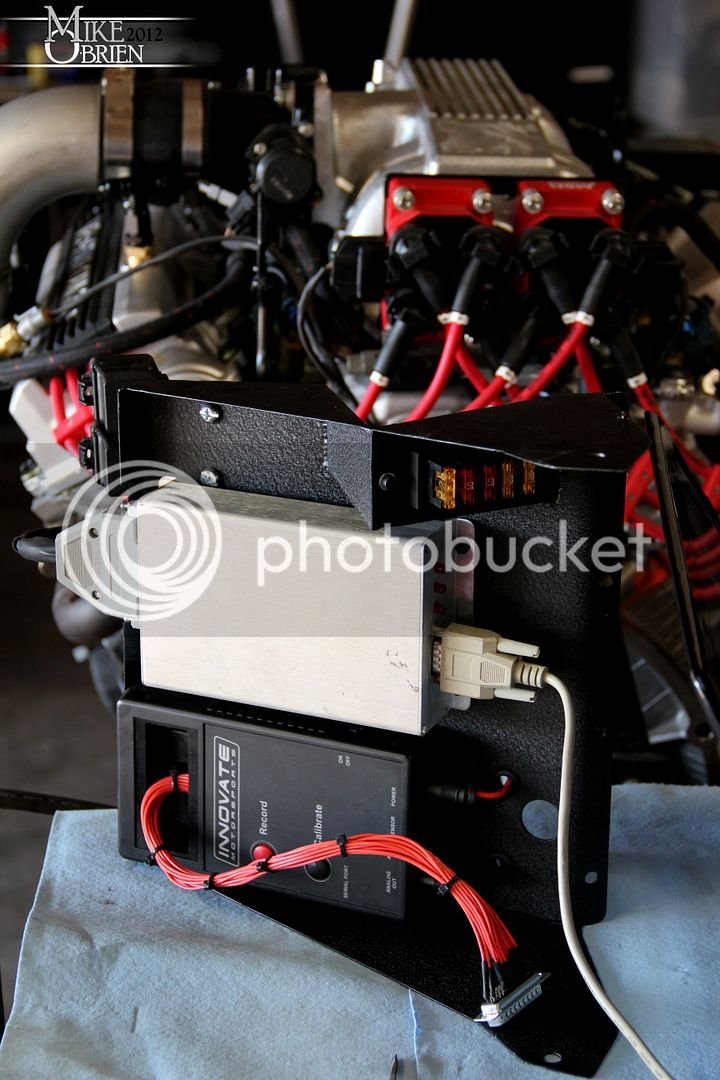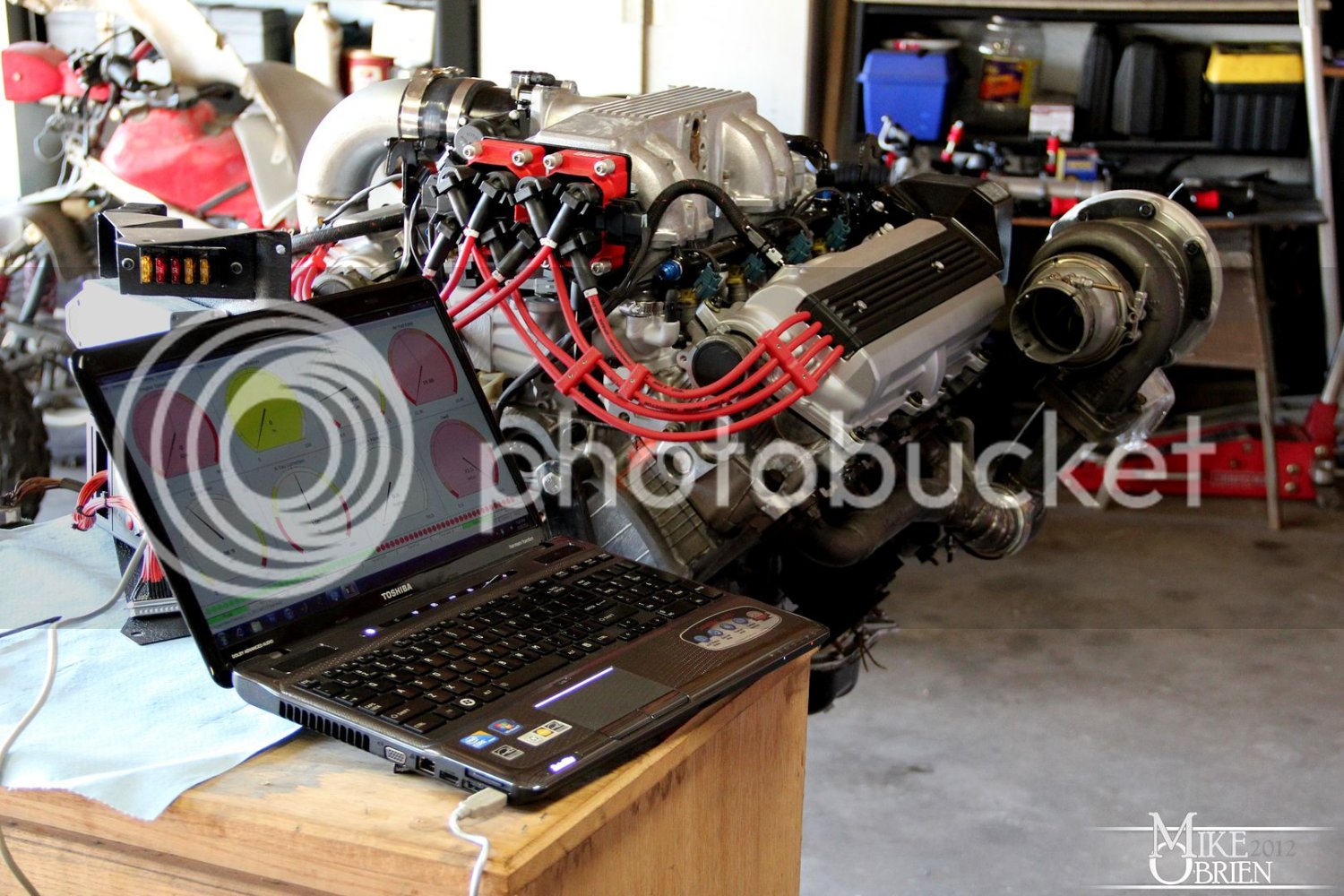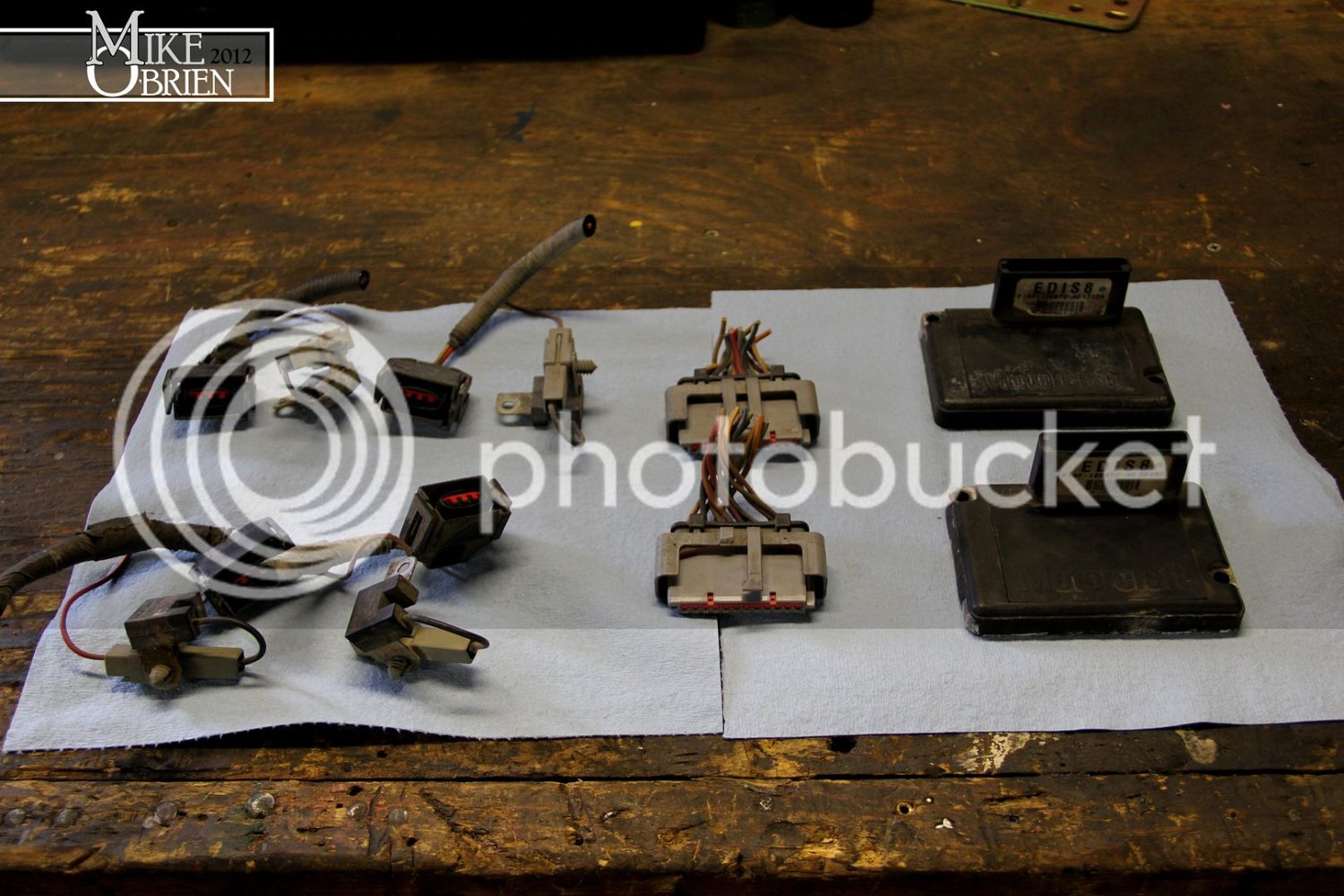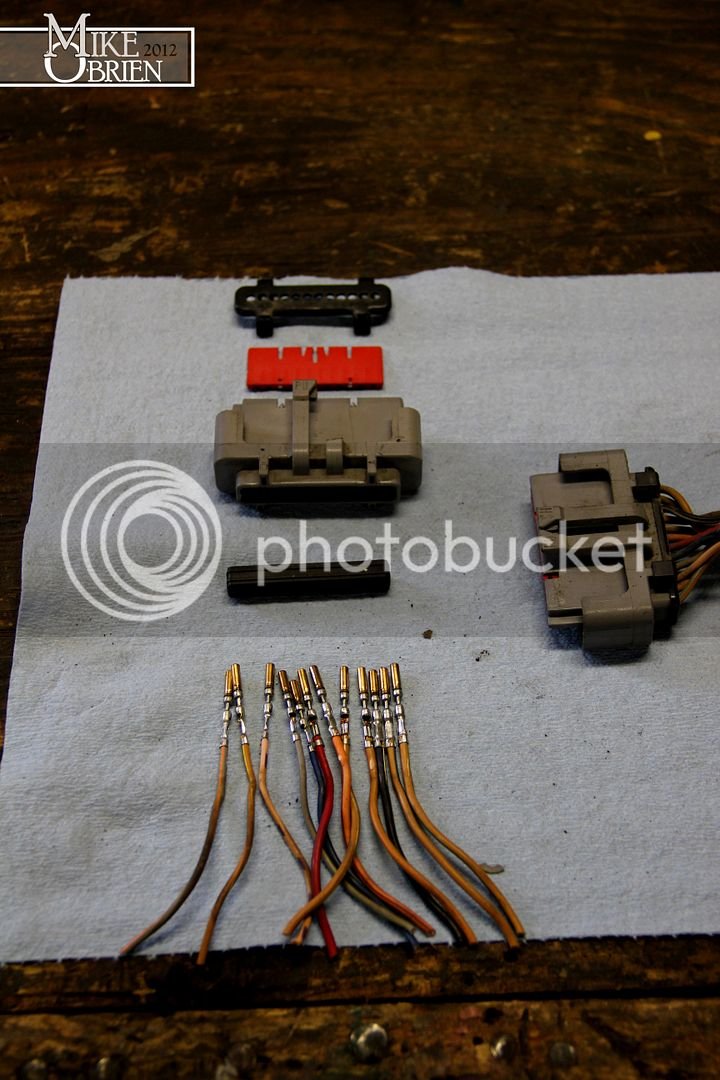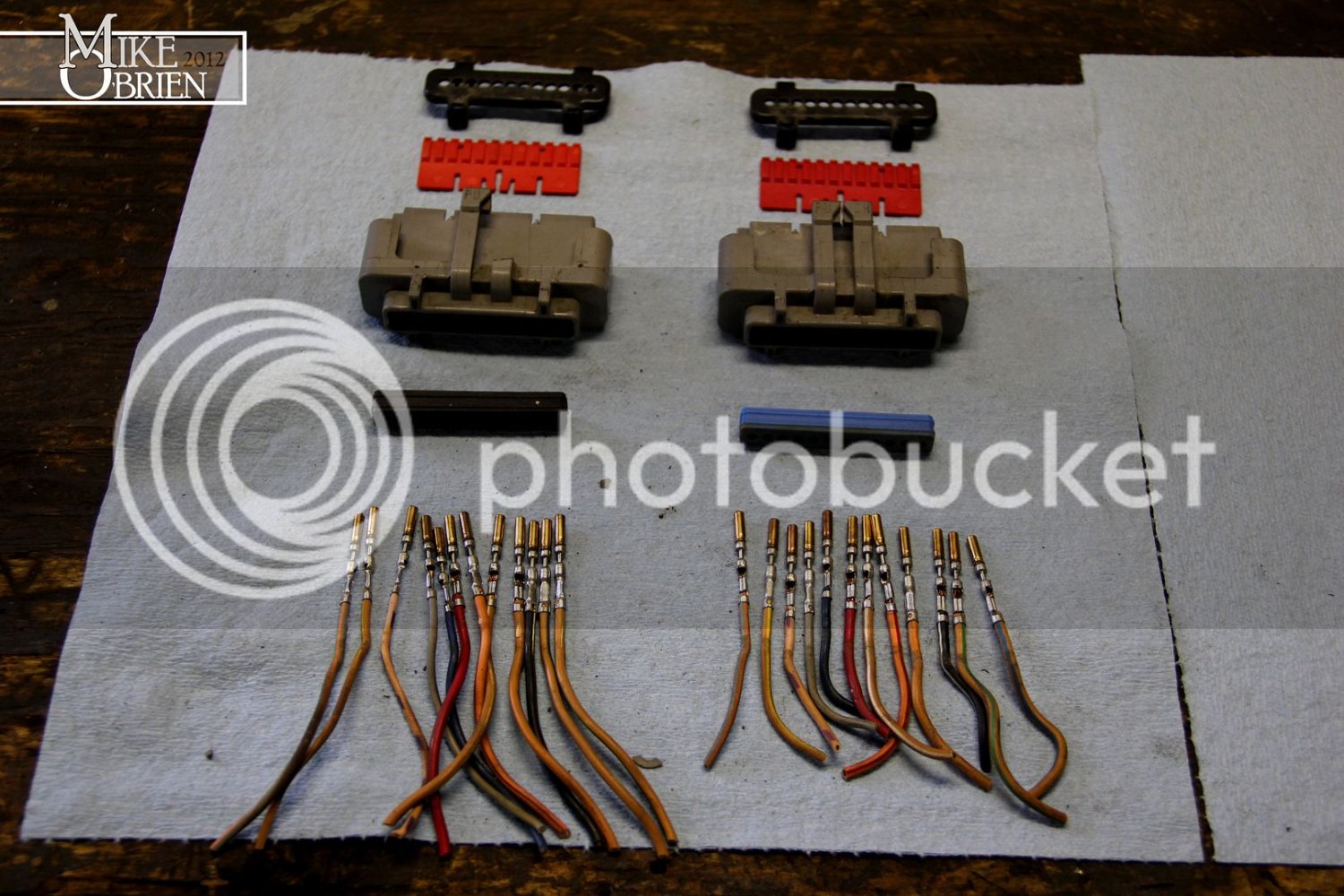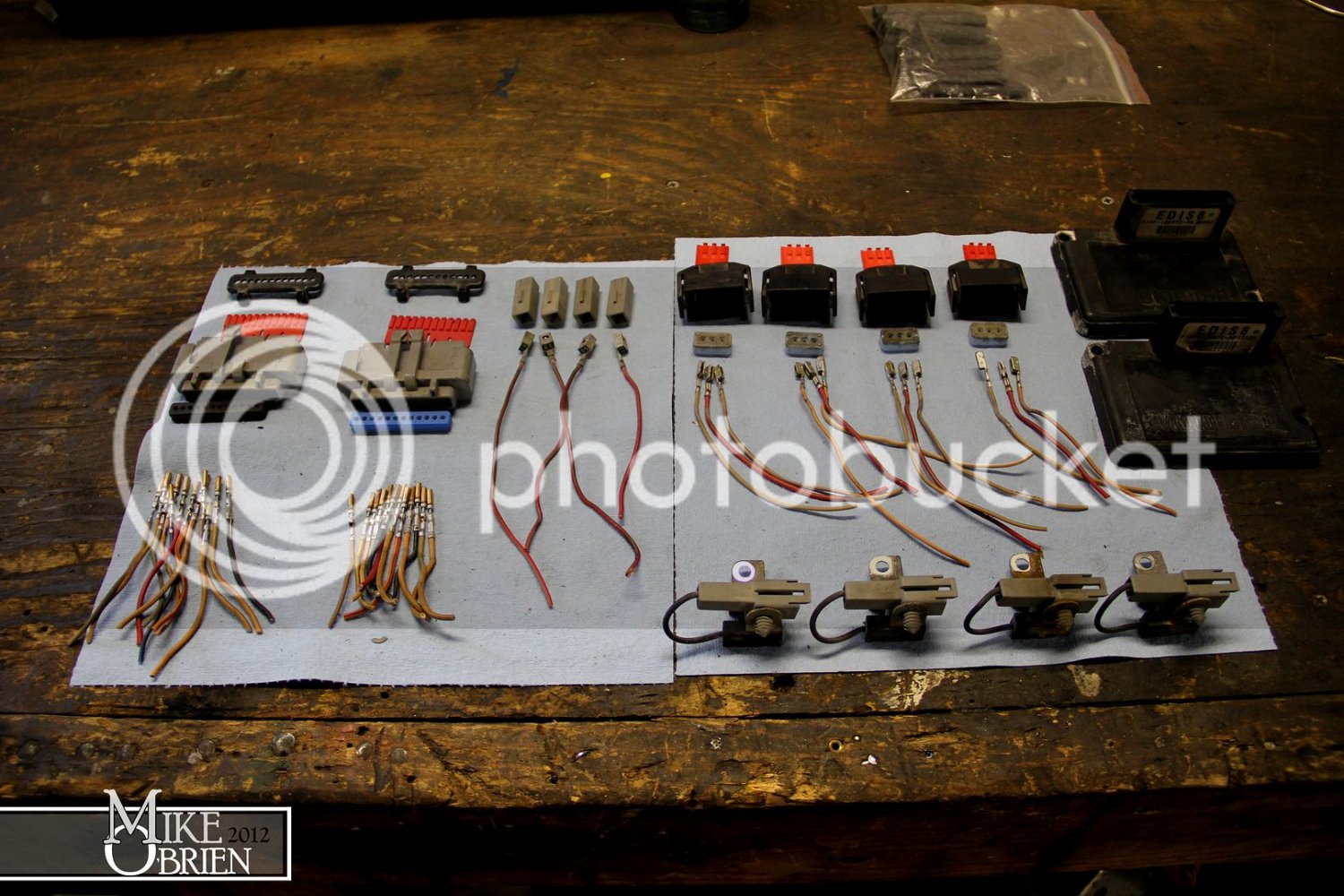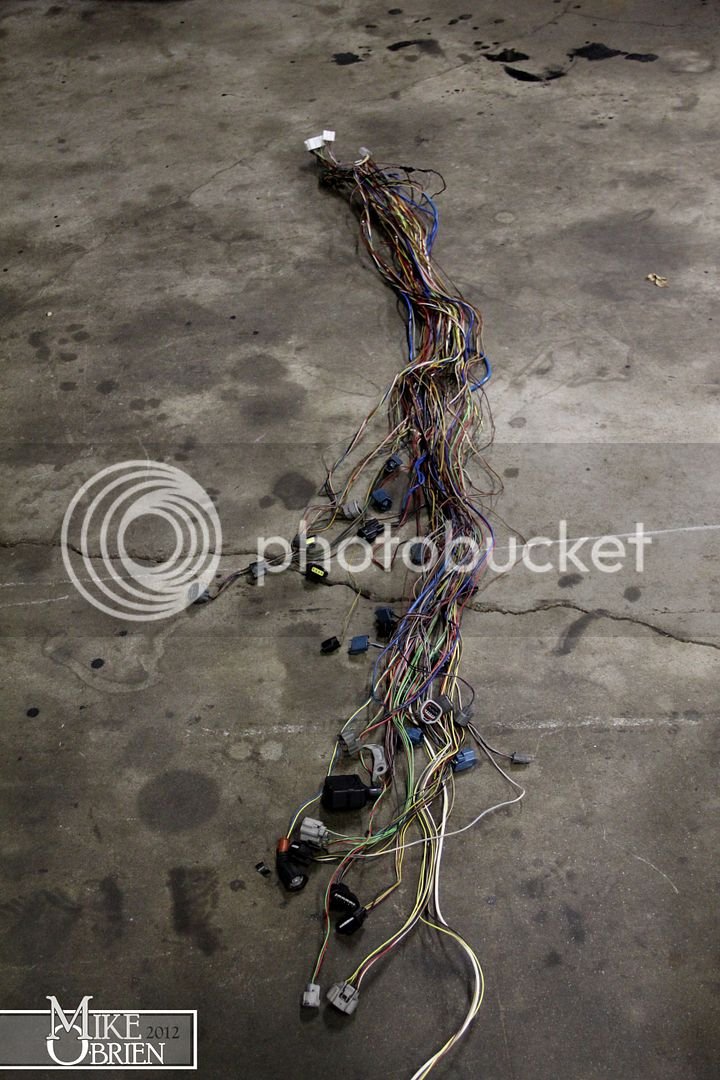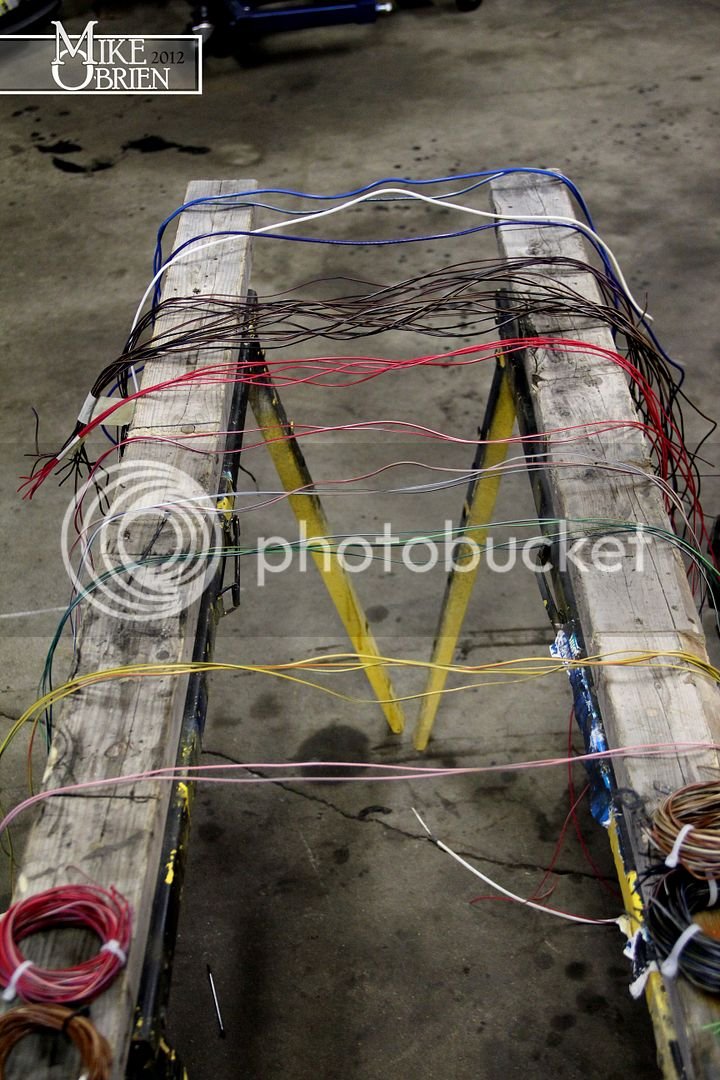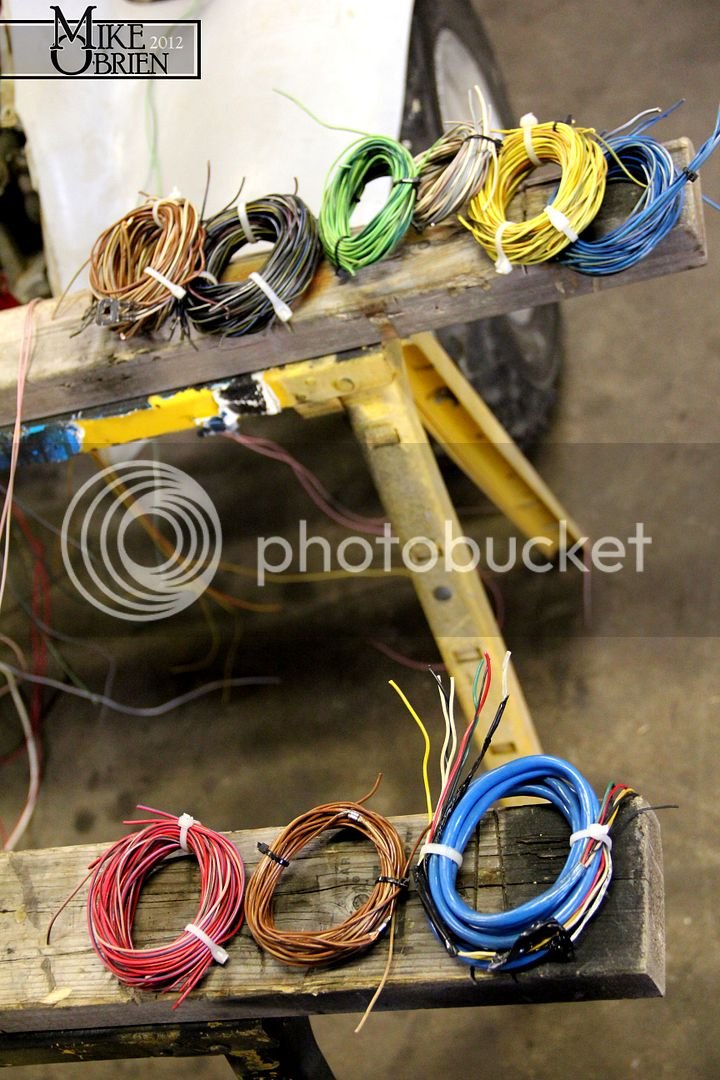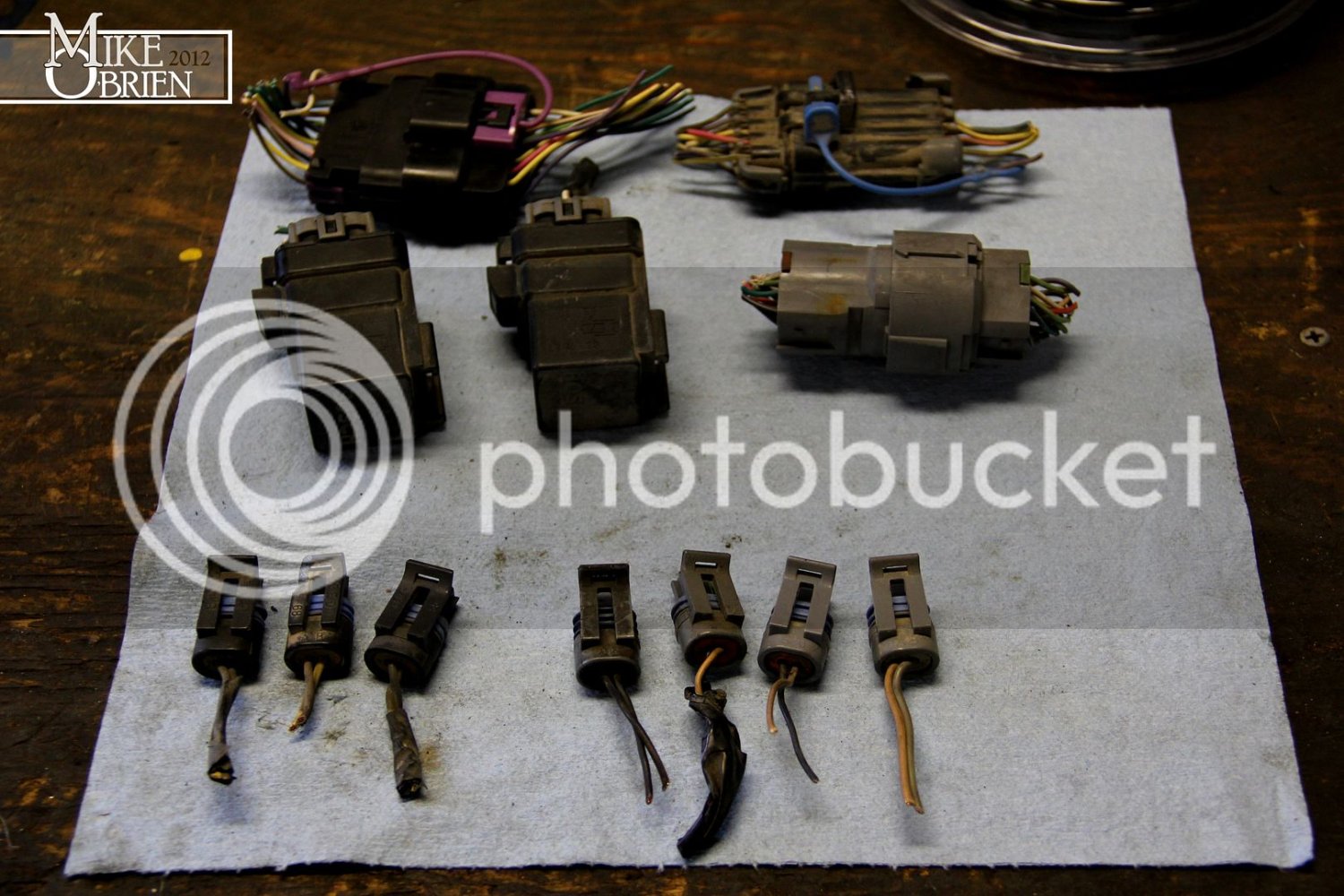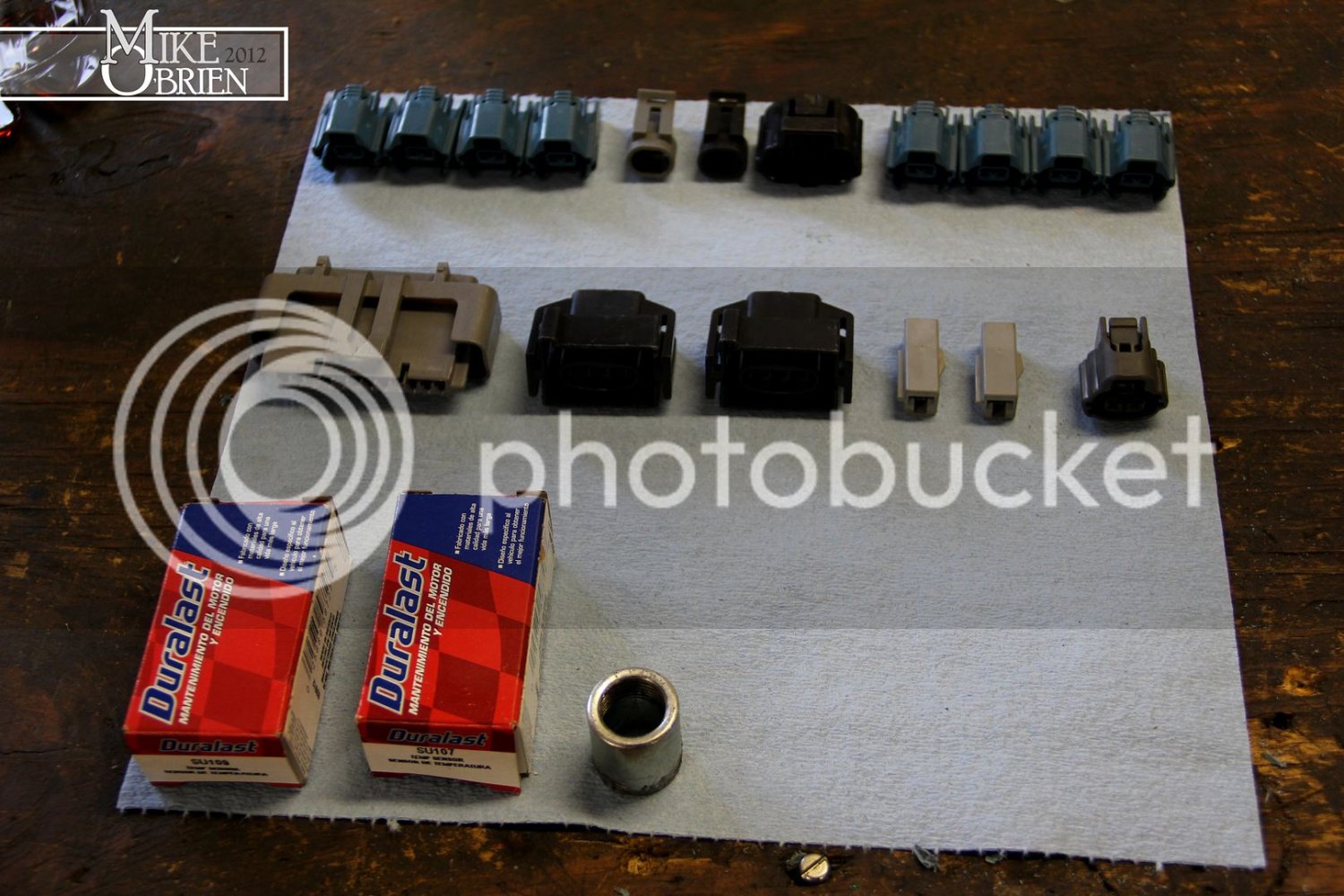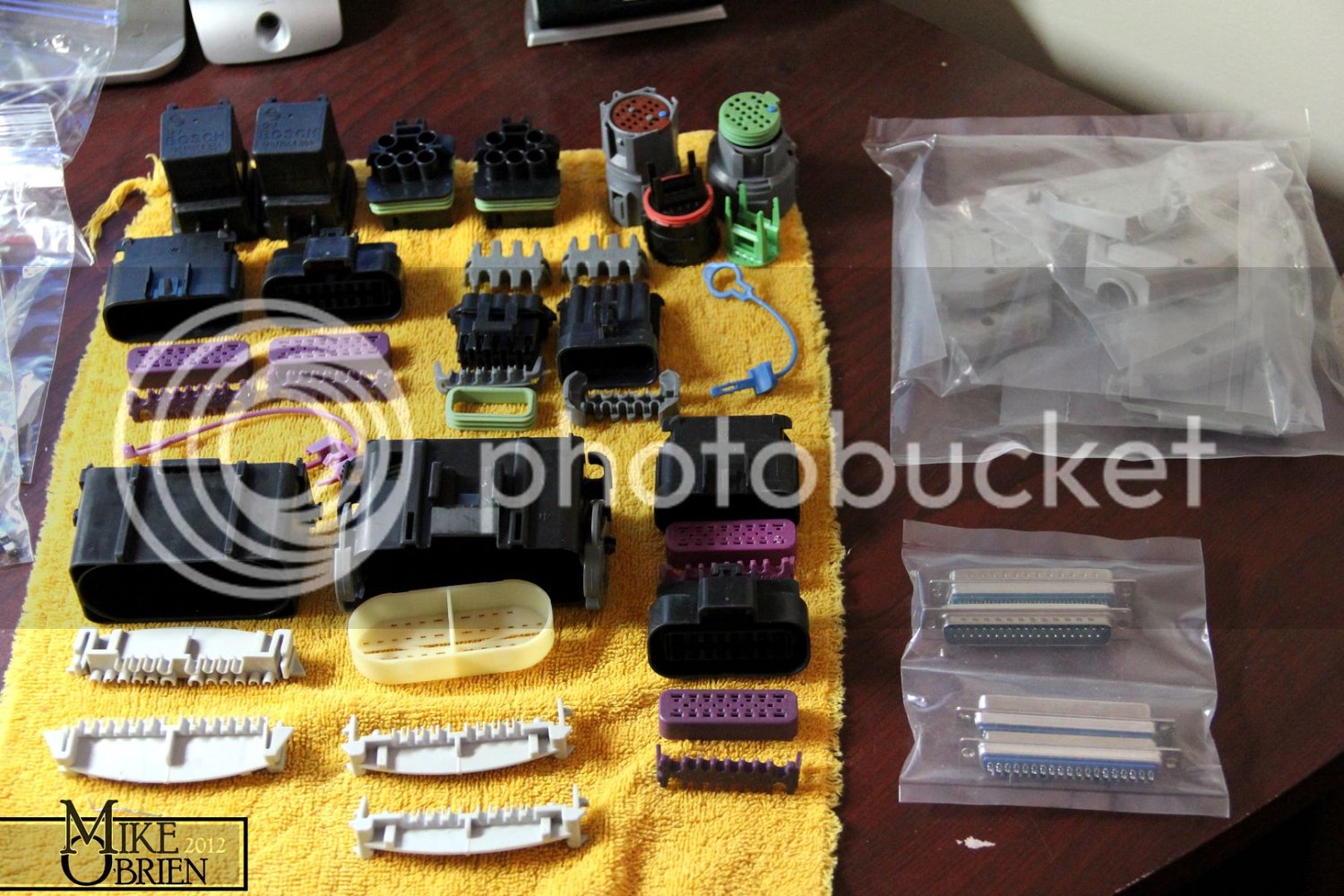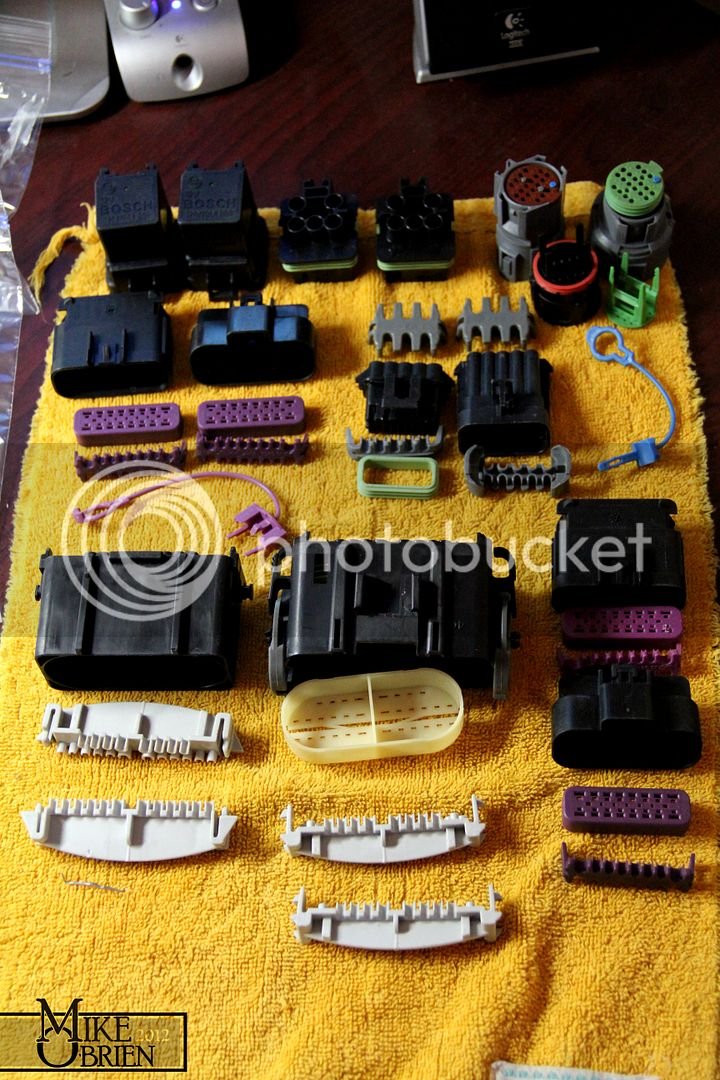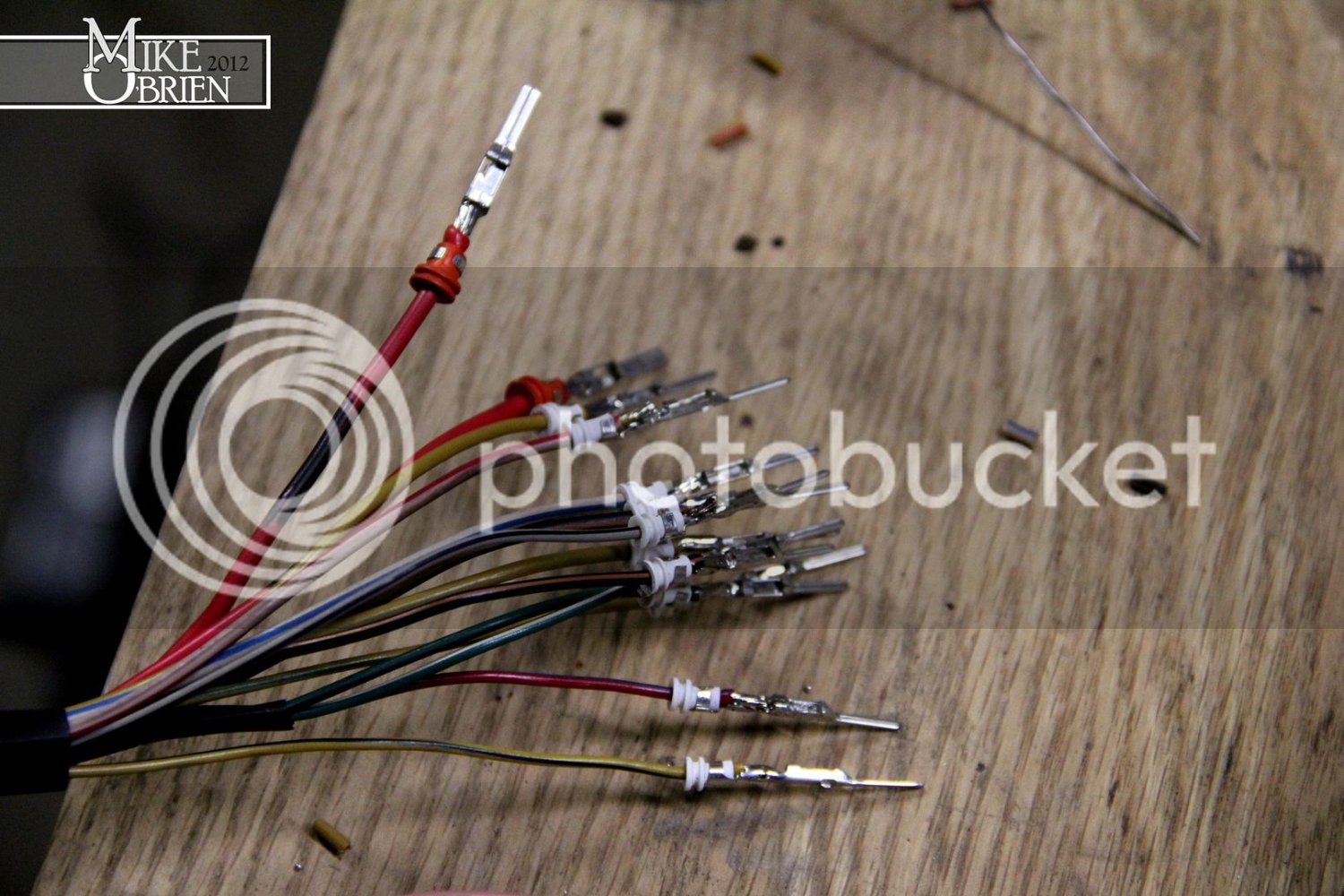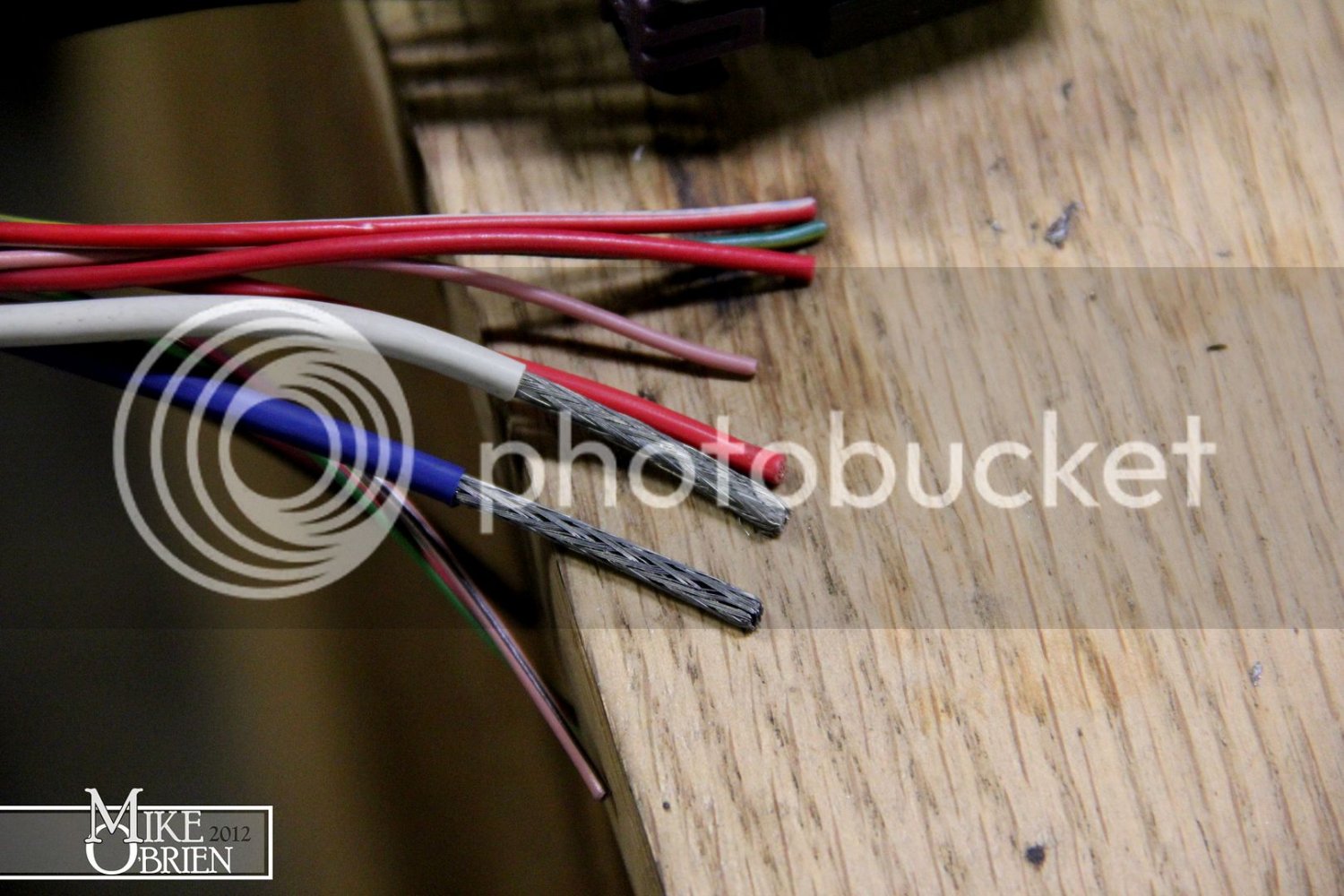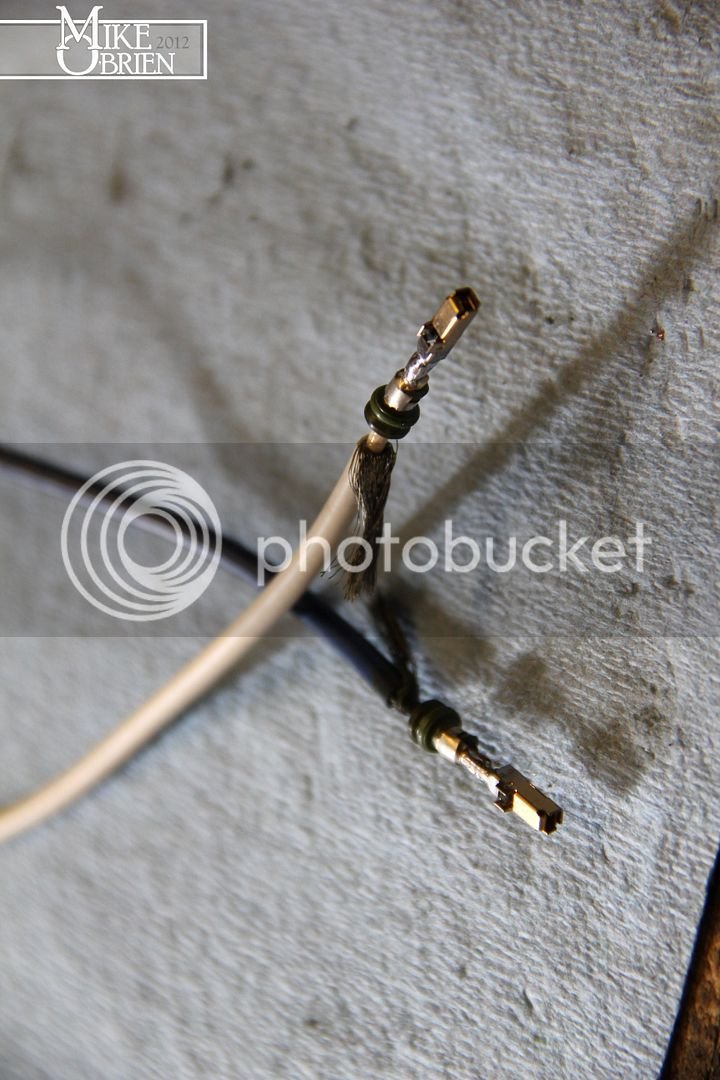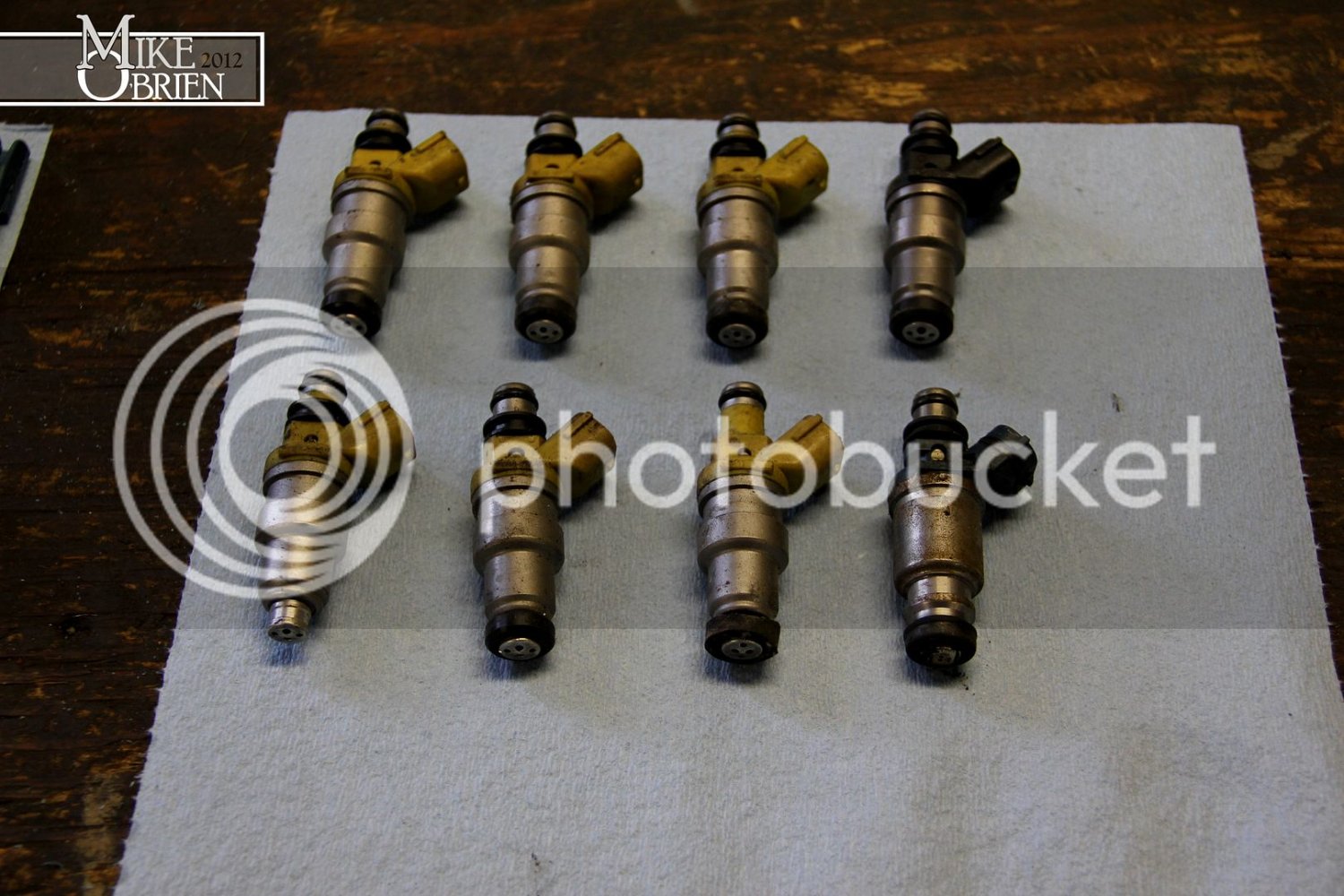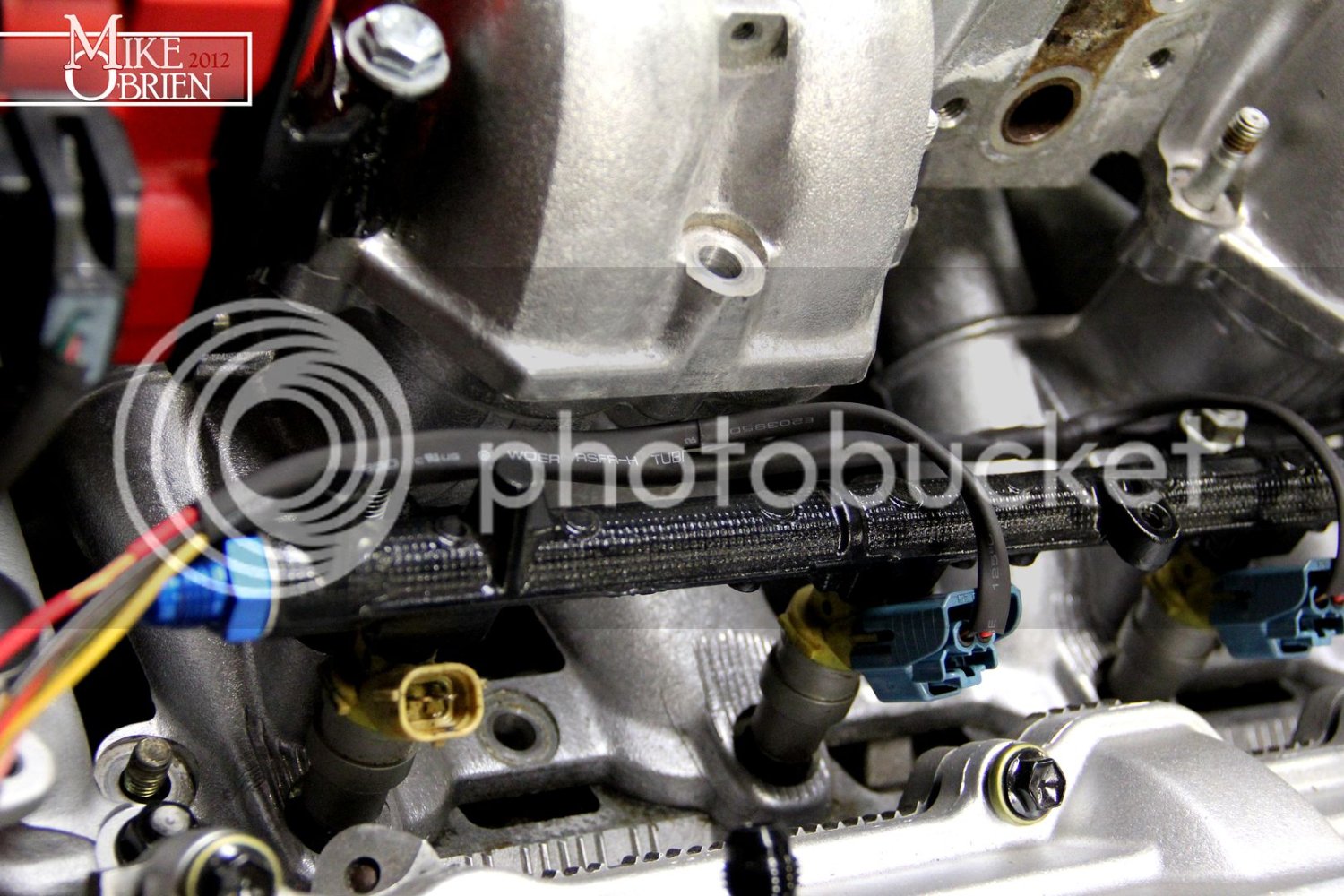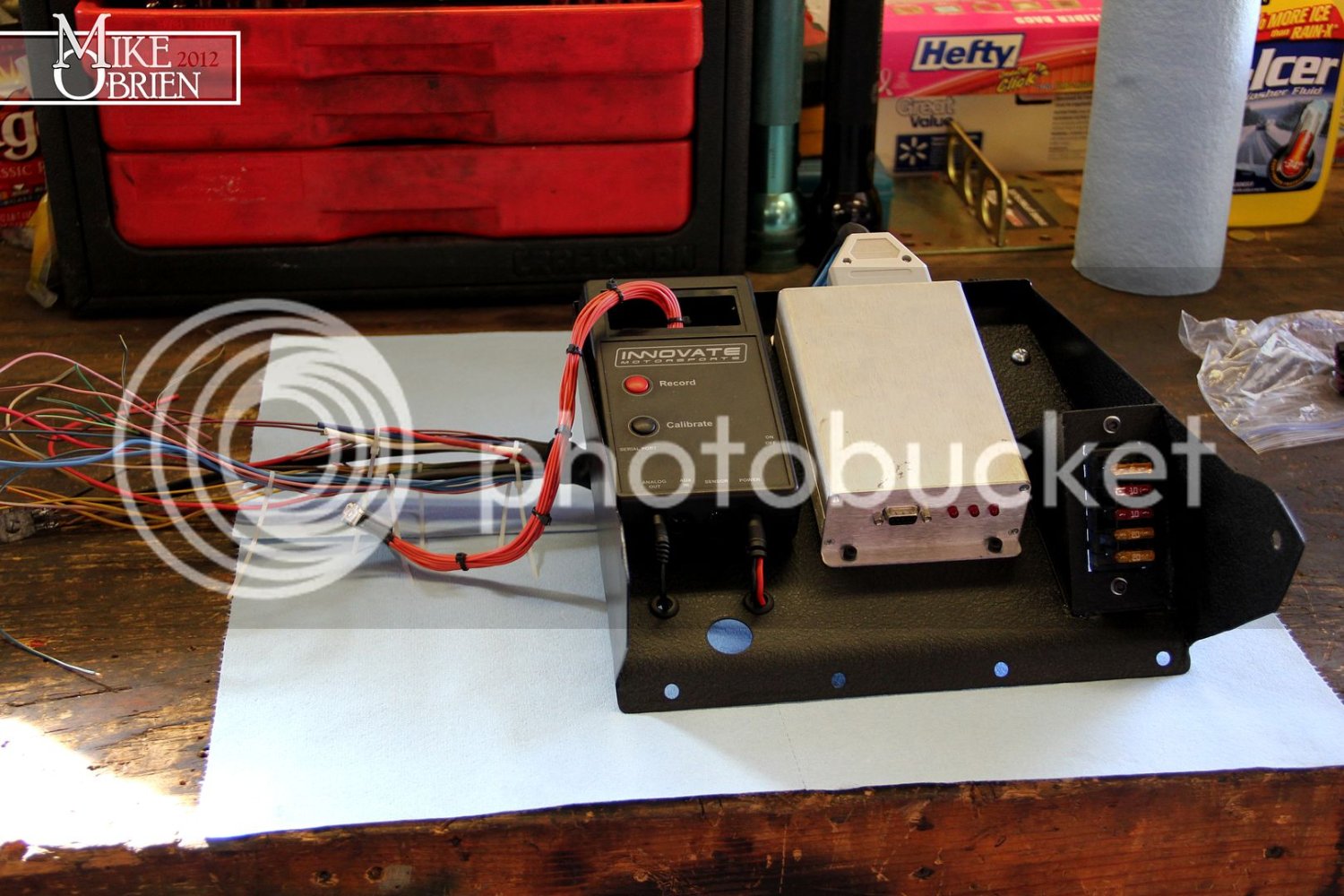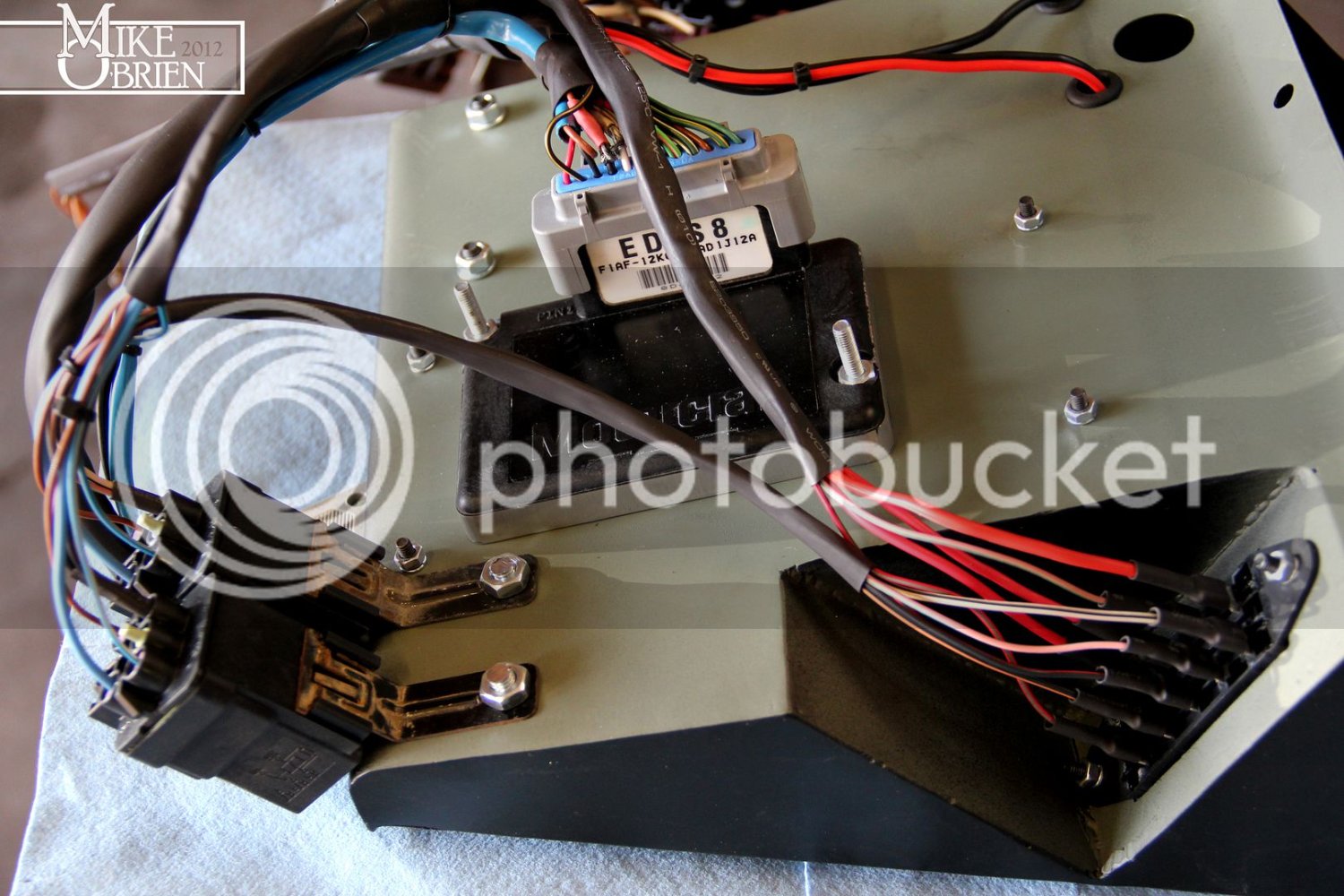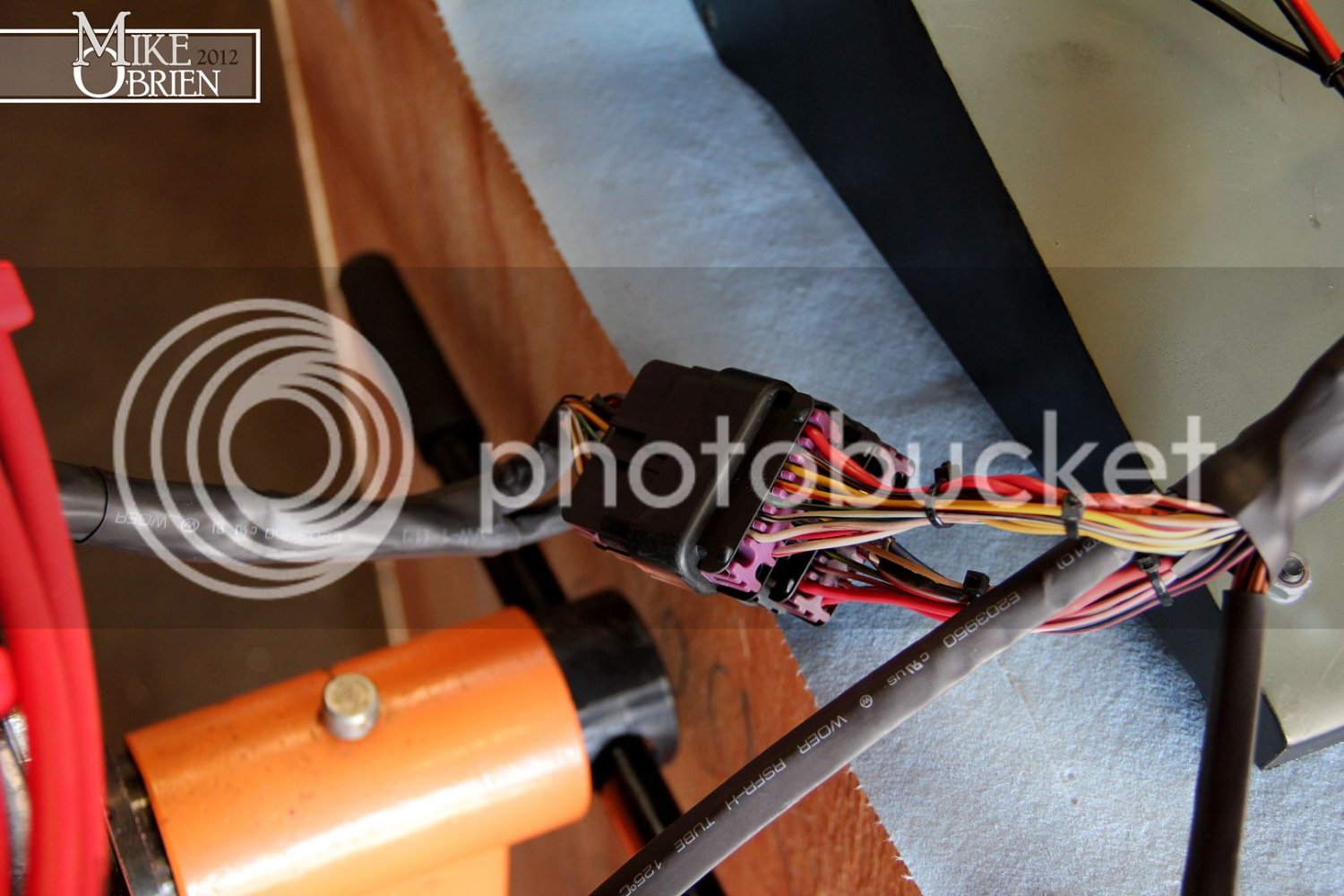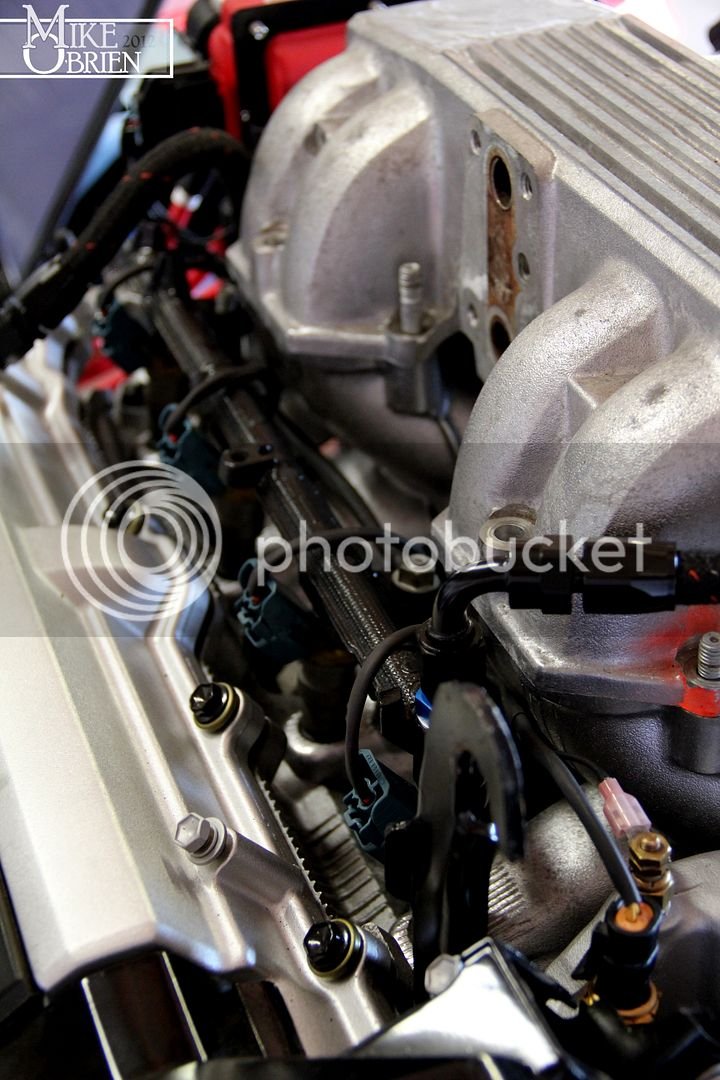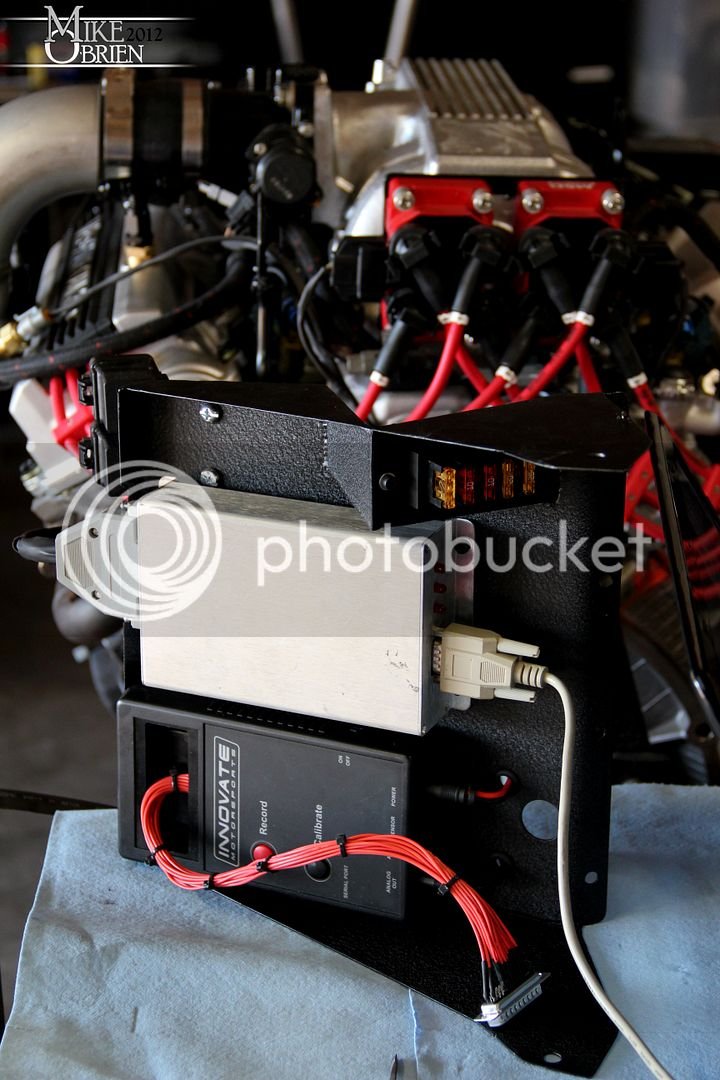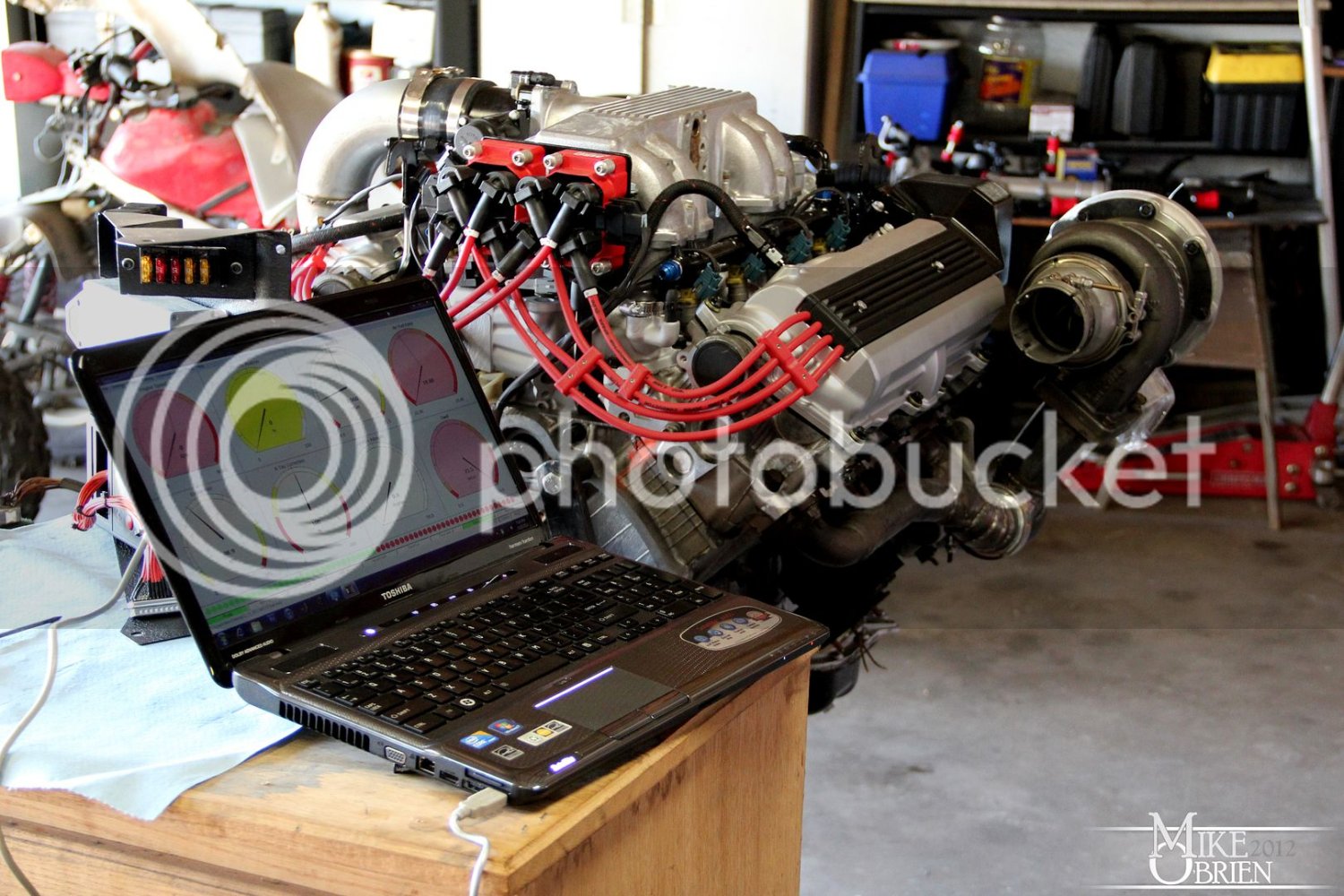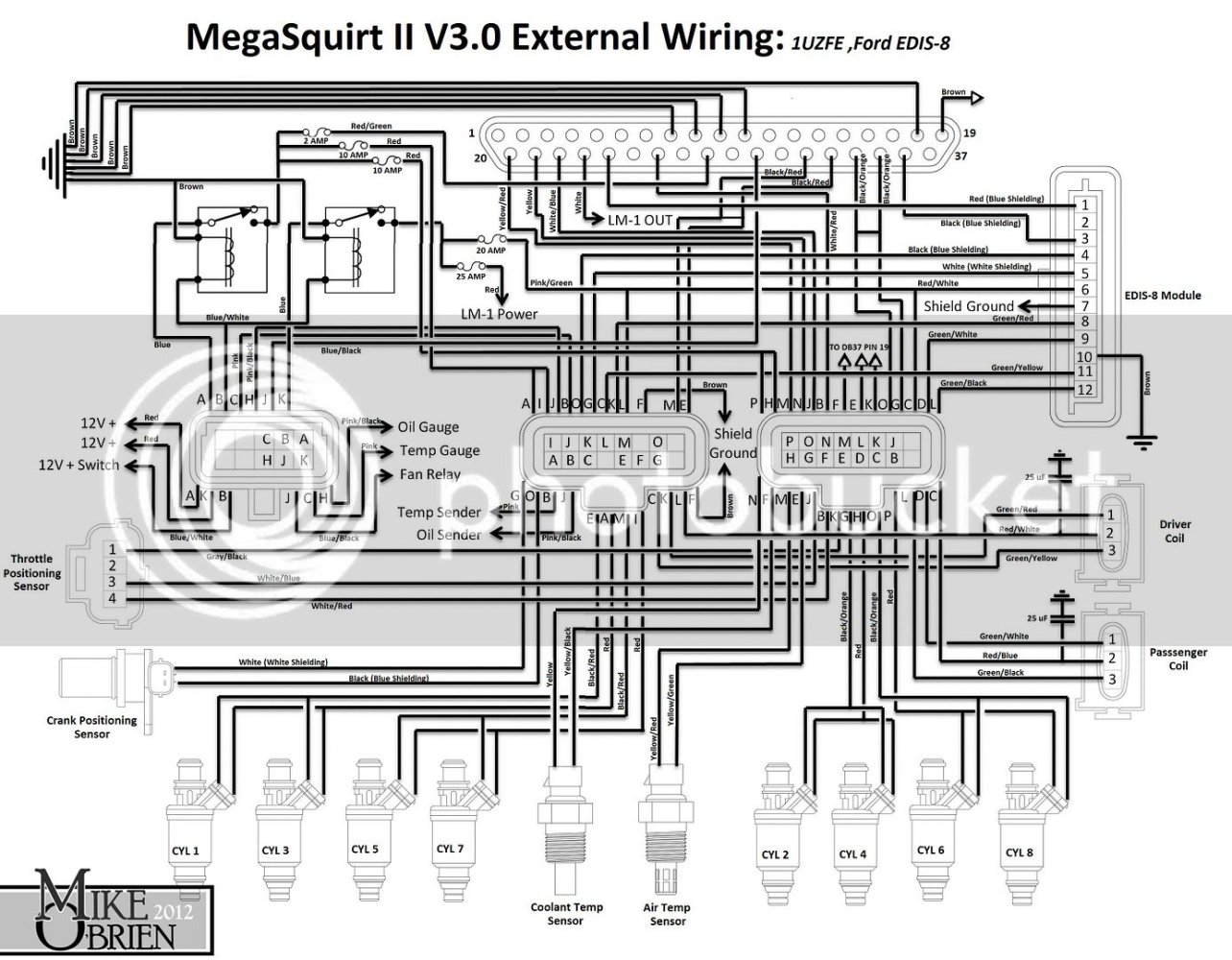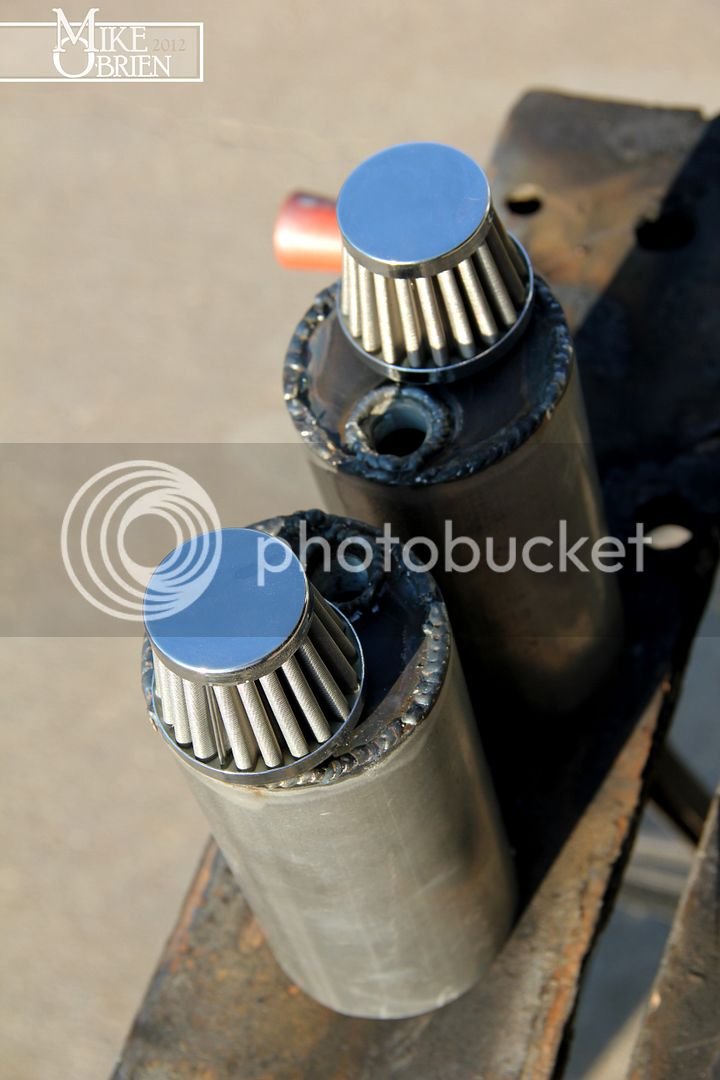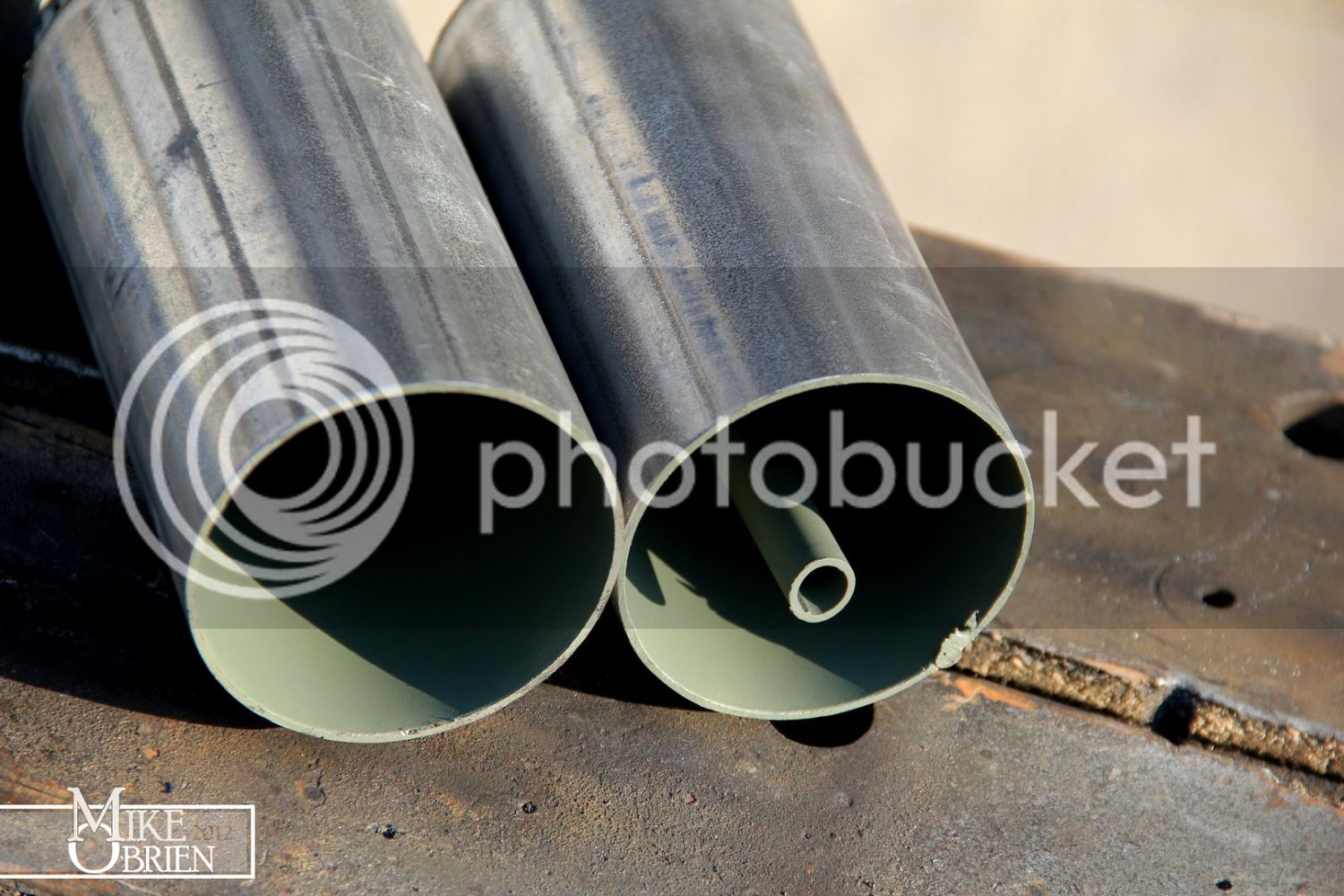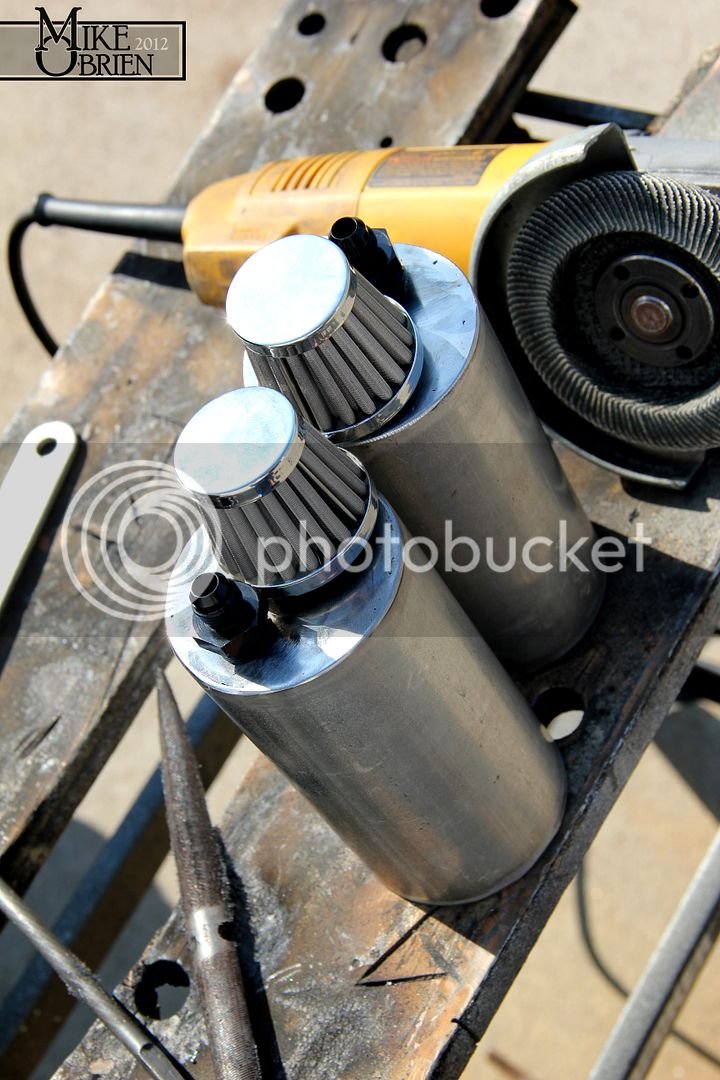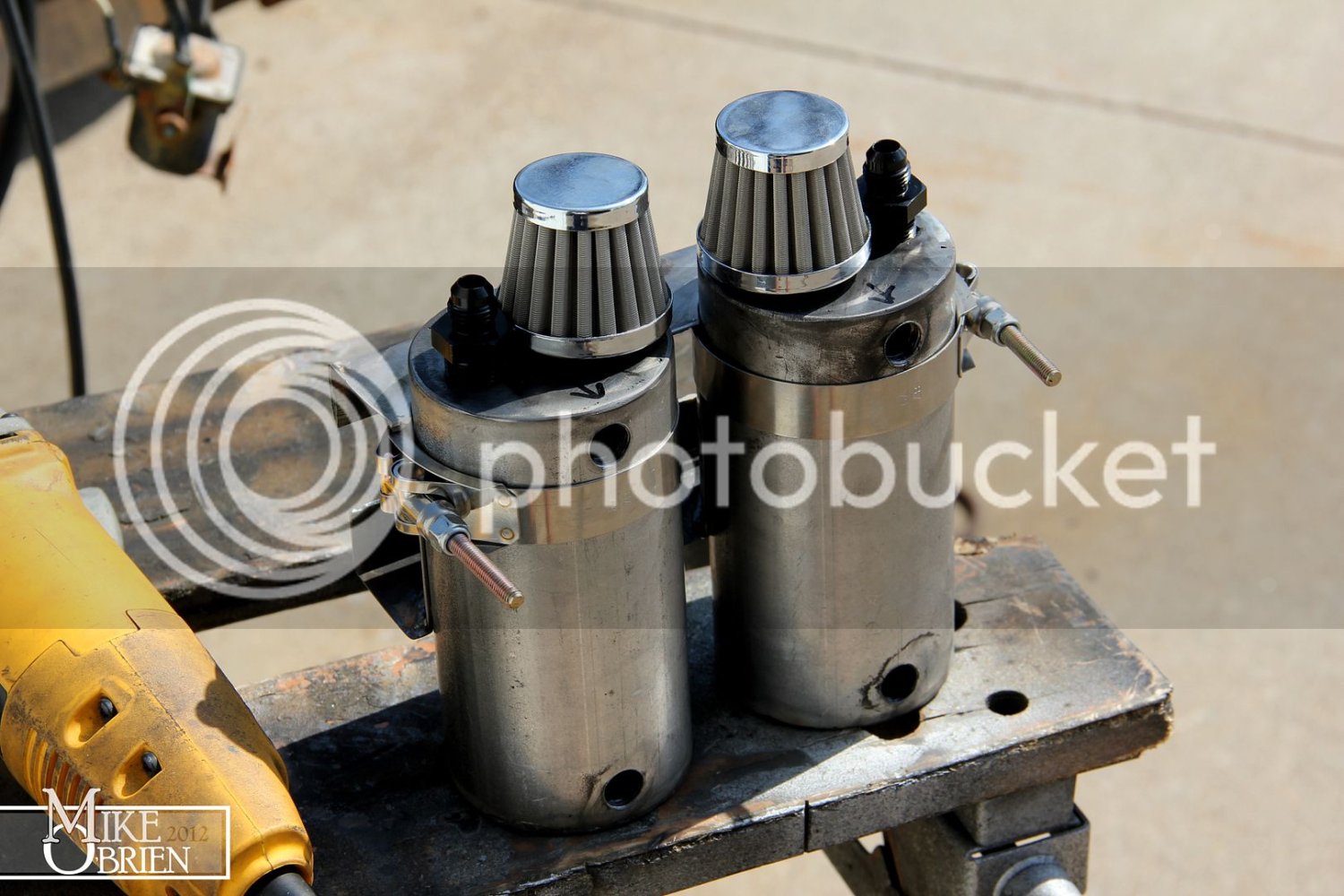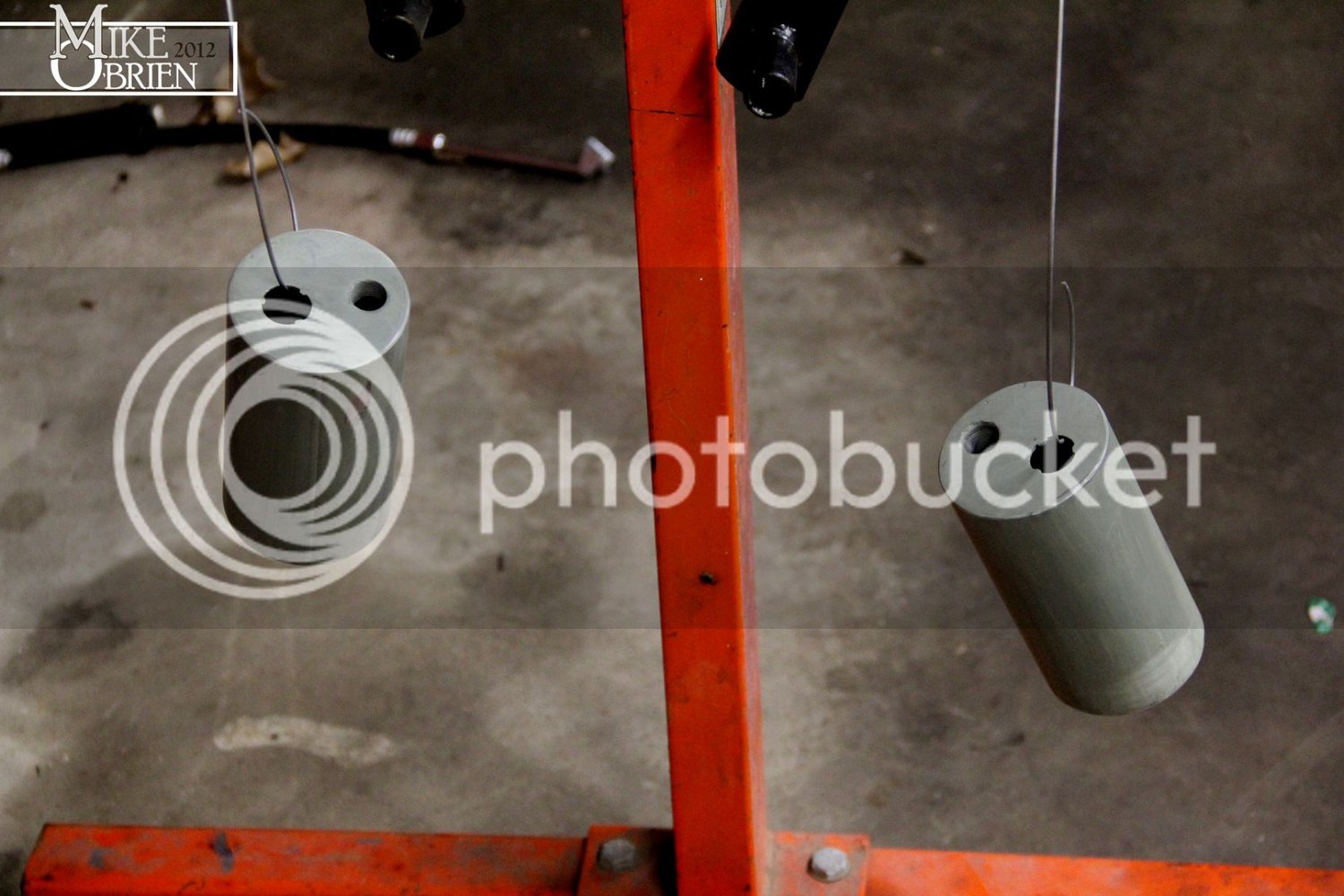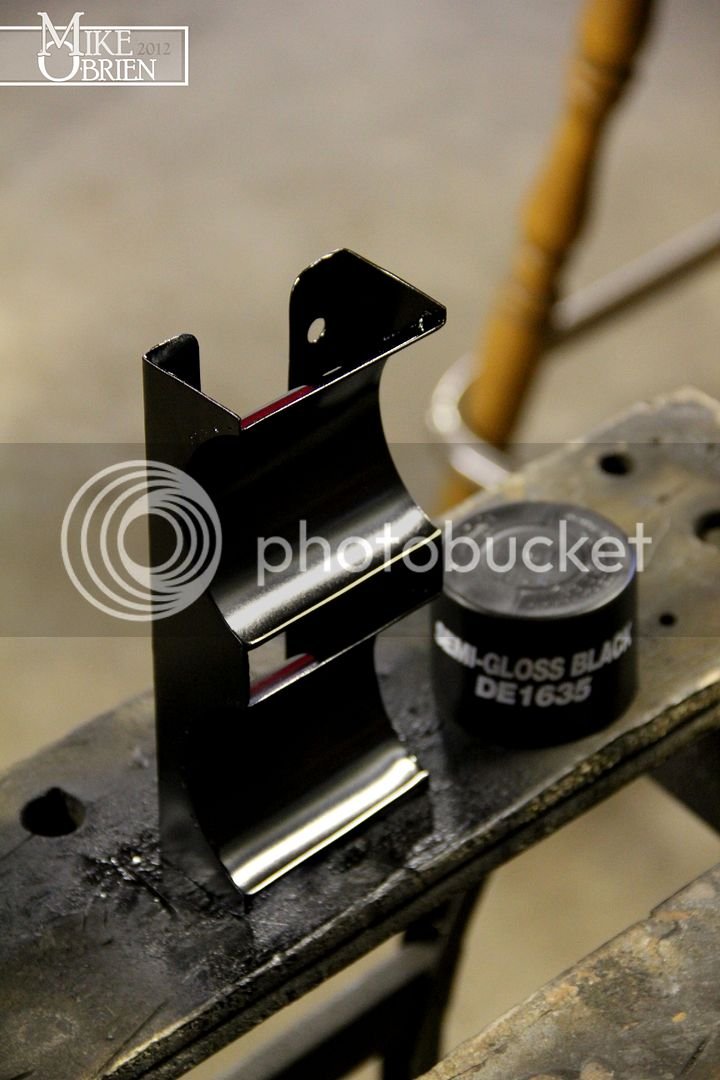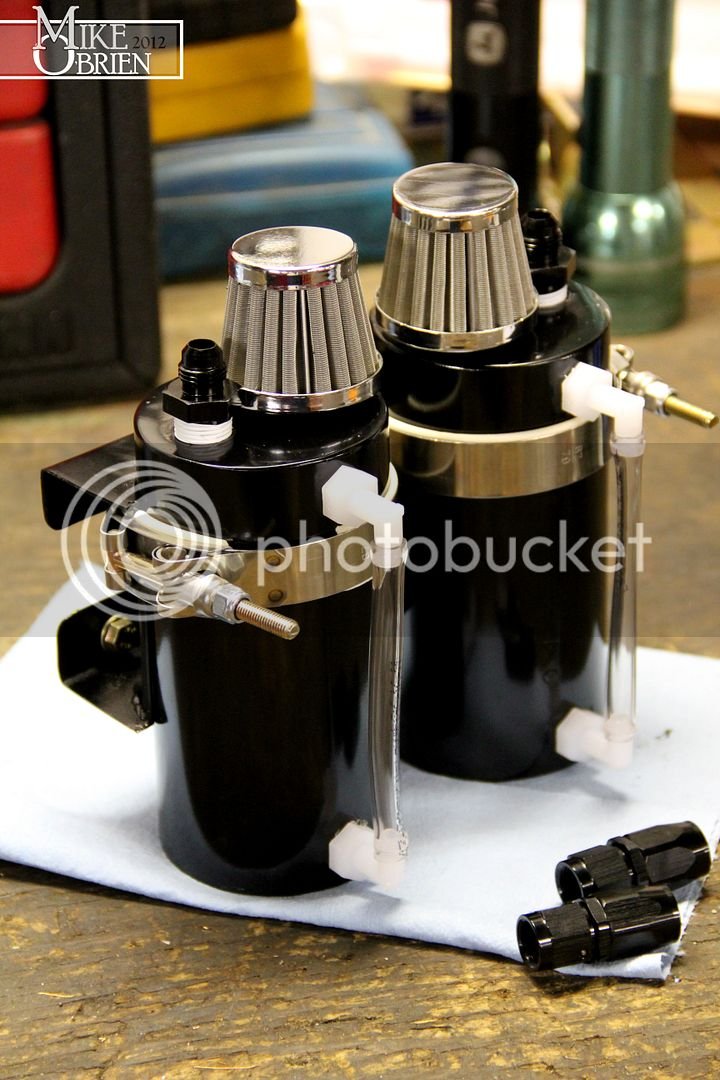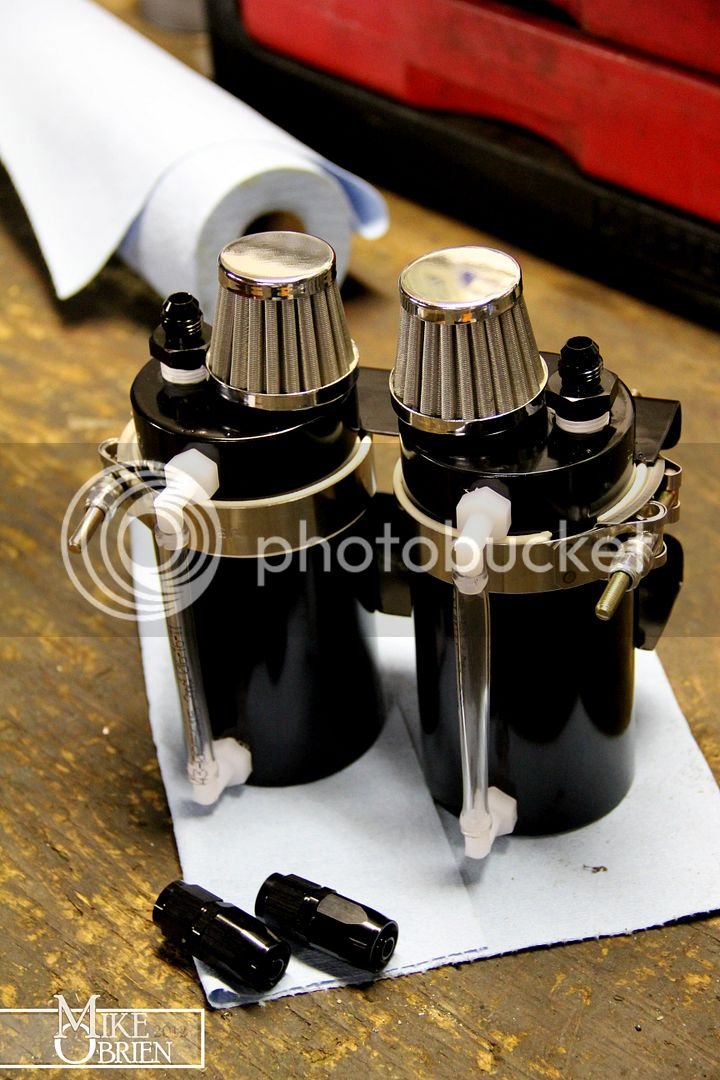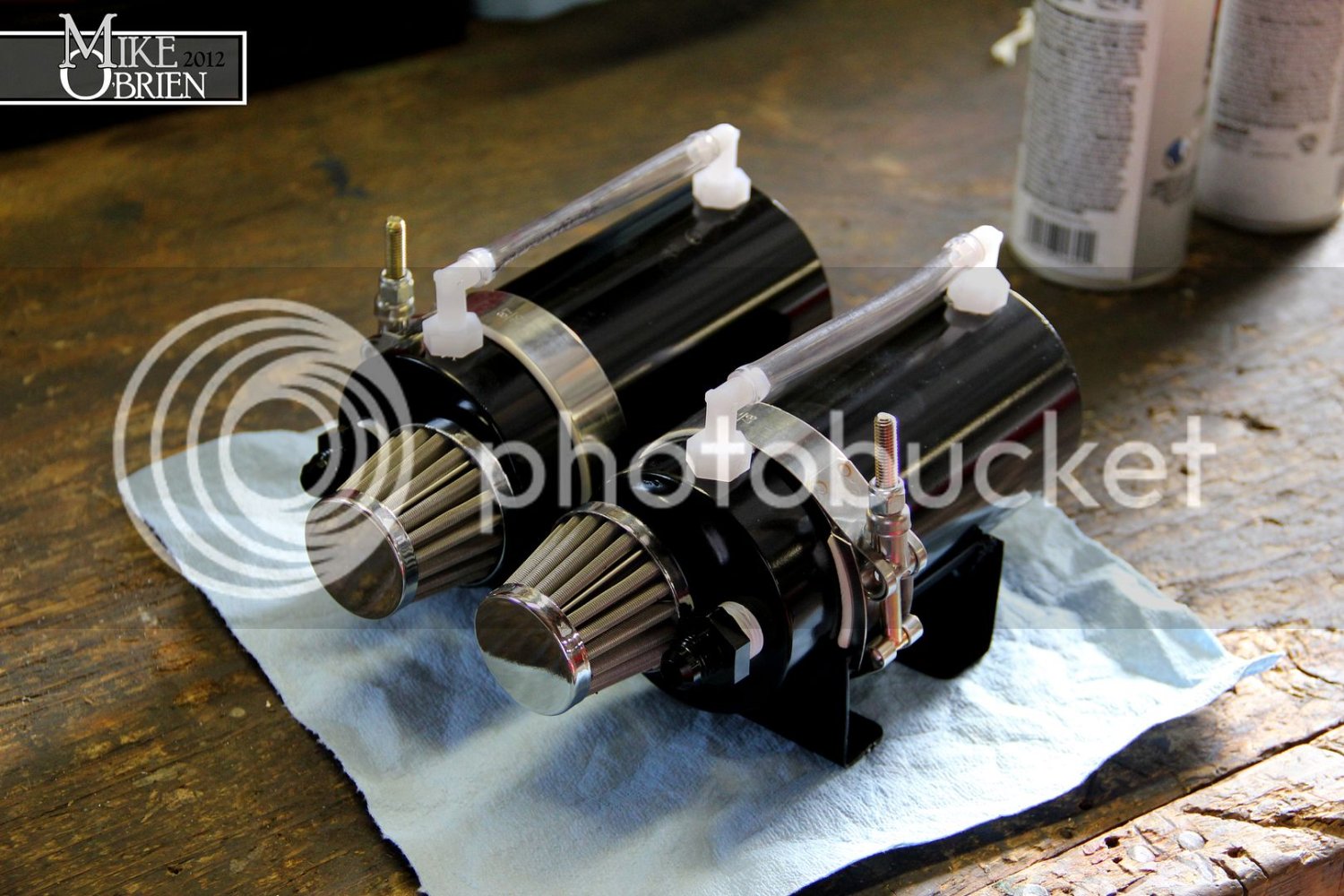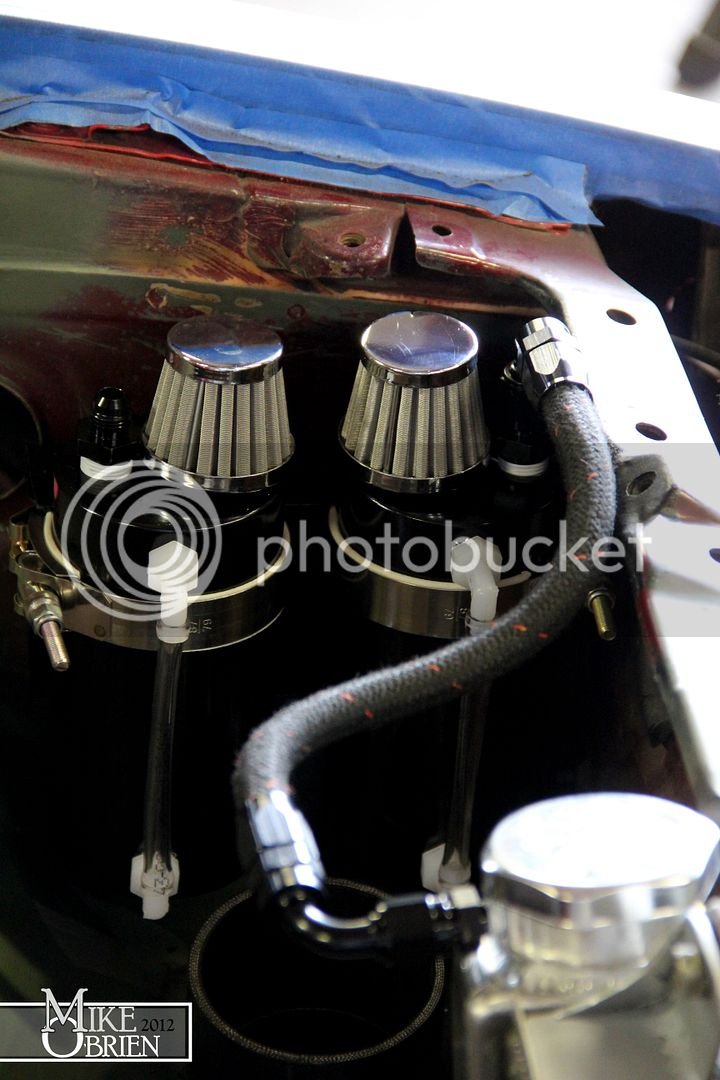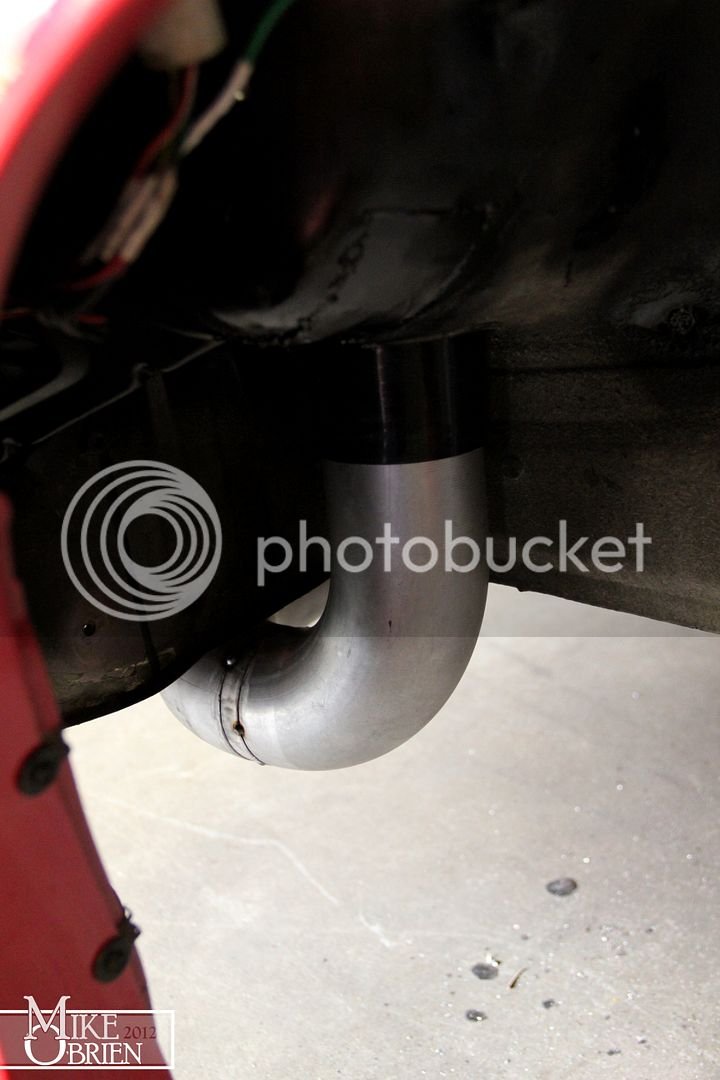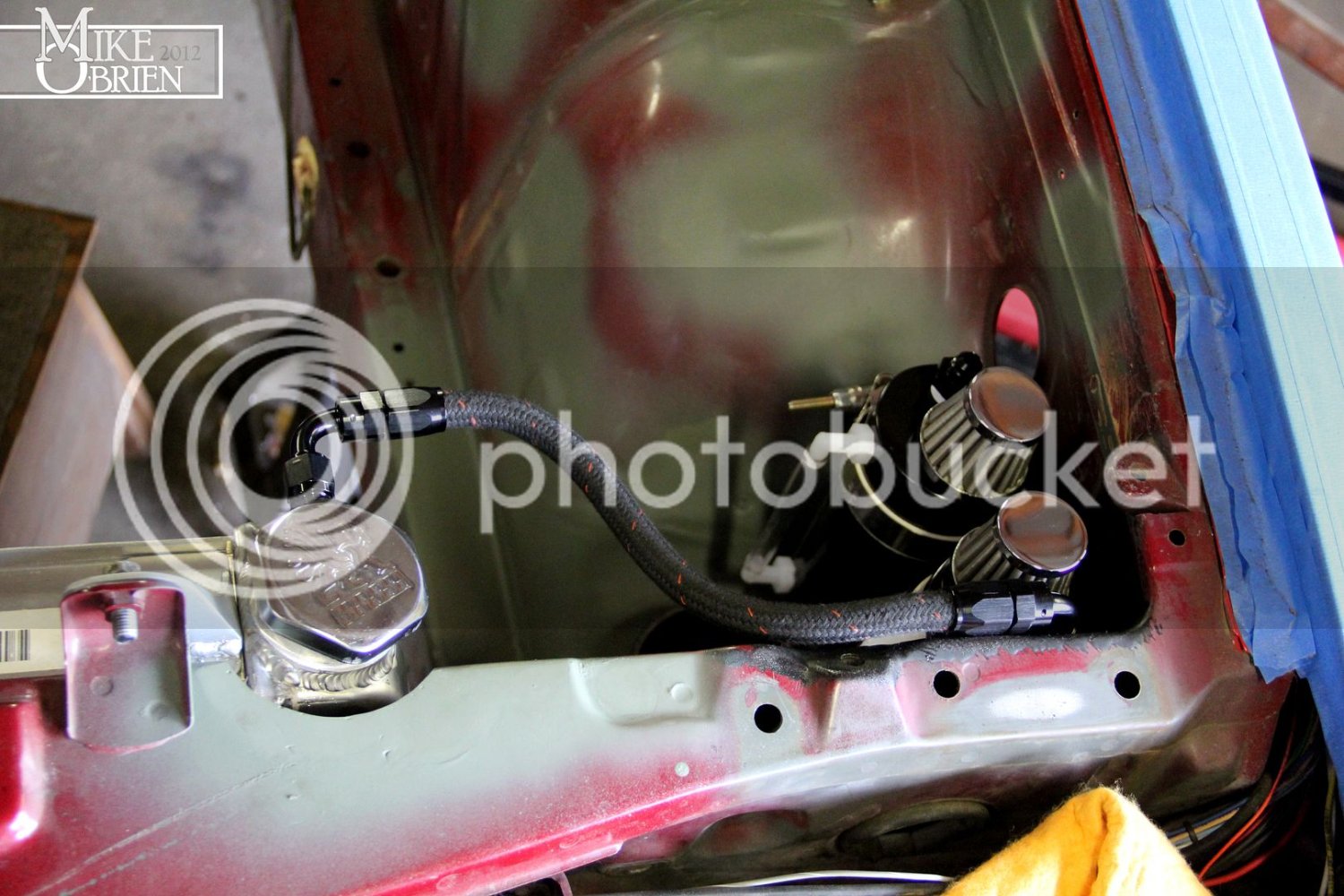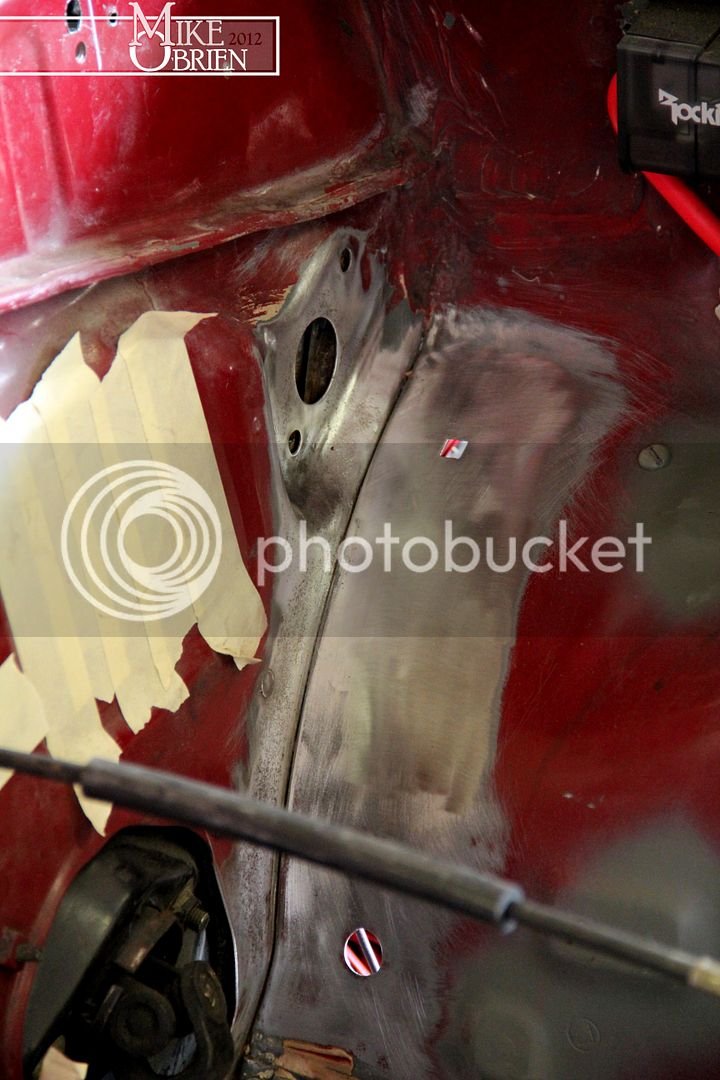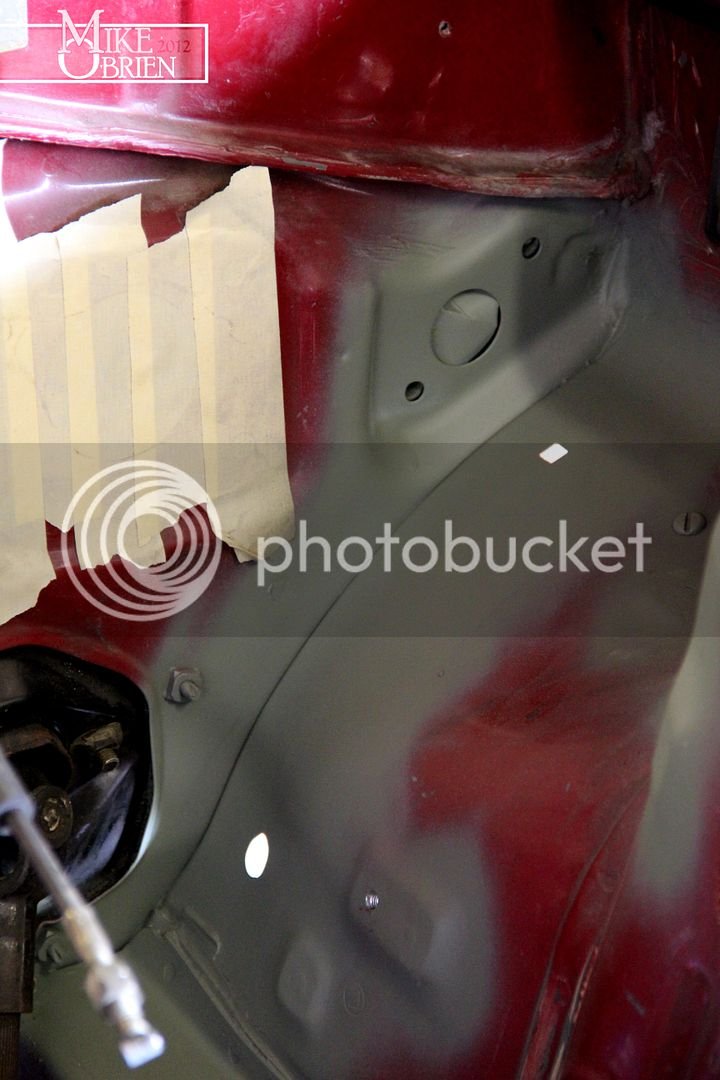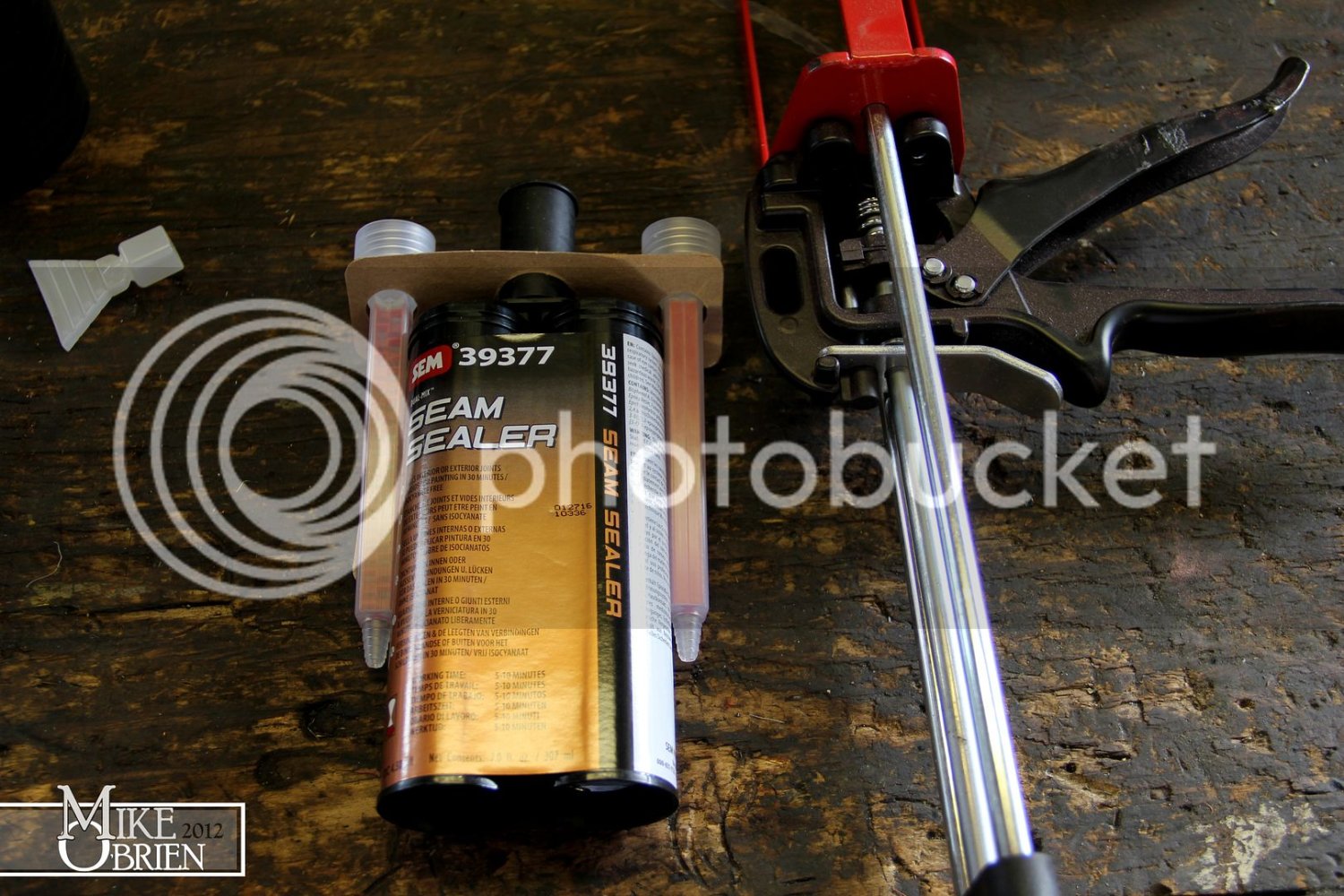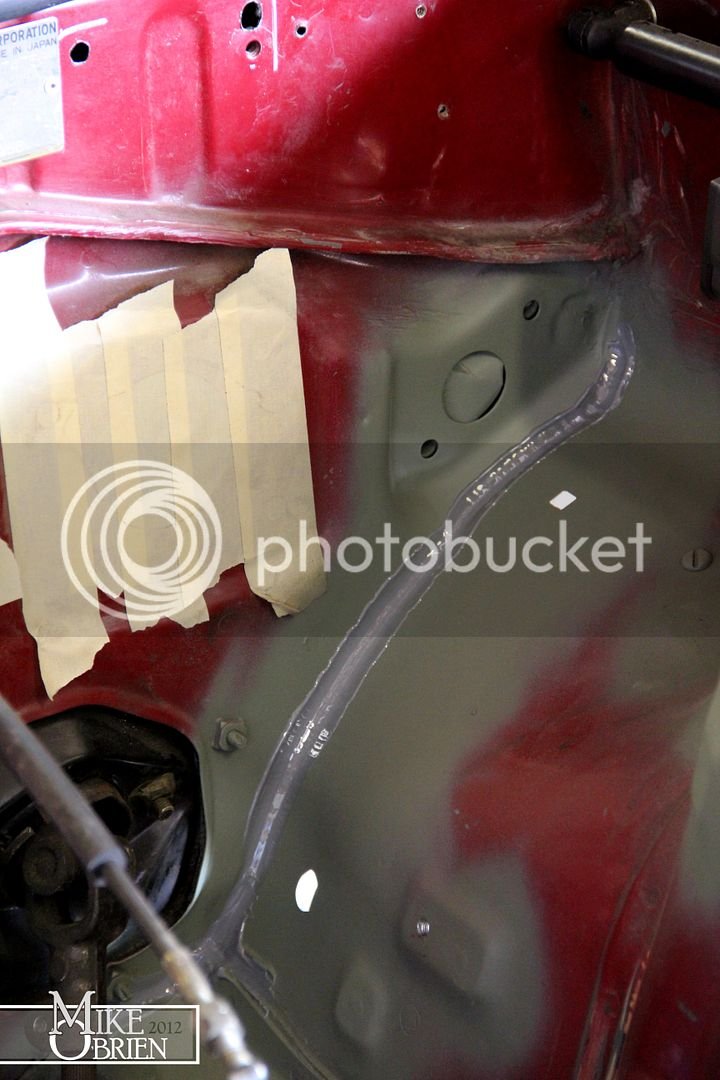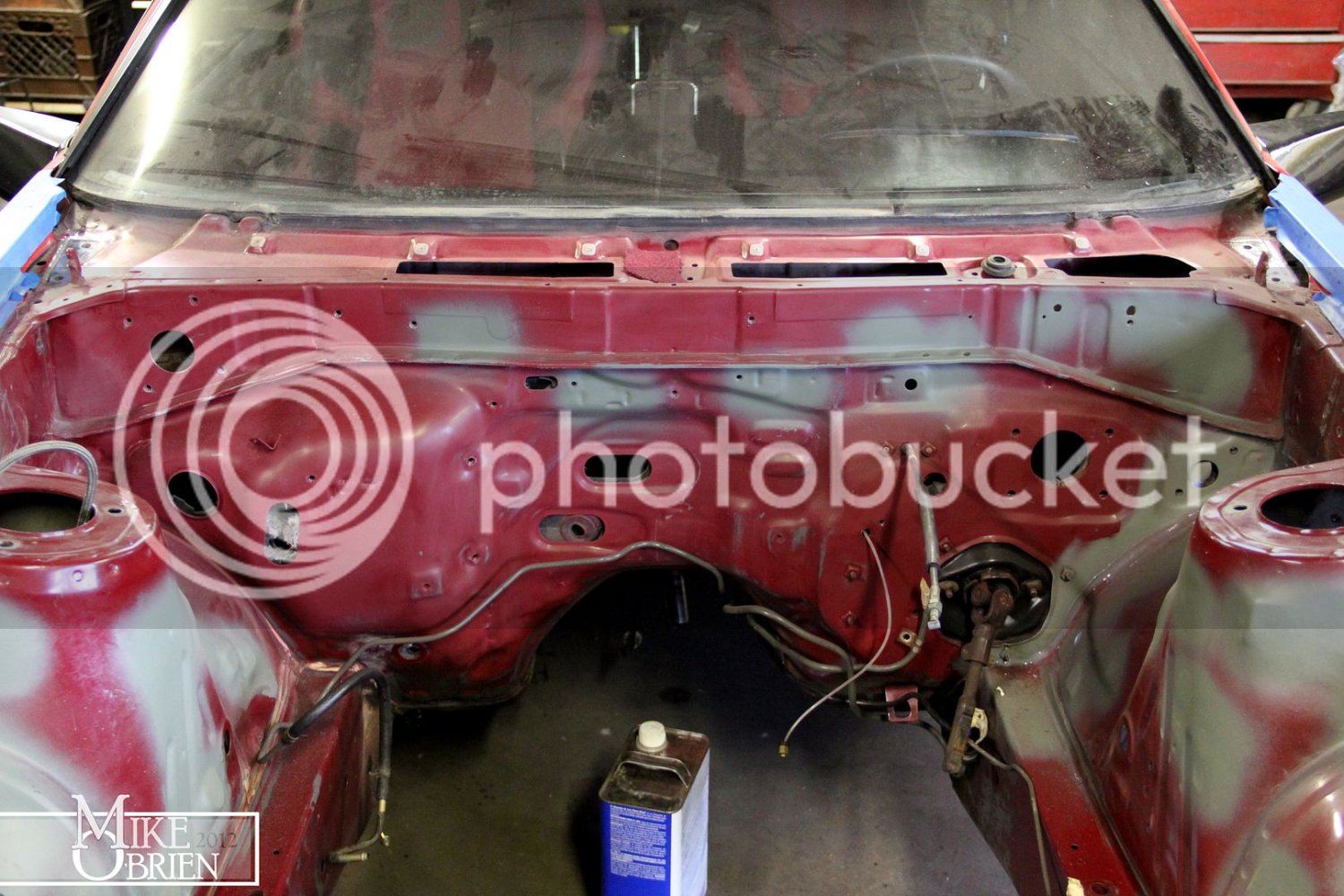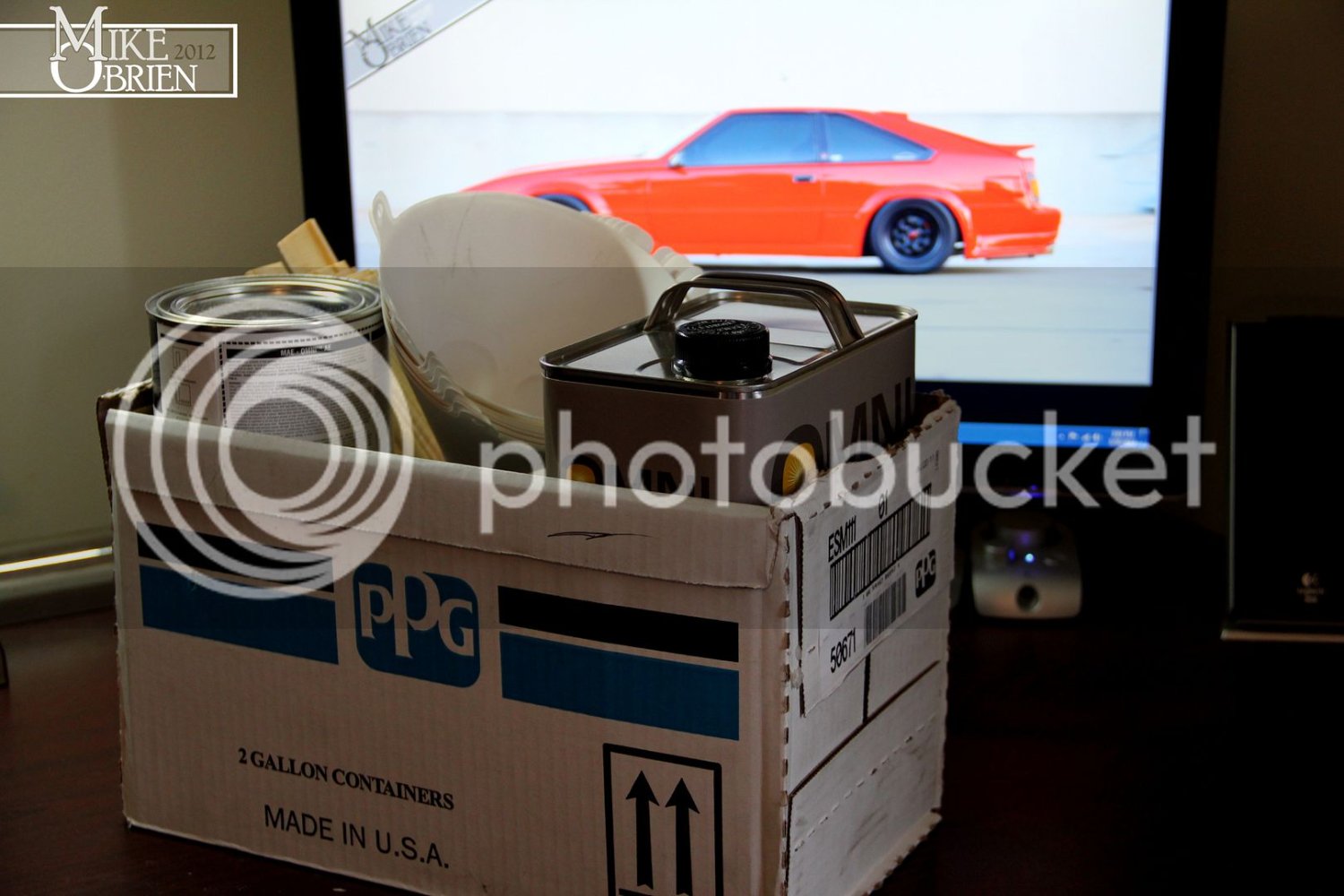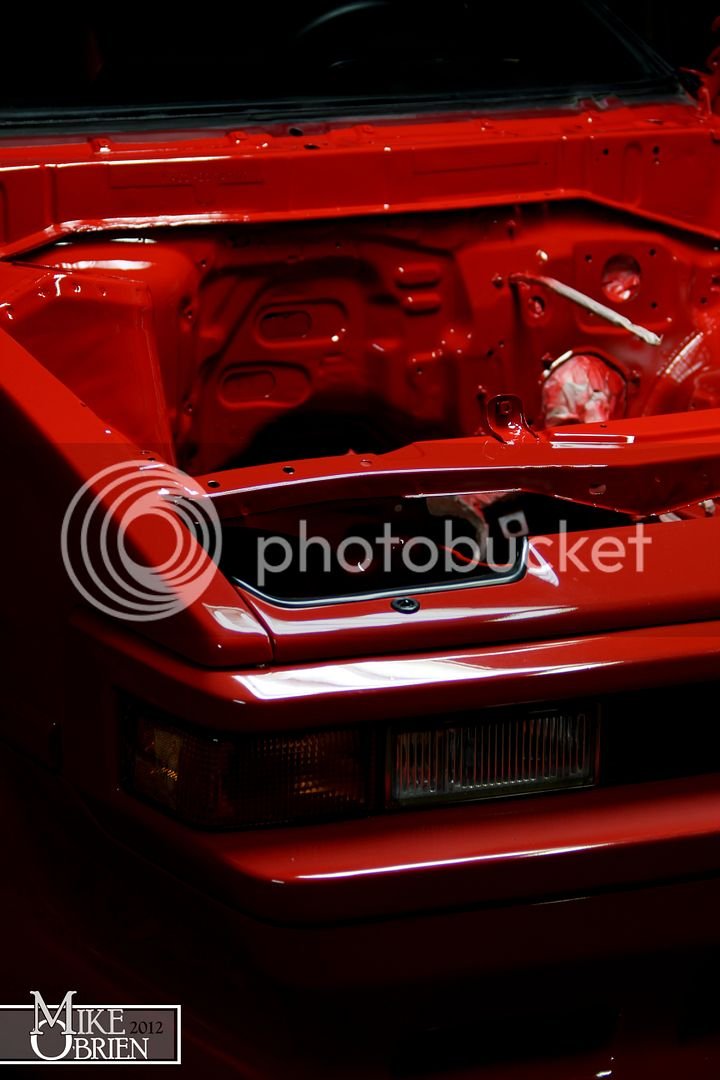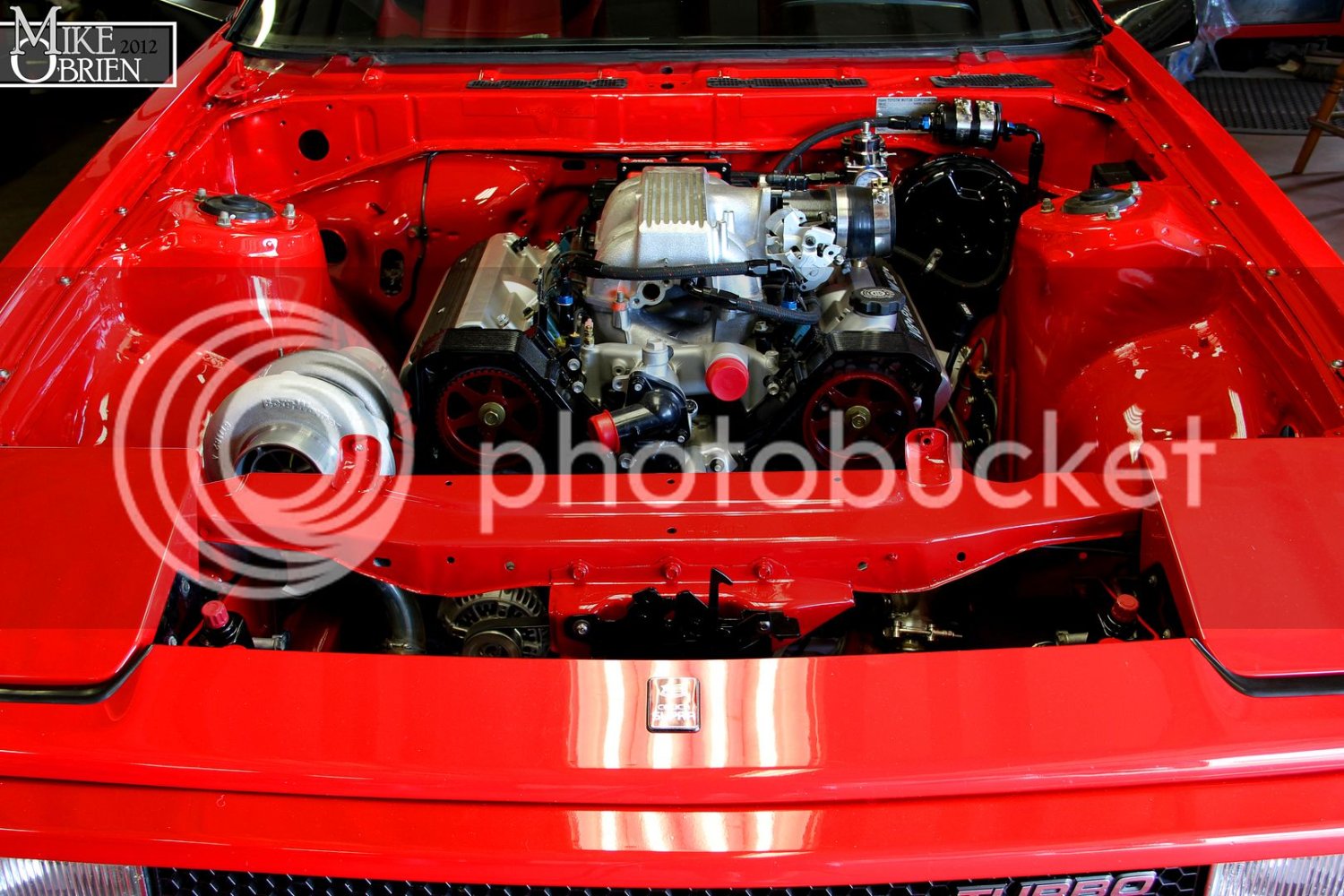Ok everyone, it has been well over a week since I have posted any updates.
I have still been on a bit of a standstill as I wait for my transmission adapter. Although I have been waiting to continue with the big projects, I have been keeping myself busy with plenty of smaller projects around the car.
With the engine in the car, I thought it was a good time to finish the fuel lines and the main booster vacuum line. The fuel lines were no issue, but I wanted to install a one way check valve into the brake booster line to prevent positive pressure from entering the booster and possibly damaging the diaphragm. After searching online, there were very few reasonable options for one way valves in 6AN sizes that would open at the slightest amount of vacuum. Most units I found required 5 psi or more to open, and where designed as fuel valves. I decided it best to make my own:
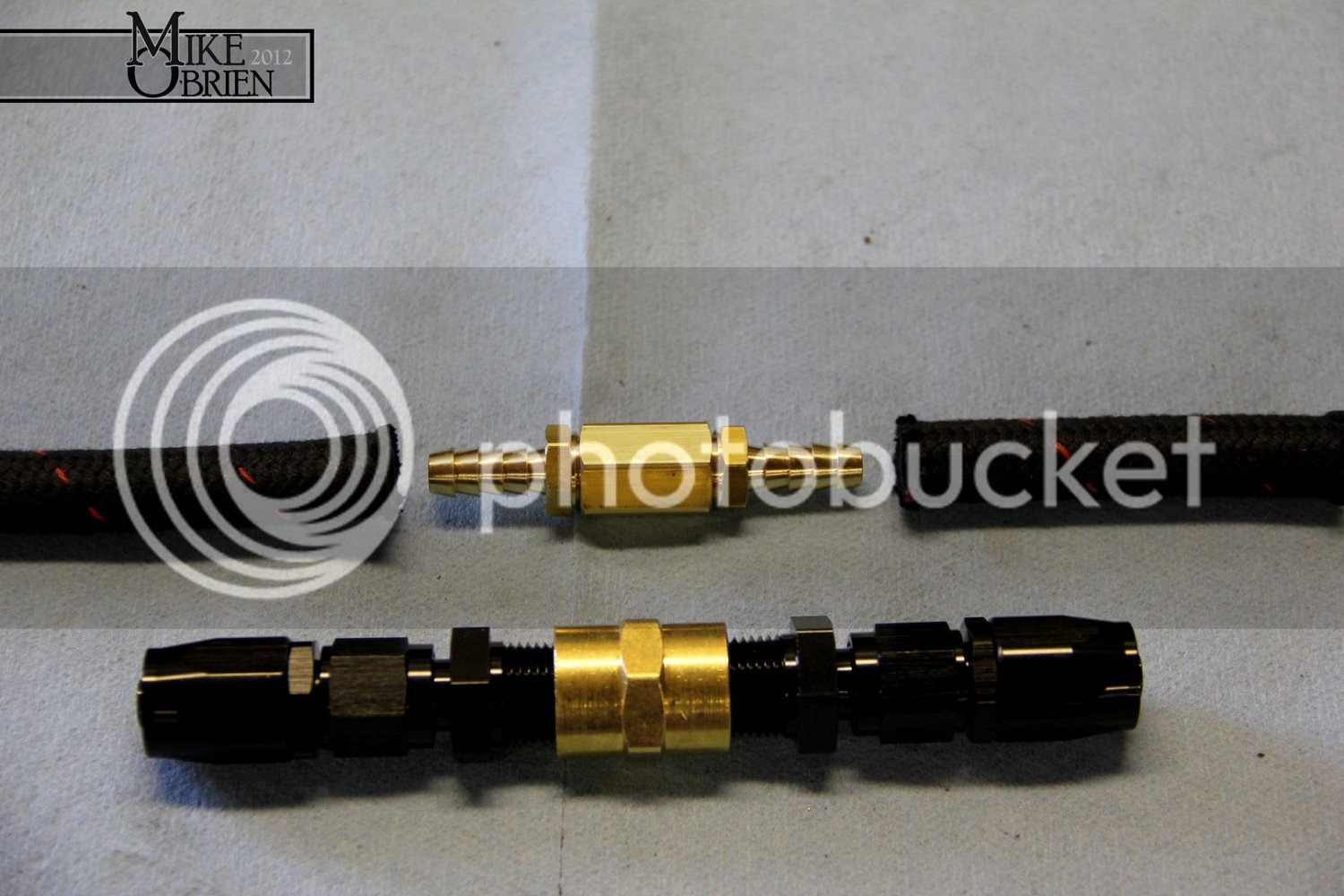
I initially thought of using two of my extra 3/8 NPT to 6AN fittings and using a female to female NPT coupler with a ball and spring inside. It is evident in the above picture that this would produce an overly and unnecessarily bulky assembly, a waste of good fittings in my opinion. I opted instead to use two smaller 1/4 NPT barb fittings with a female to female coupler.
Once I had the assembly parts, I needed to find the perfect spring and ball bearing. Some slingshot ammo from my childhood and the perfect spring from my small collection where sized for the job. Making one way valves is extremely easy for those who never have; a simple Google search will provide lots of different ways it can be achieved. In my case, the ball bearing will seat inside the barb fitting closing off the port to the barb itself, and the spring keeps very slight pressure against the ball to one side of the assembly.
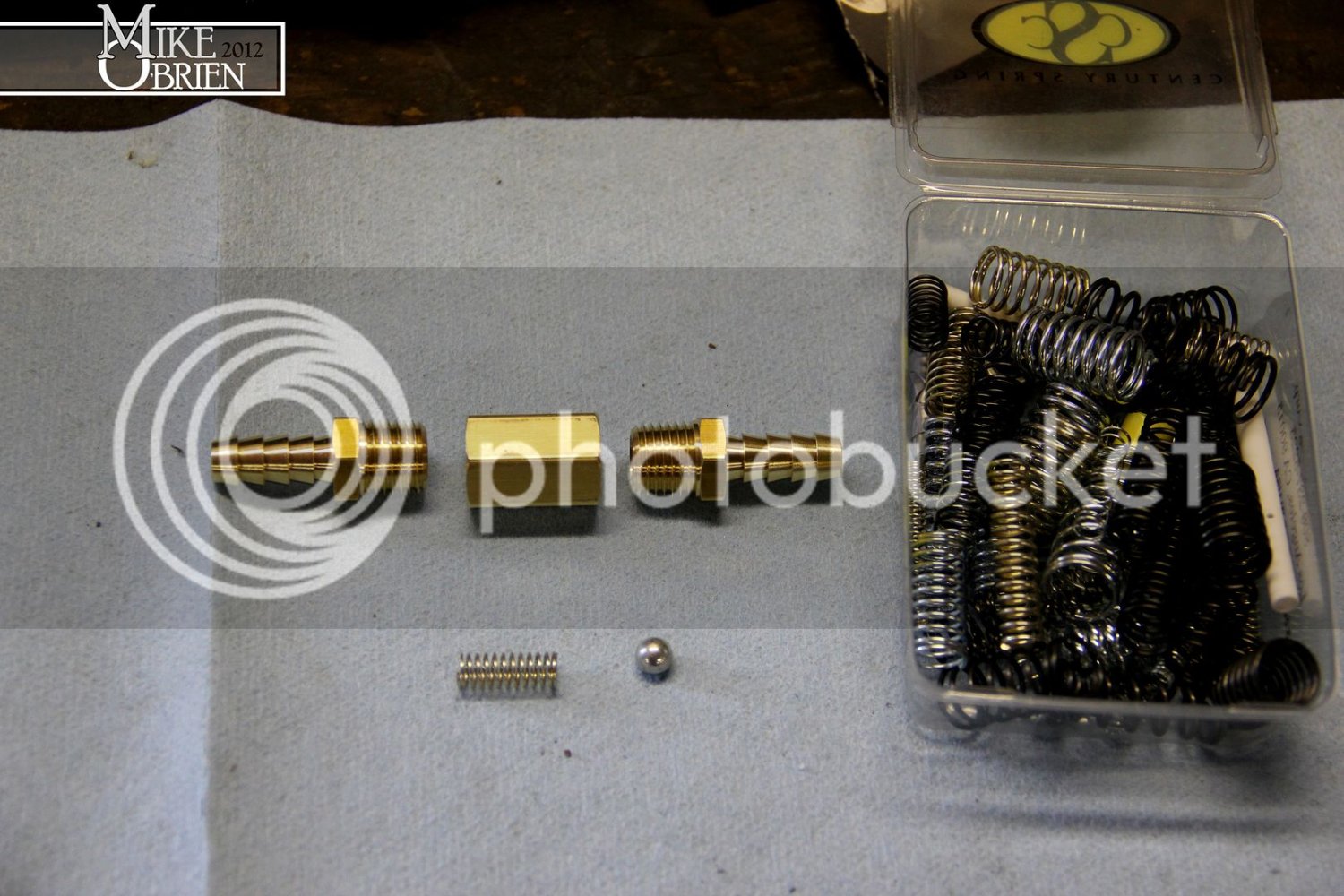
Using 1/2" black rubber furniture leg caps trimmed to size, the hose ends are capped to prevent fraying and enhance the mating look. Some simple clamps and we are in business.
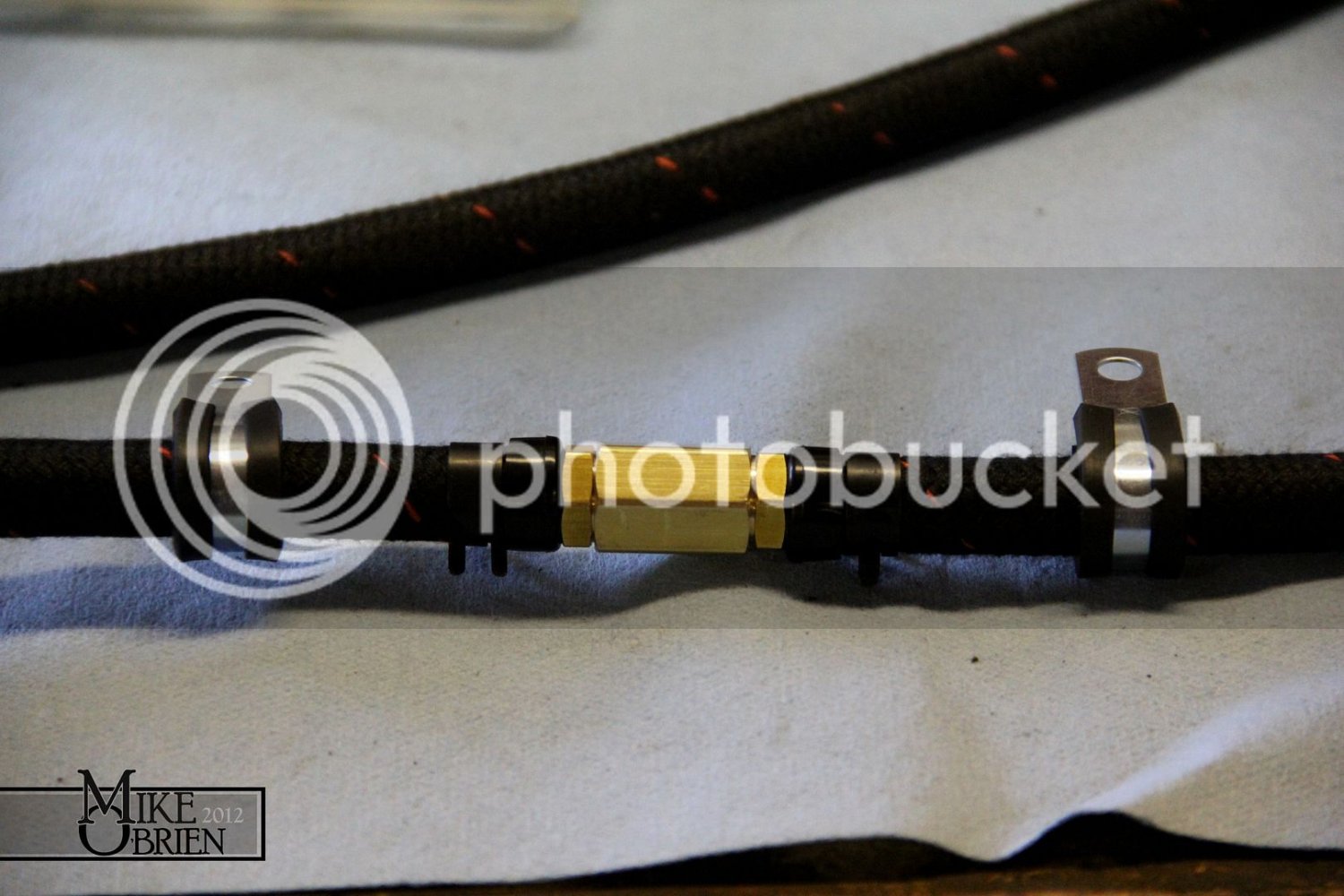
A quick test before assembly showed that the valve allows even the slightest vacuum through, but any presence of boost and it fully seals. A few holders are added to mount the line to the fuel rail, the valve will hide conveniently under the throttle body.
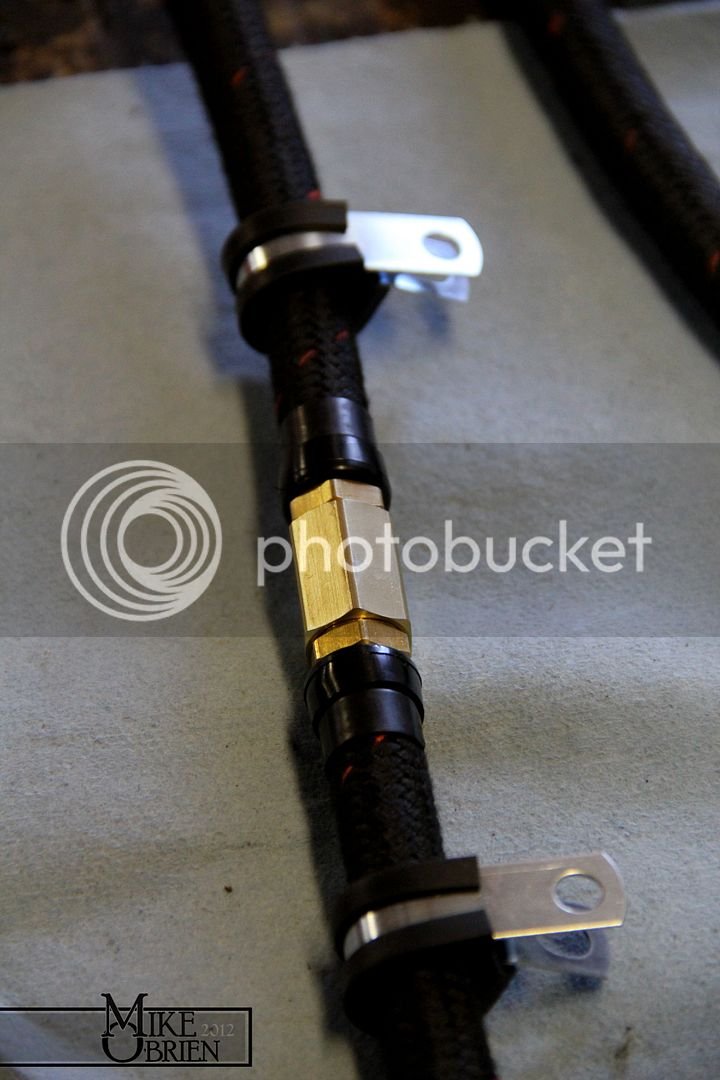
The booster supply comes from the front of the flipped manifold where I believe the CSI resided.
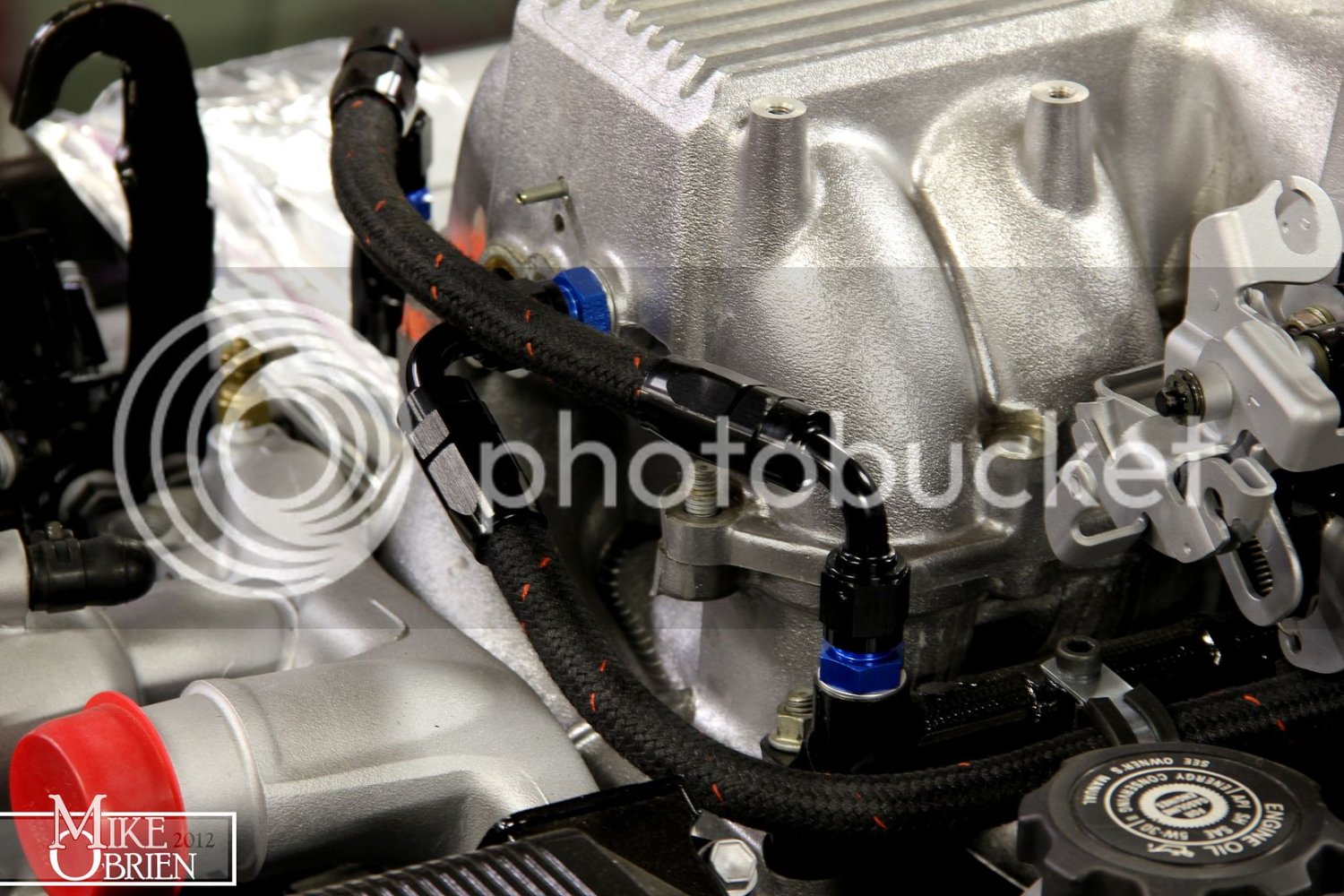
I used the same rubber furniture cap and clamp method to fashion the booster line to the booster. The booster is awaiting a MKIII aluminum master cylinder.
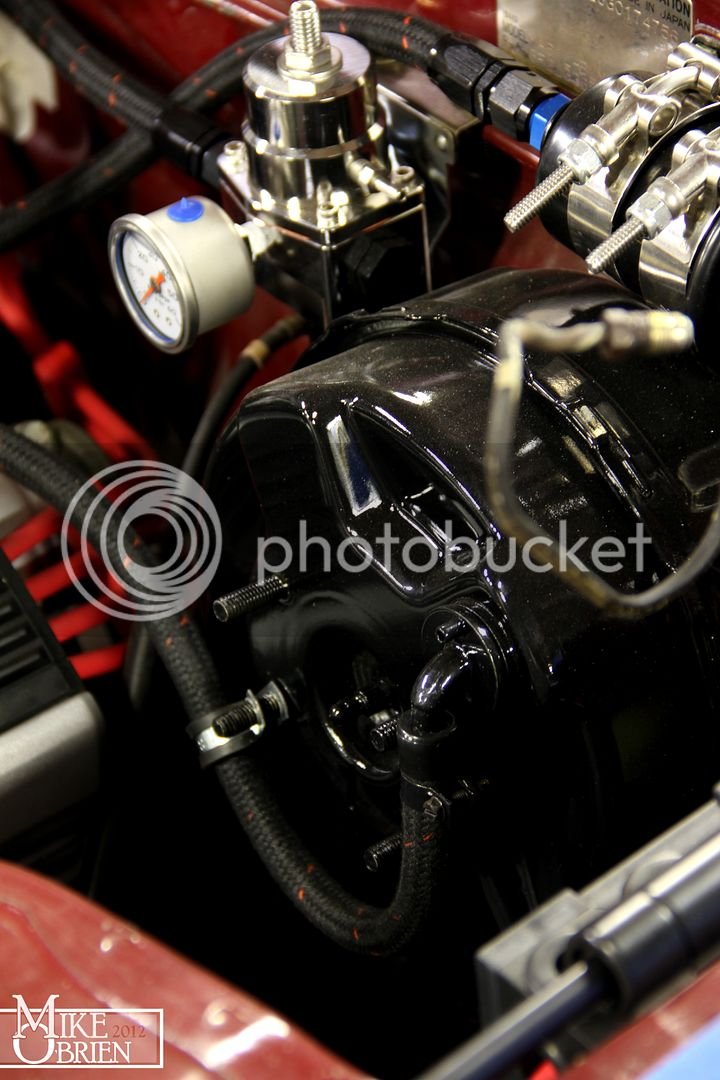
Finally, the fuel lines were added to each rail (supply and return).
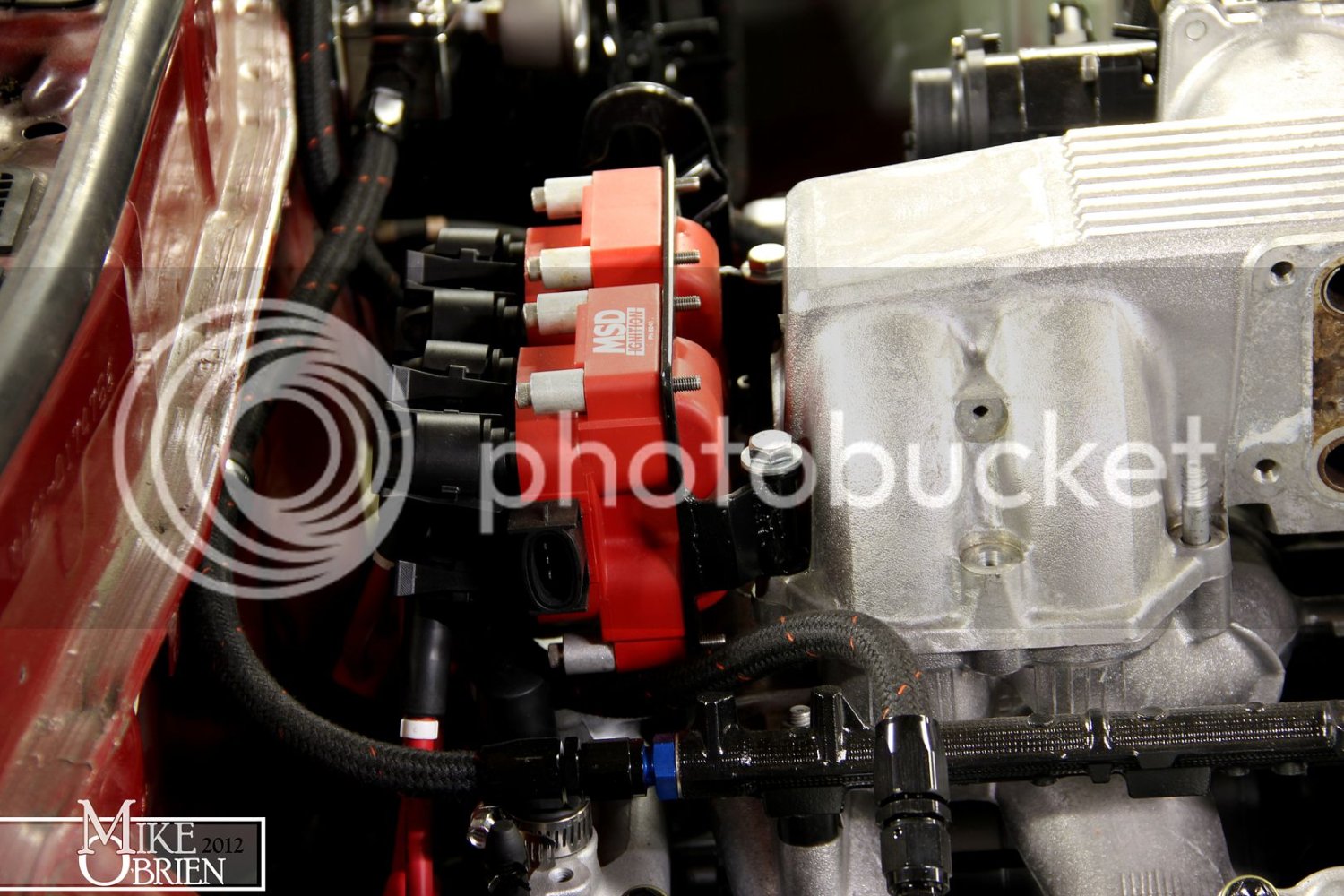
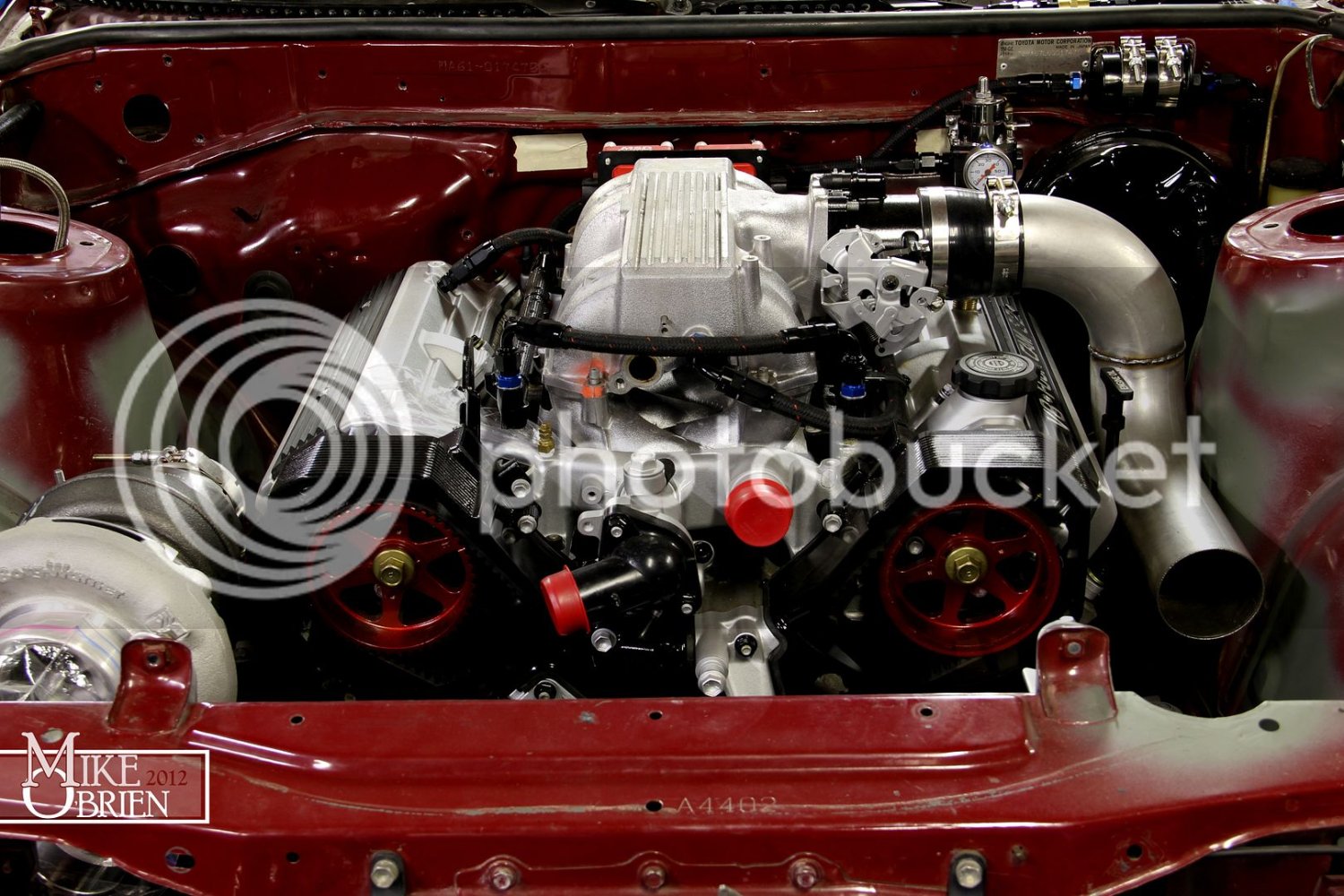
Something else I really wanted to do was allow myself a better visual representation for my AFR without the need for my laptop or the bulk LM-1 box sitting in the open. I previously had one of the LM-1's analog outputs configured from 0-1 volts so a narrow band AFR gauge could correspond to 12-18 AFR. This was a decent visual, but didn’t provide specific feedback. I decided to take the plunge and hack apart my trusty LM-1.
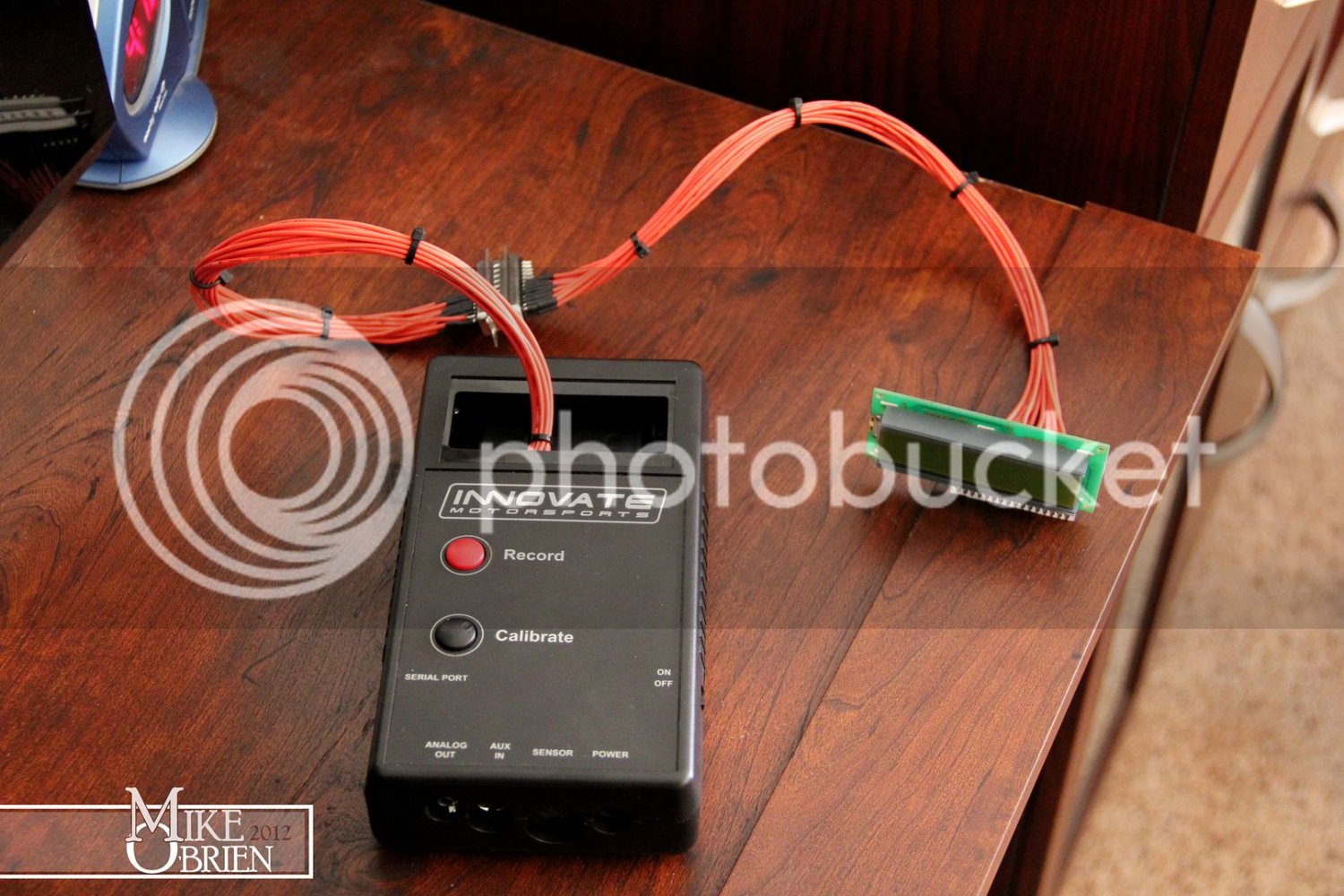
The ribbon band connector was separated from the VFD, and a harness was created to extend the LM-1's display to a remote location. A quick test confirmed that everything was working fine.
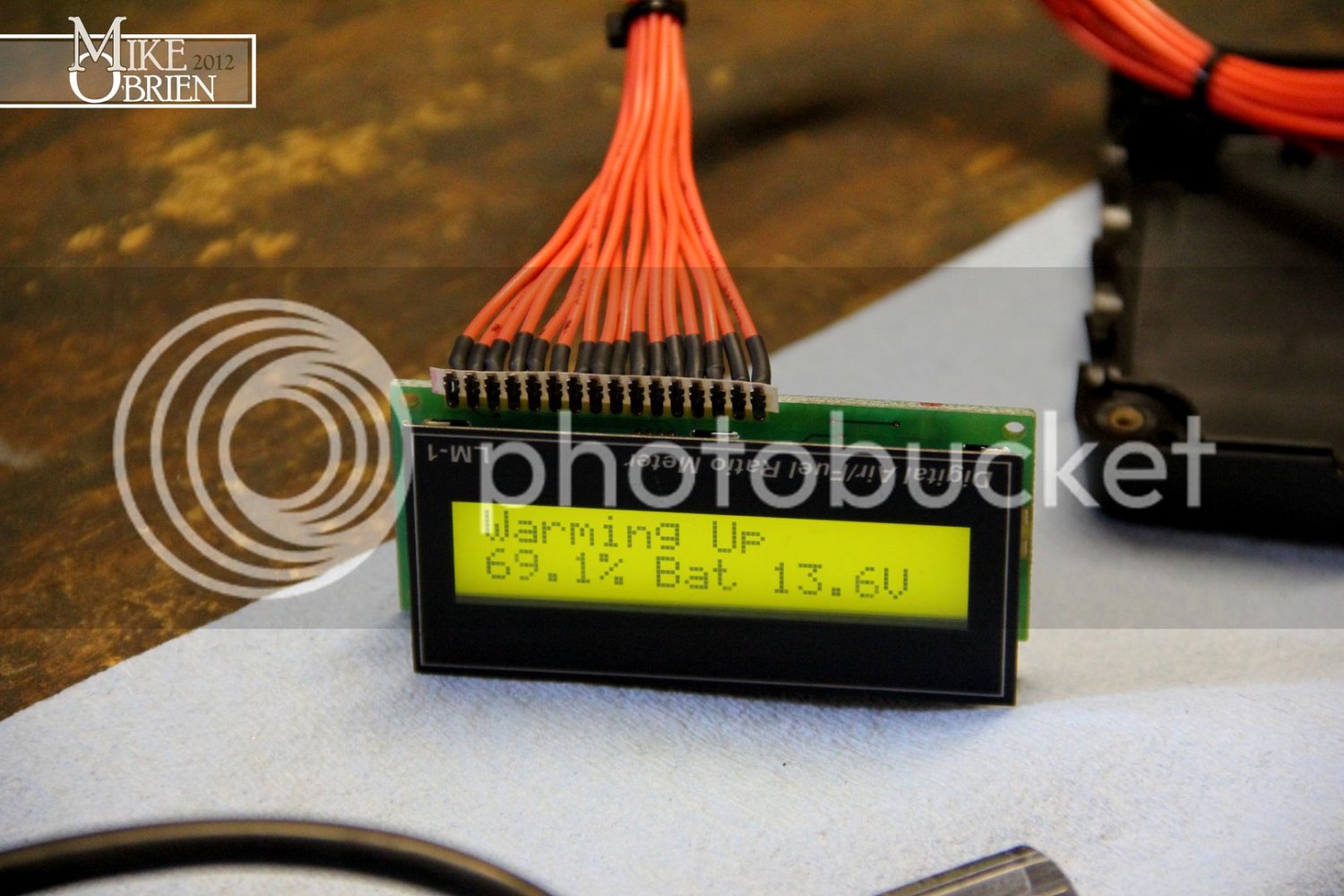
I also took the opportunity to remote wire the LM-1's activation switch, adding a toggle to the same general area that the VFD would be mounted.
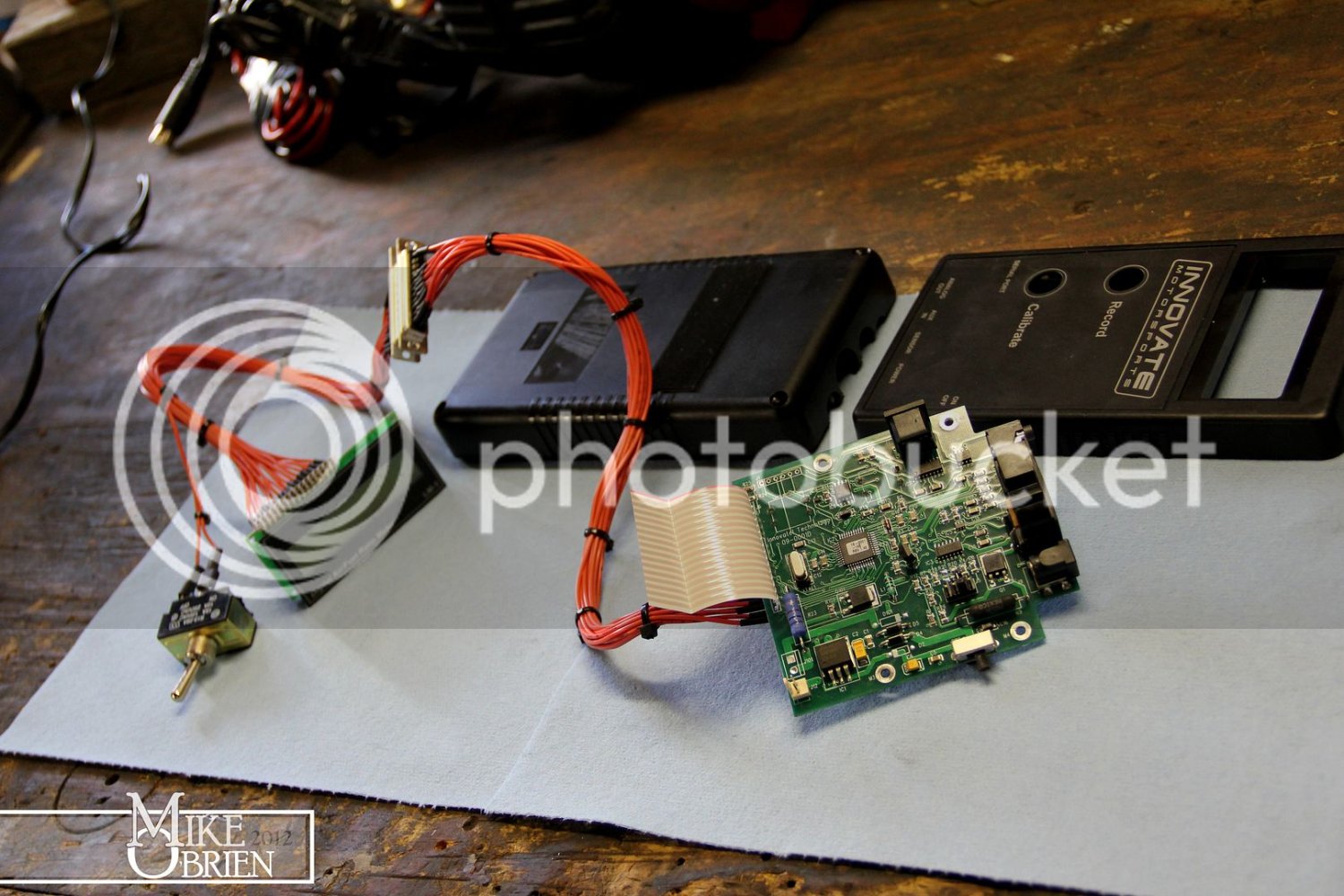
Once everything was snug, the switch worked great and all bands of the VFD worked properly.
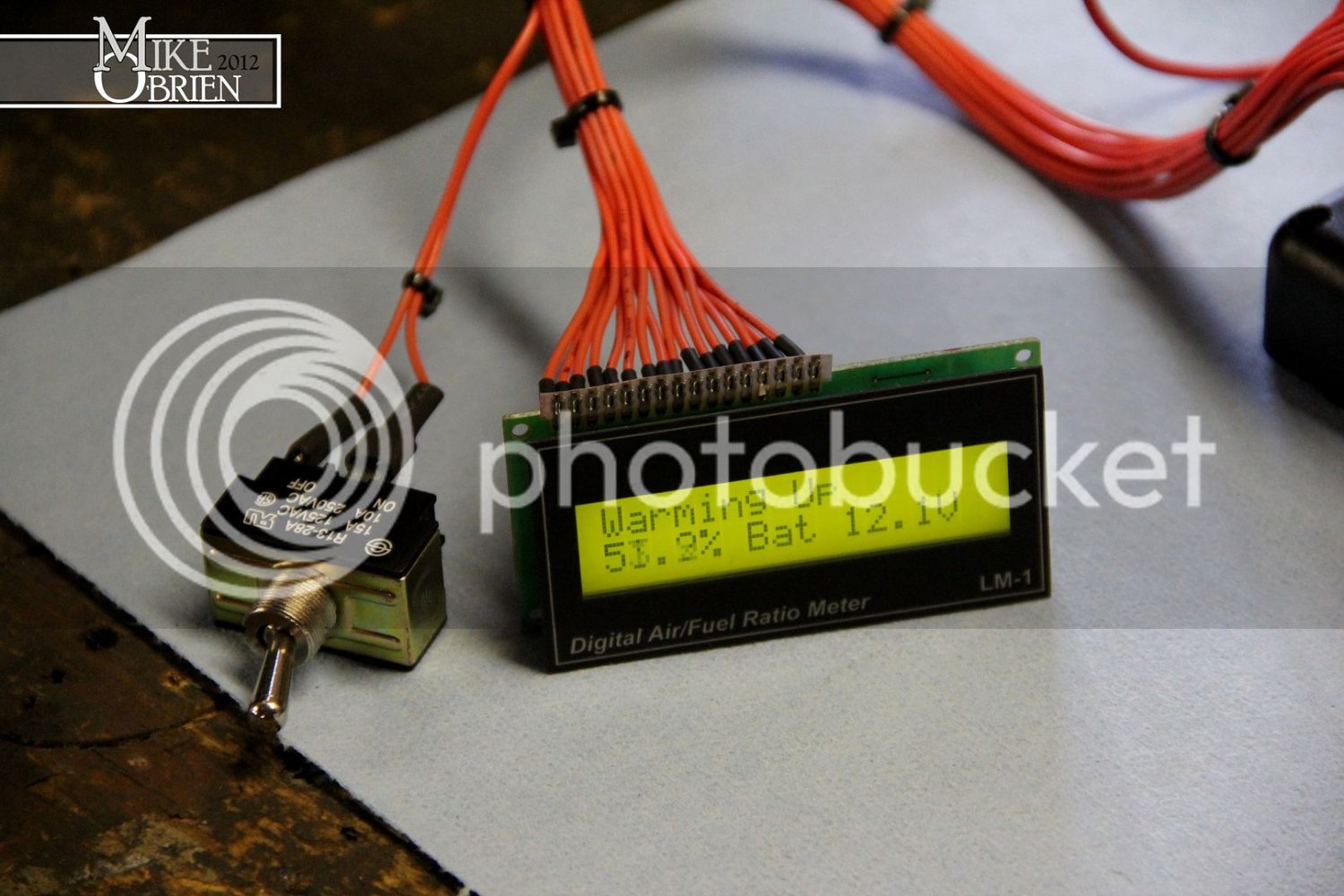
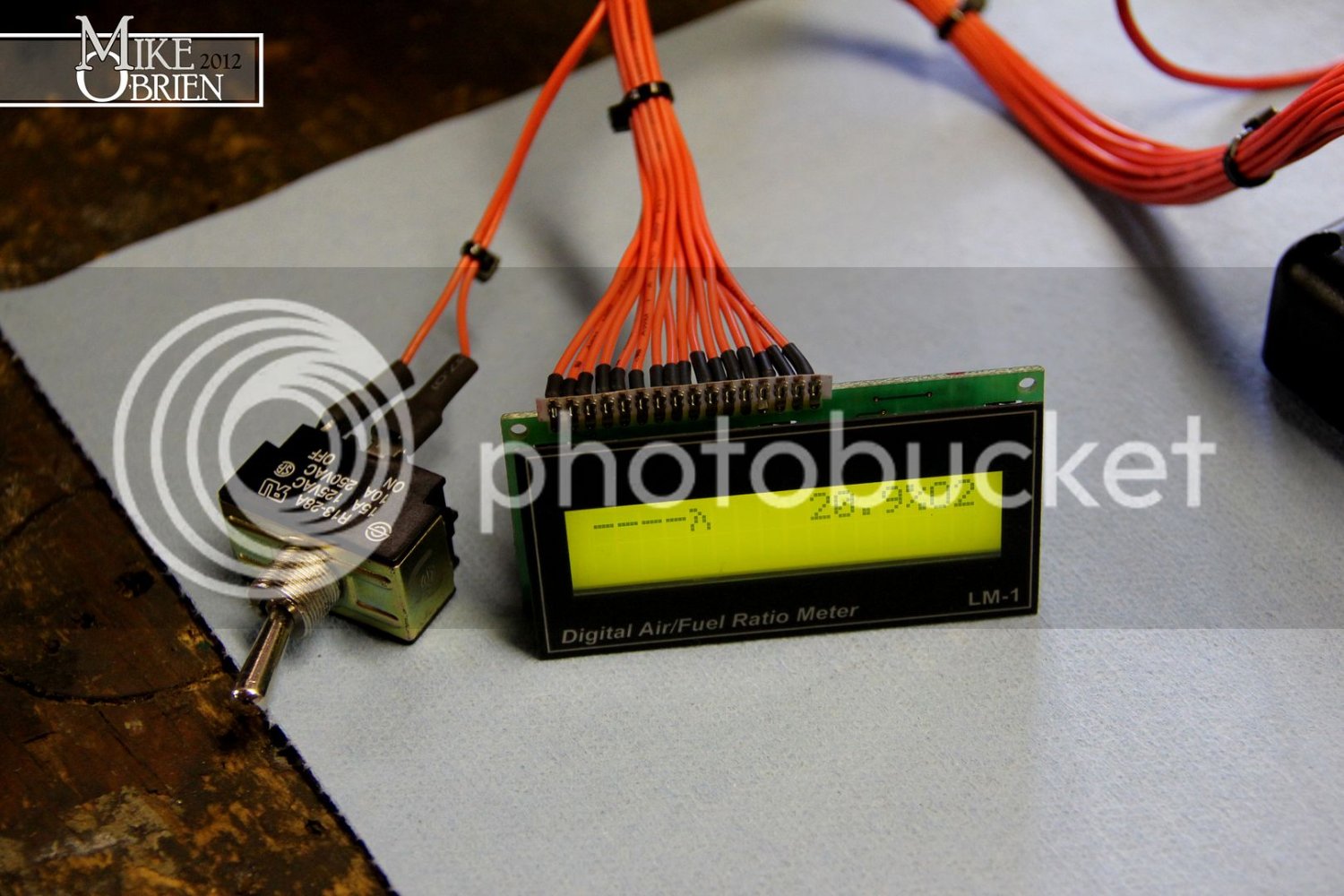
A D-Sub 25 pin female/male connector set separate the switch and VFD from the primary LM-1 unit, allowing easy installation and servicing.
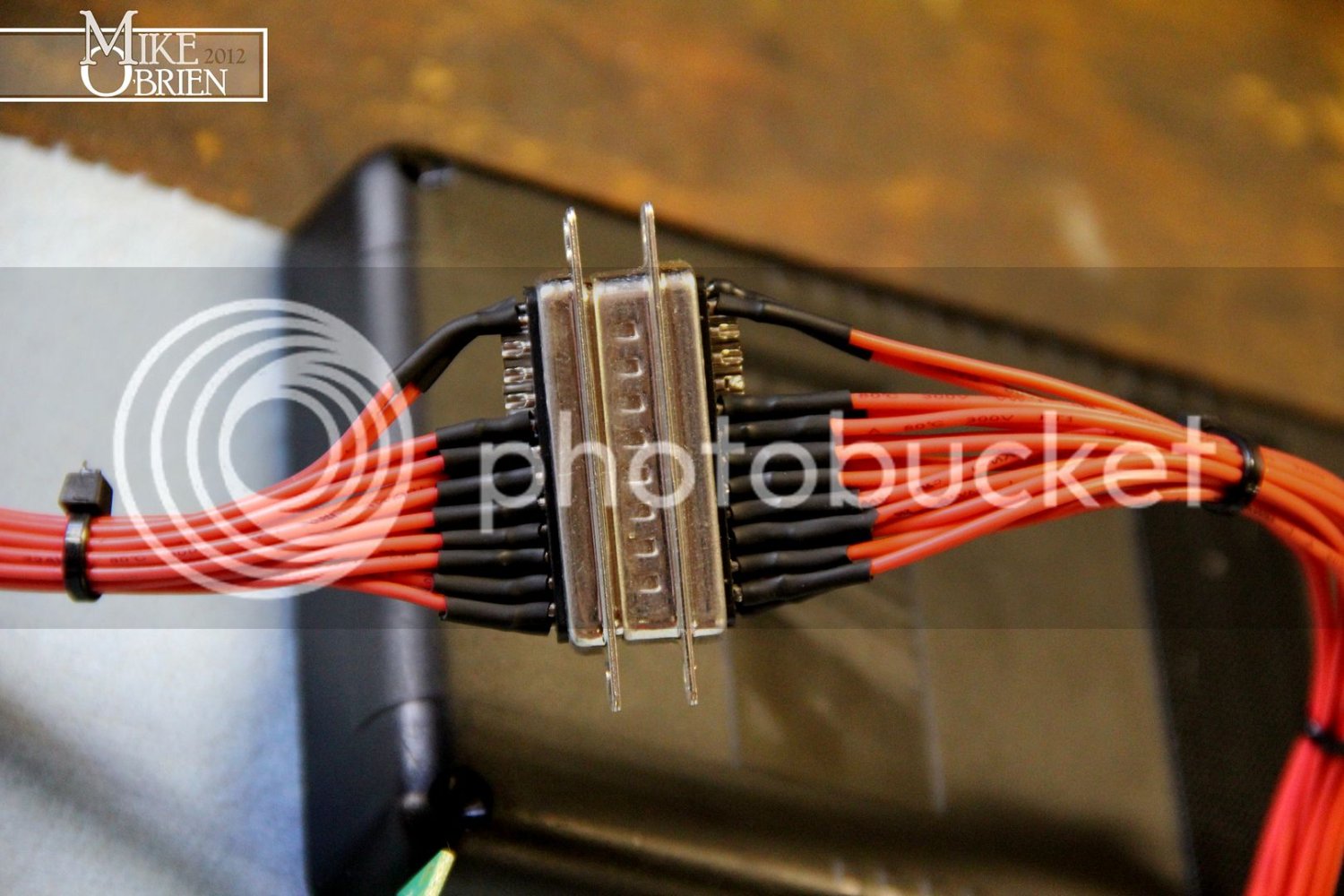
Some may remember the panel I had previously created to house the original cigarette outlet and the MegaView II scrolling parameter display:
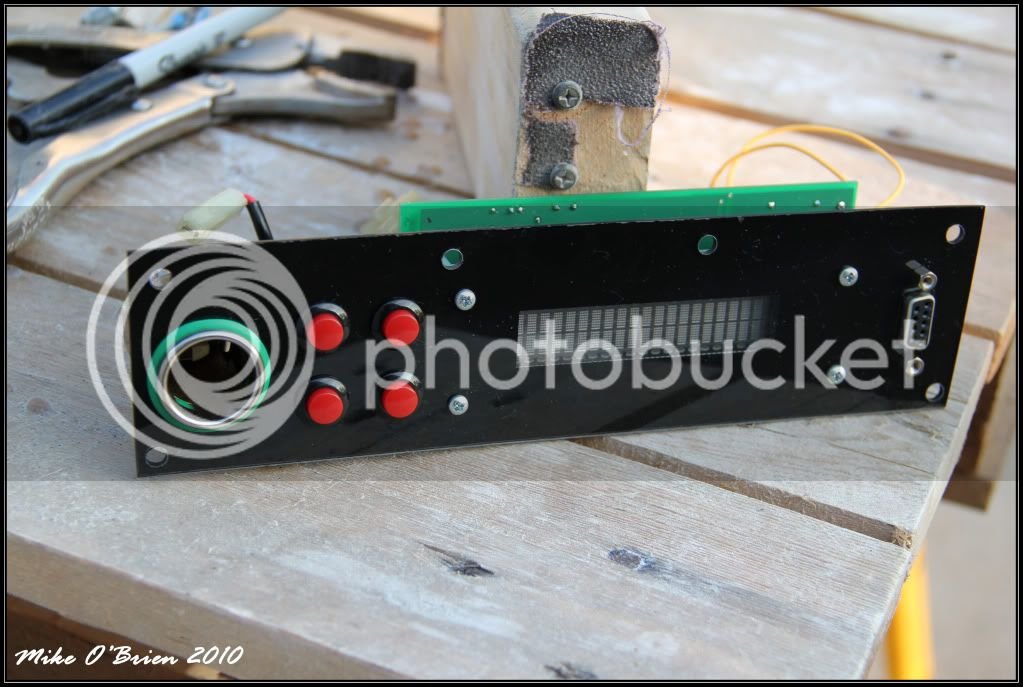
I was never able to get my MegaView to properly work for me, despite troubleshooting it extensively. I decided to simplify this panel, and add the LM-1's VFD to a new version.
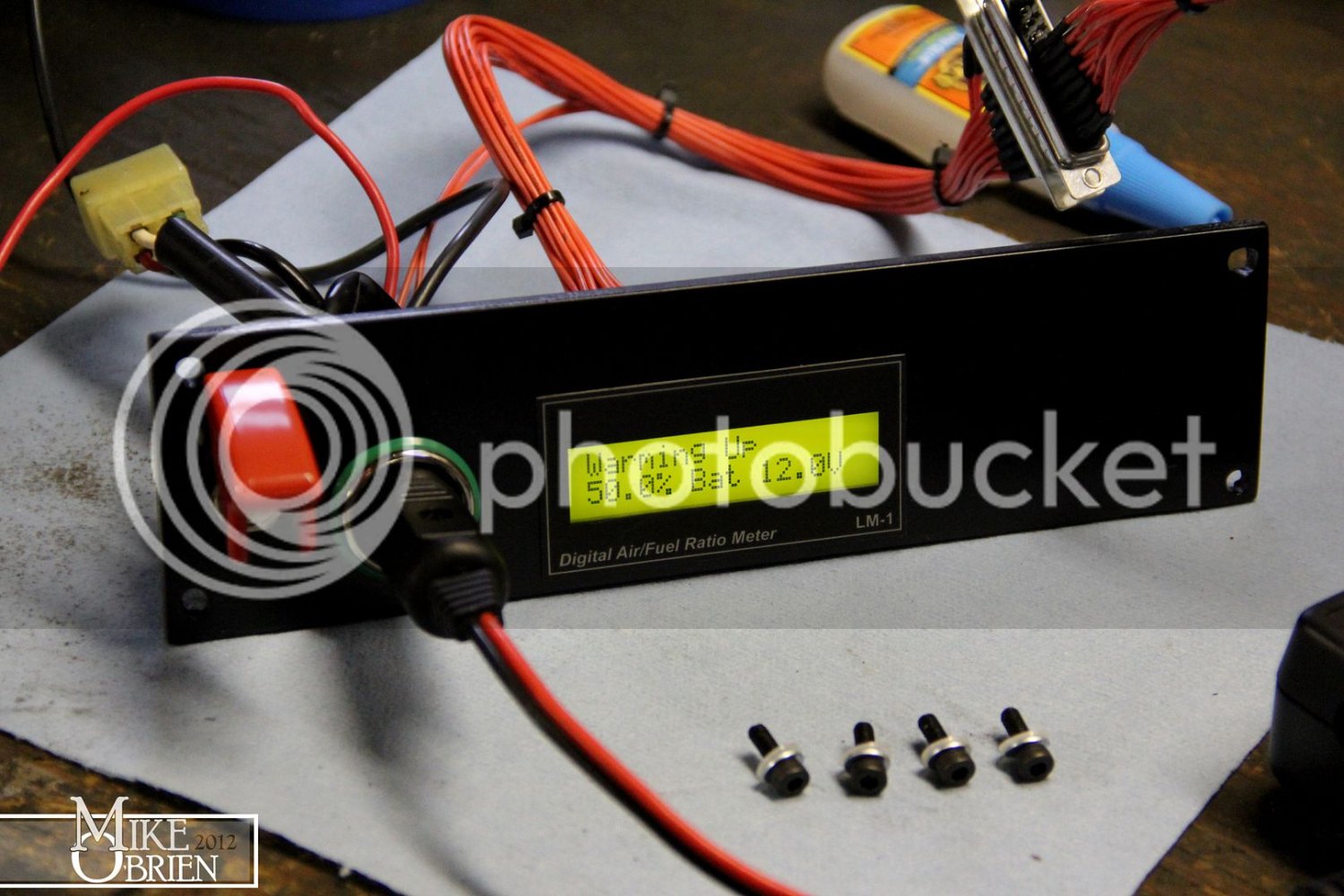
A quick test of all system shows that everything is working great.
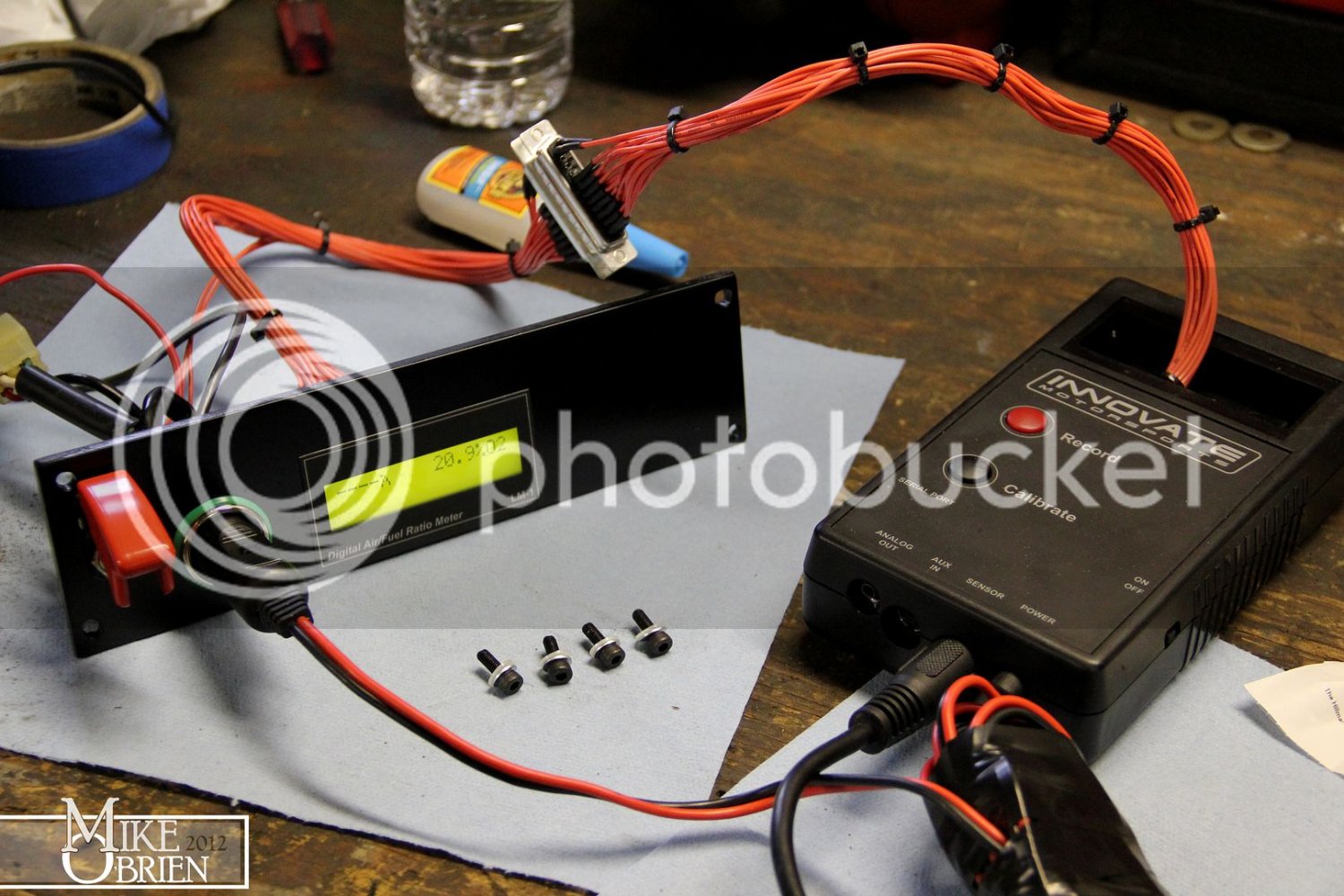
Since the LM-1's VFD was now in full view, I needed somewhere to mount the LM-1 body along with the Megasquirt ECU. I decided to build a nice stand to securely mount these items along with a fuse panel in place of the original cardboard glove box insert.
A plasma cutter makes quick work of creating the panels out of old steel shelving sections we had lying around.
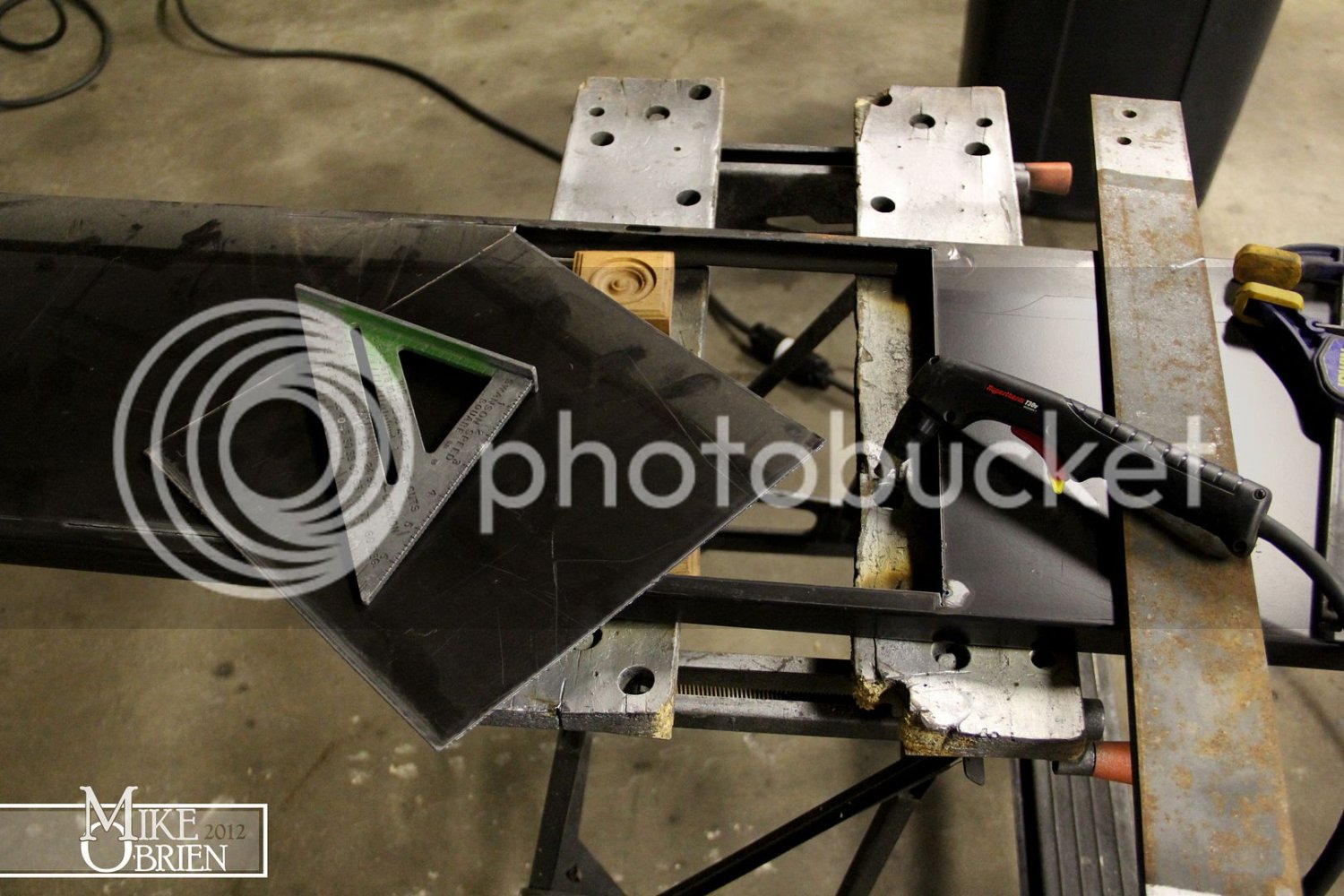
A world of test-and-fits later, and the rough design is complete.
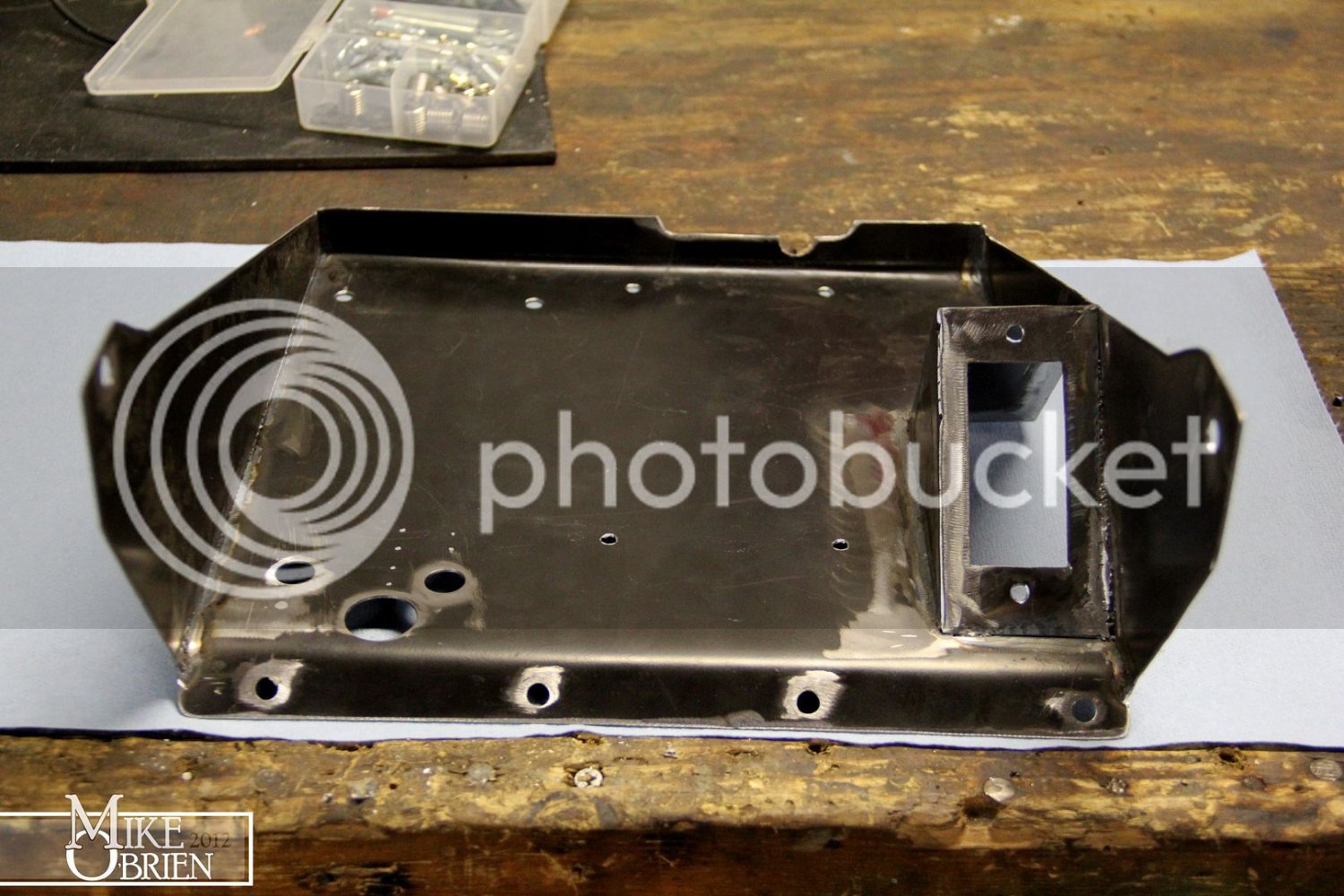
A nice coat of wrinkle black, and the panel is complete.
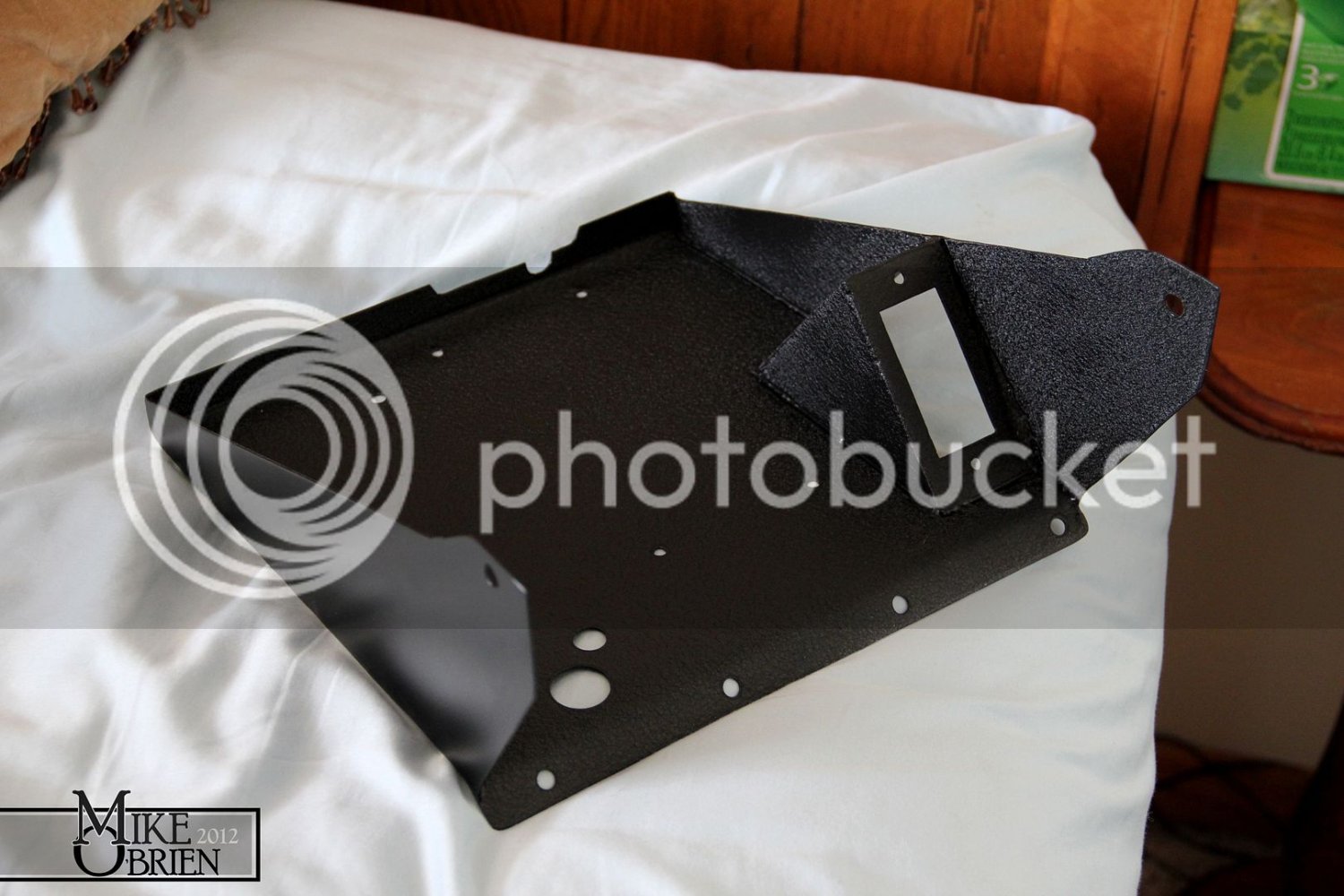
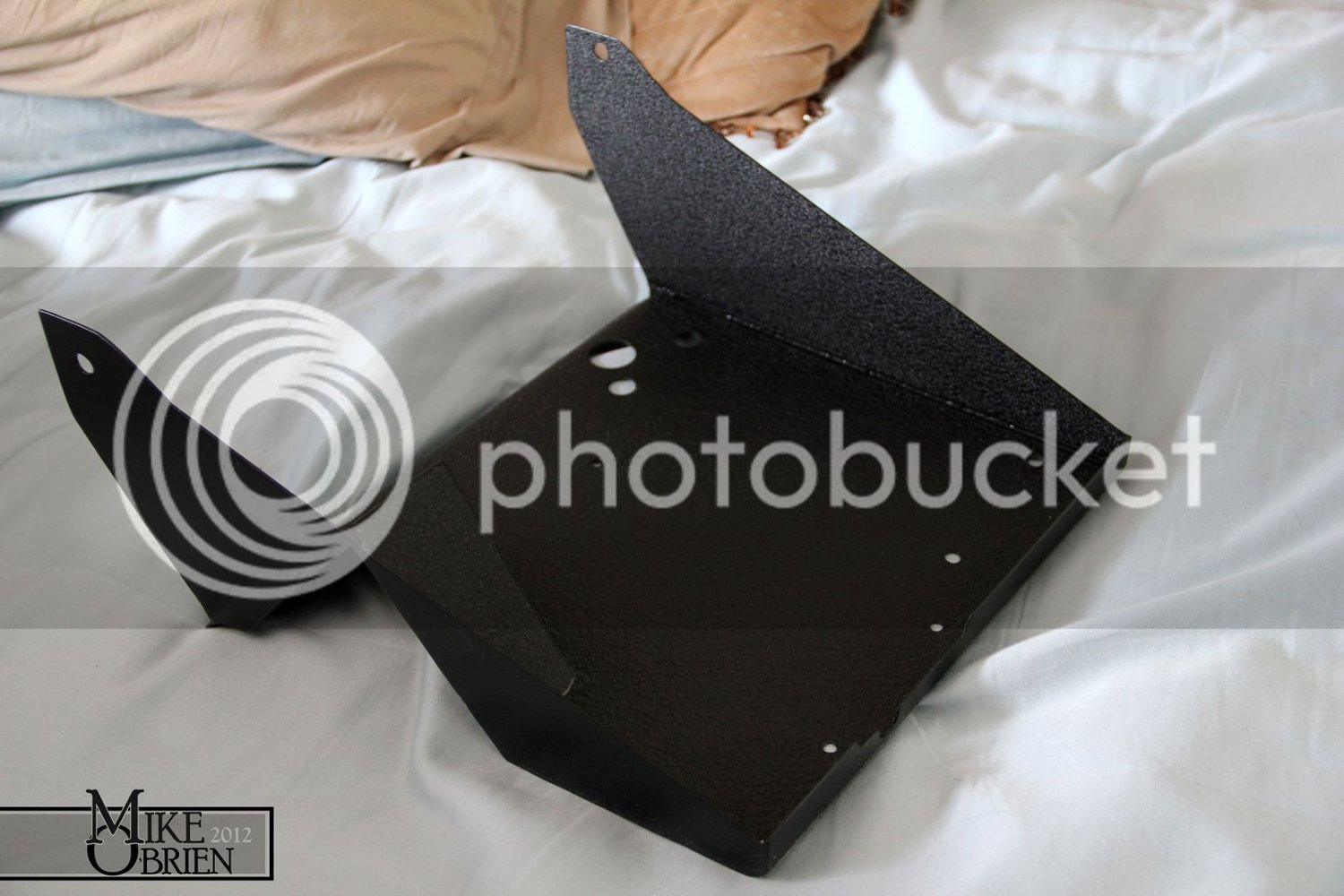
The Megasquirt and LM-1 units are fastened, as well as a fuse panel. The holes near the LM-1 are for the sensor, power, and analog output cables.
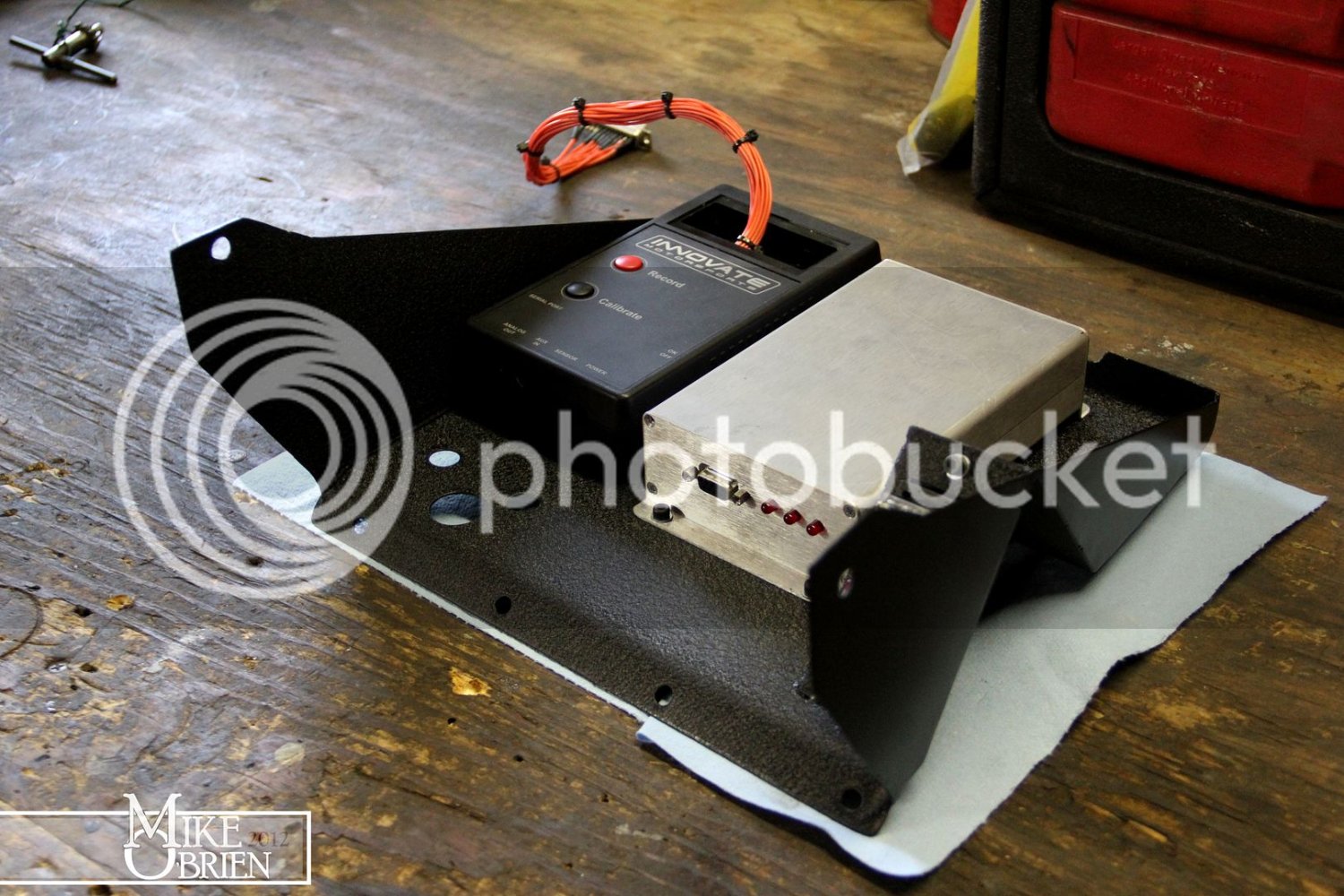
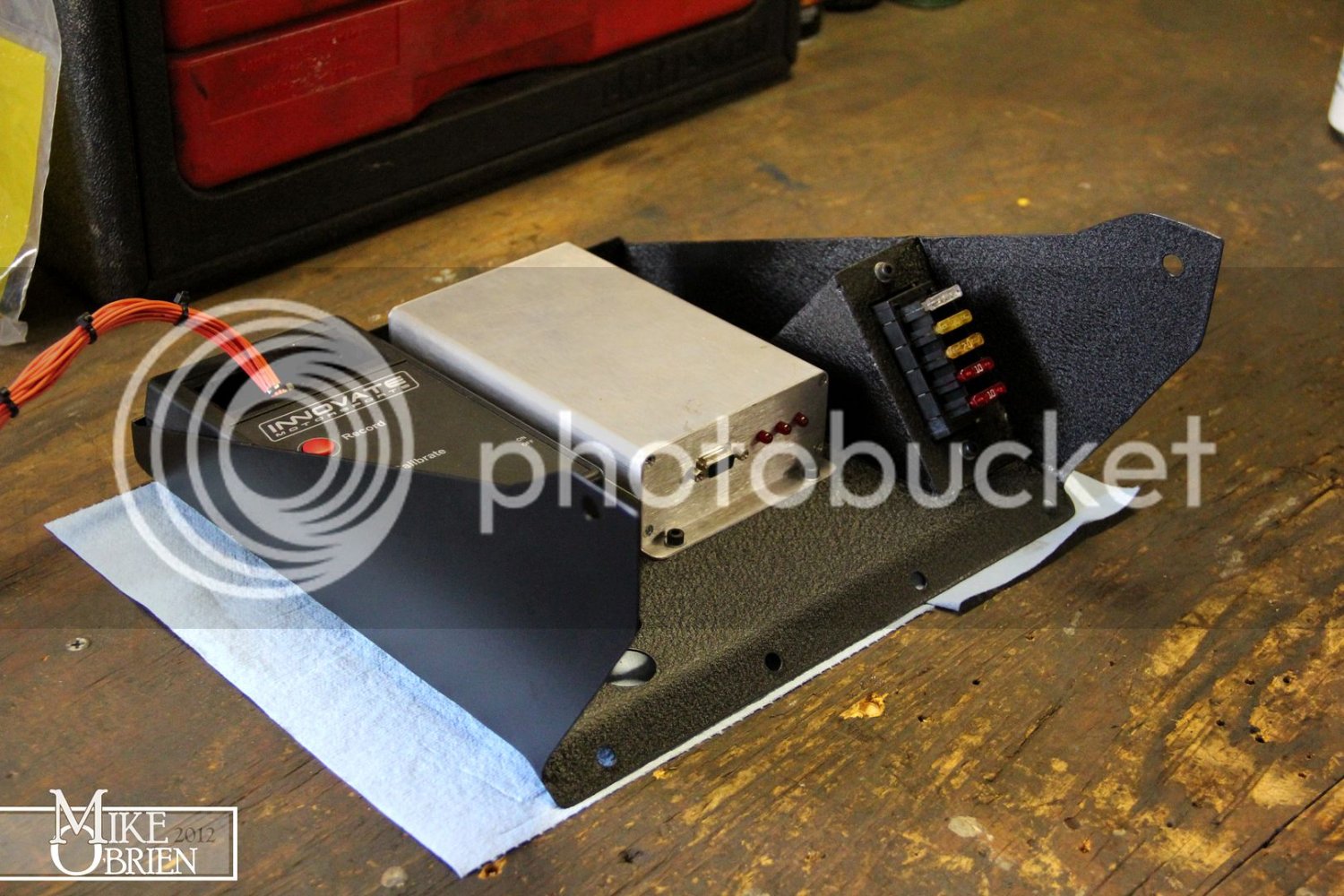
Moving along, I was really bothered by the poor job I did on my first battery box I made for my battery relocation. I was a very poor welder then, and was really unhappy with the presentation of the box:
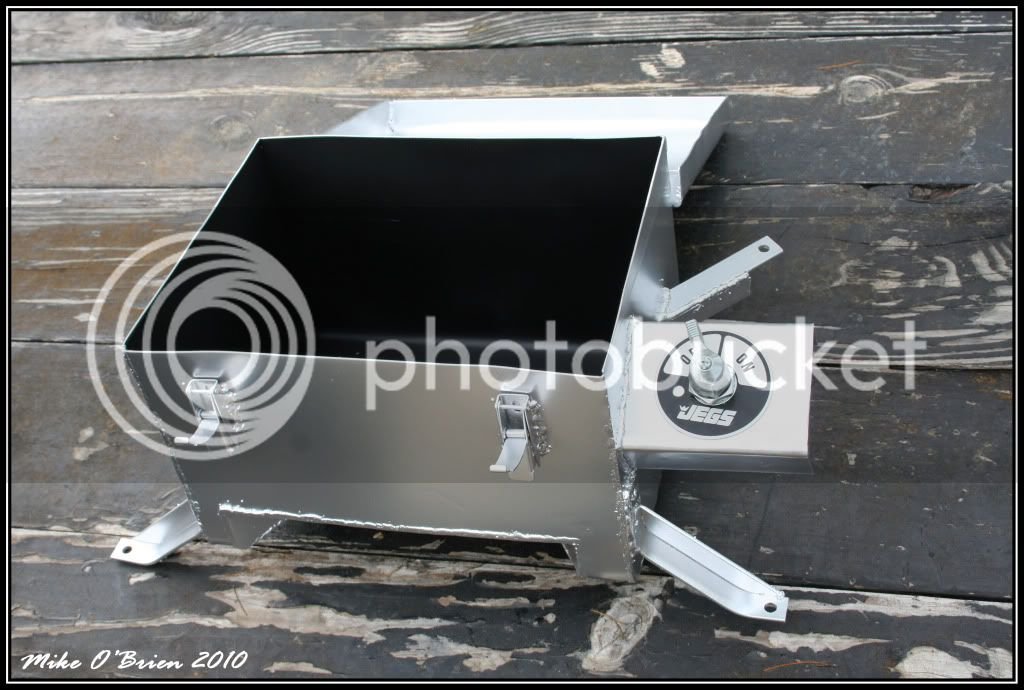
I decided to take the time to build a much better battery box, using the plasma cutter and spare shelving as my canvas.
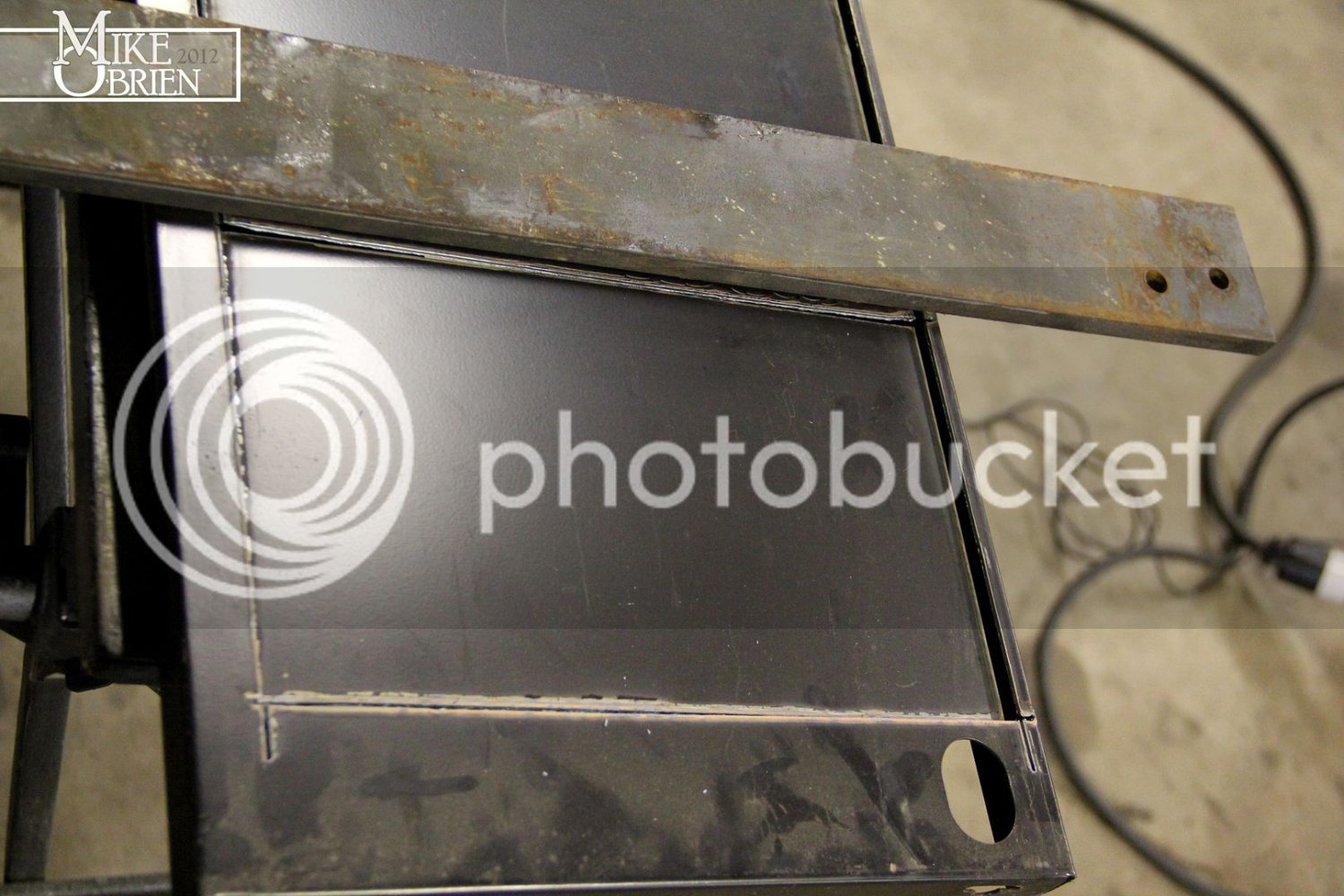
Getting somewhere took no time at all with the quick-cut action of the plasma.
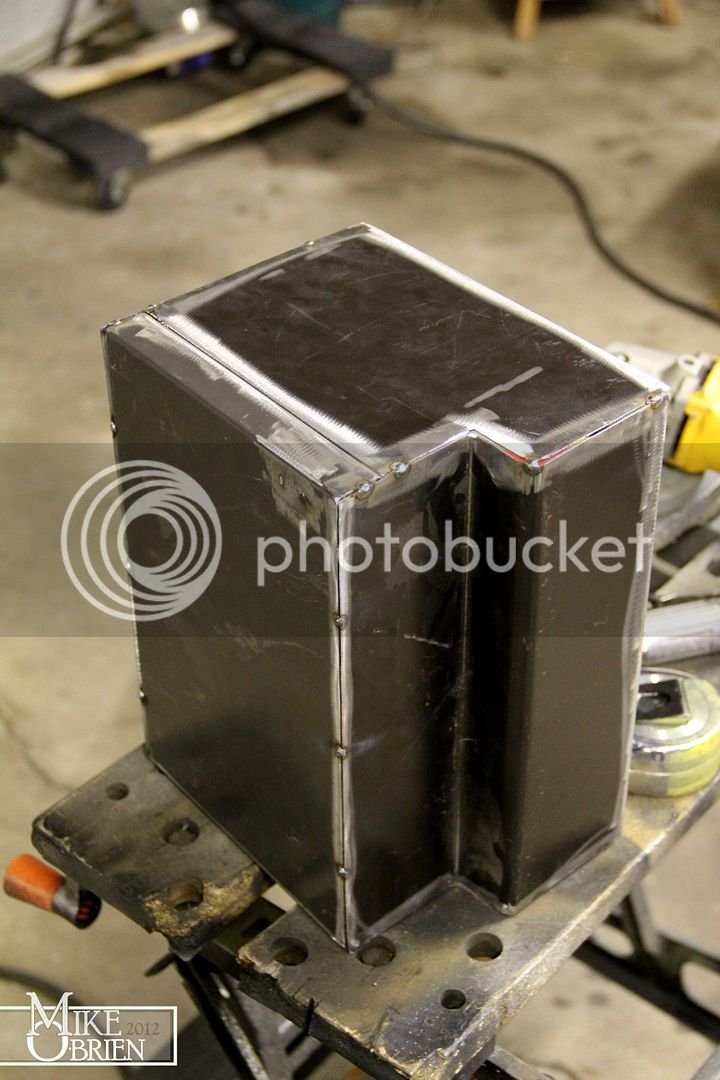
My welding has greatly improved since my last battery box. (lol)
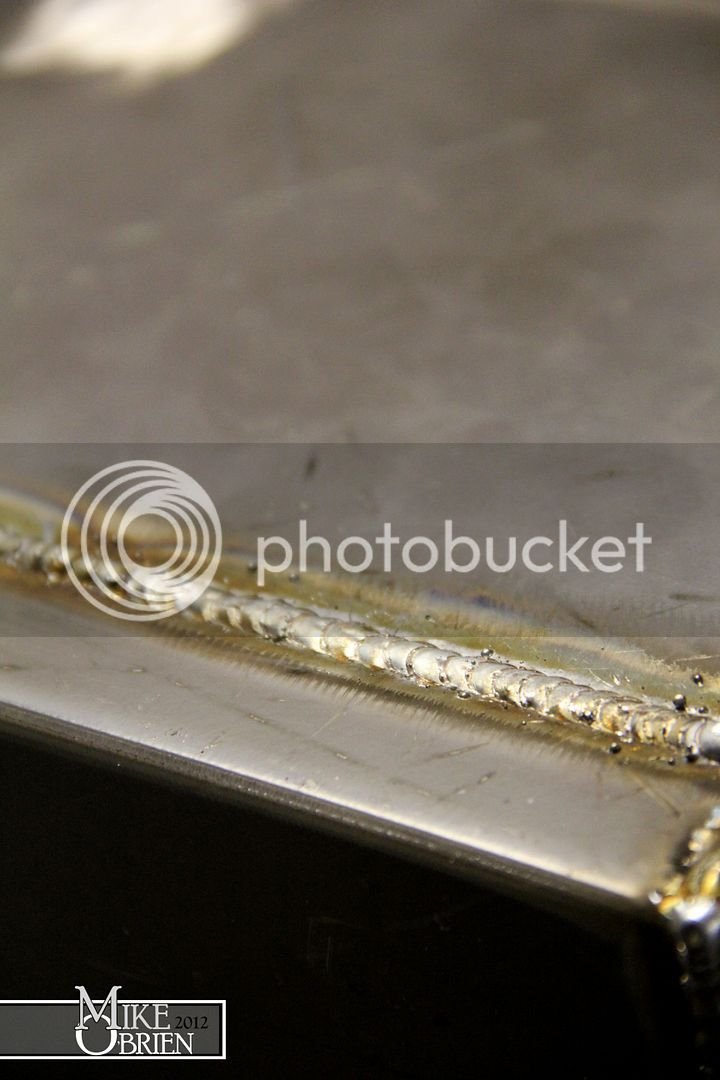
I created separate bolt-on mounts, and a bolt-on section for the battery kill switch for this box. After all the pieces were welded and cleaned up, they were treated to coats of wrinkle black.
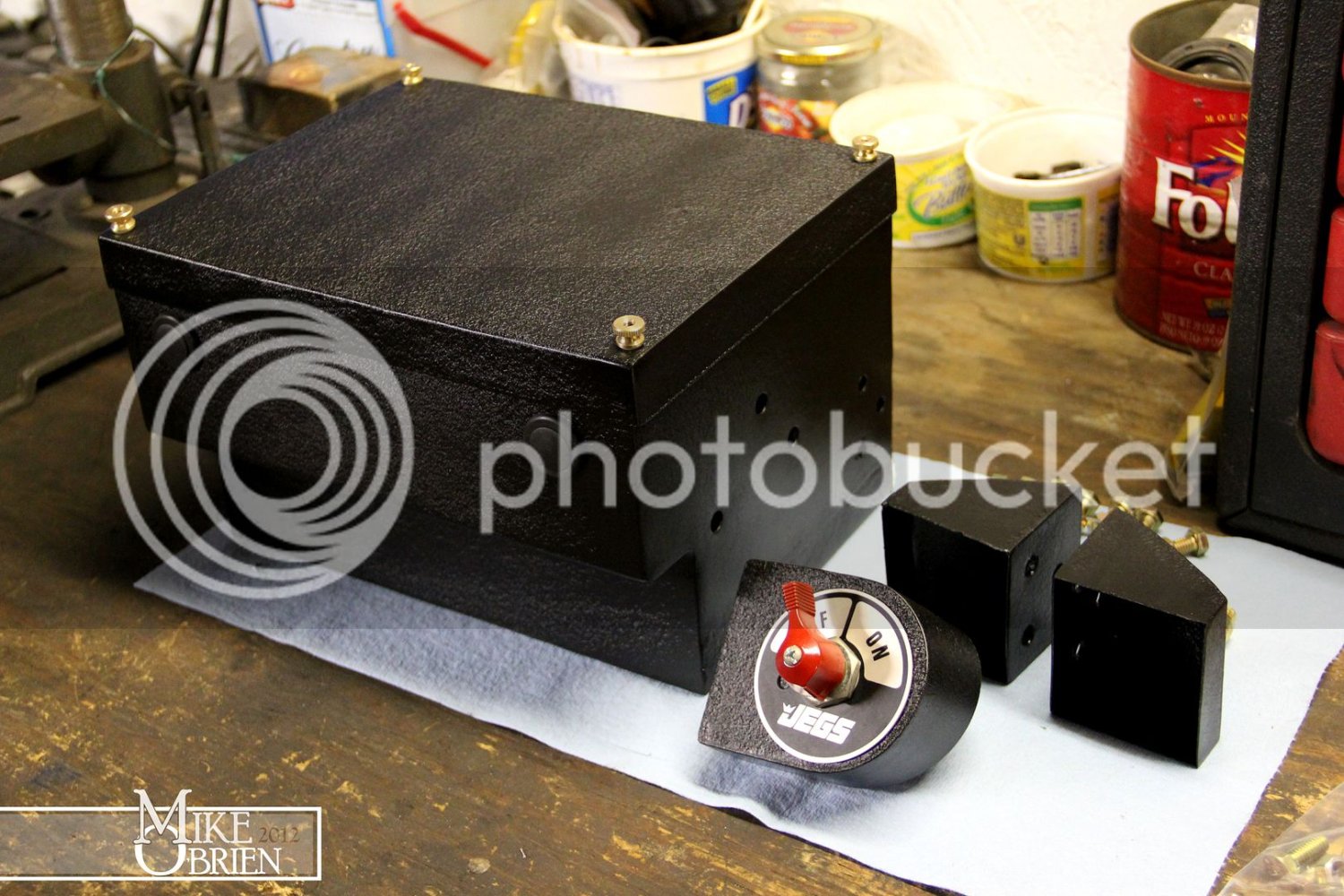
I thought about using a smaller gel style battery after personal seeing Leon's (LeeMa61) battery he installed in his car. However, I have been extremely happy with my side post 78 series since I purchased it, and wanted to keep it as they are always available to buy locally if I need an emergency replacement.
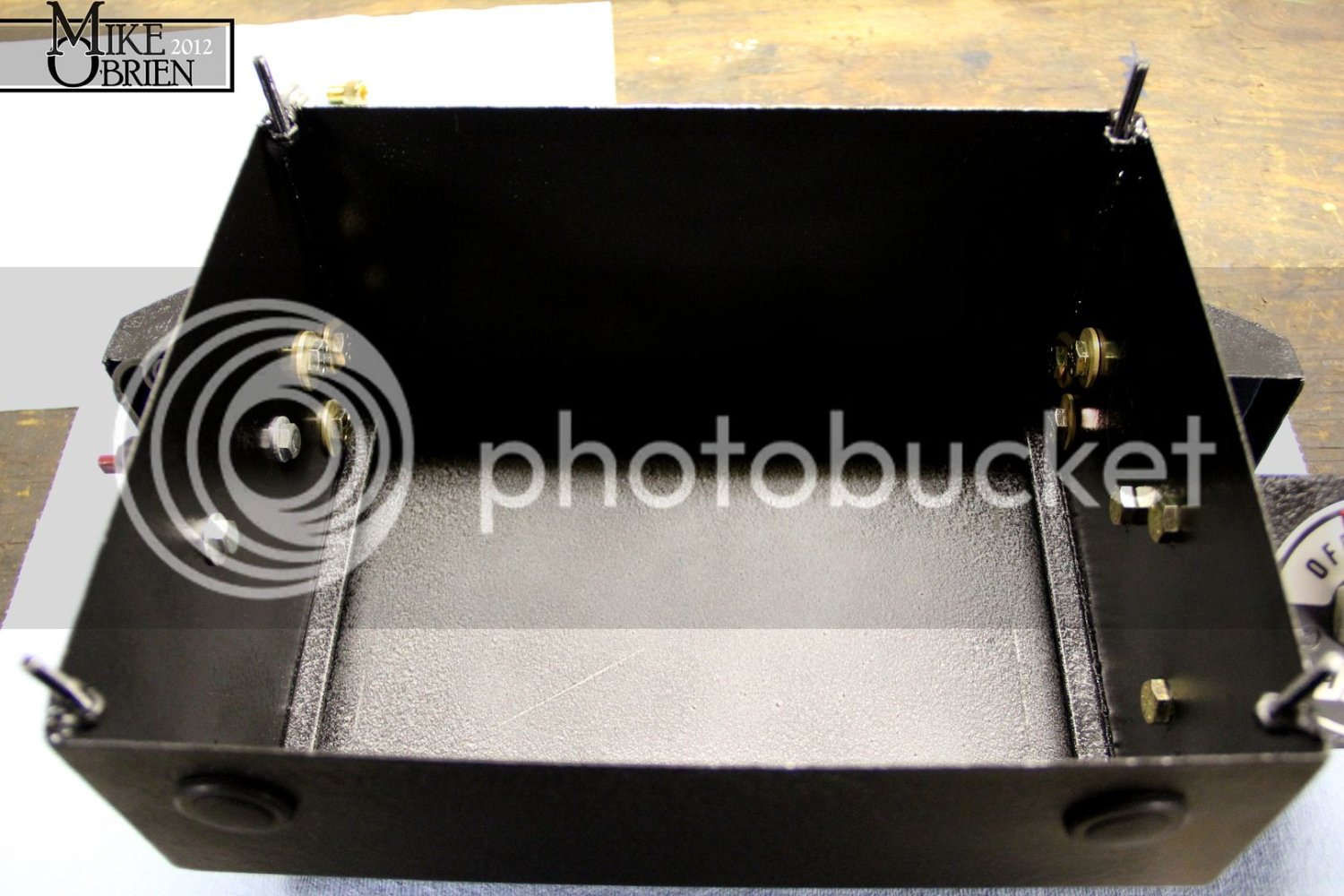
I also painted the kill switch red, the contrast from the rest of the box is awesome.
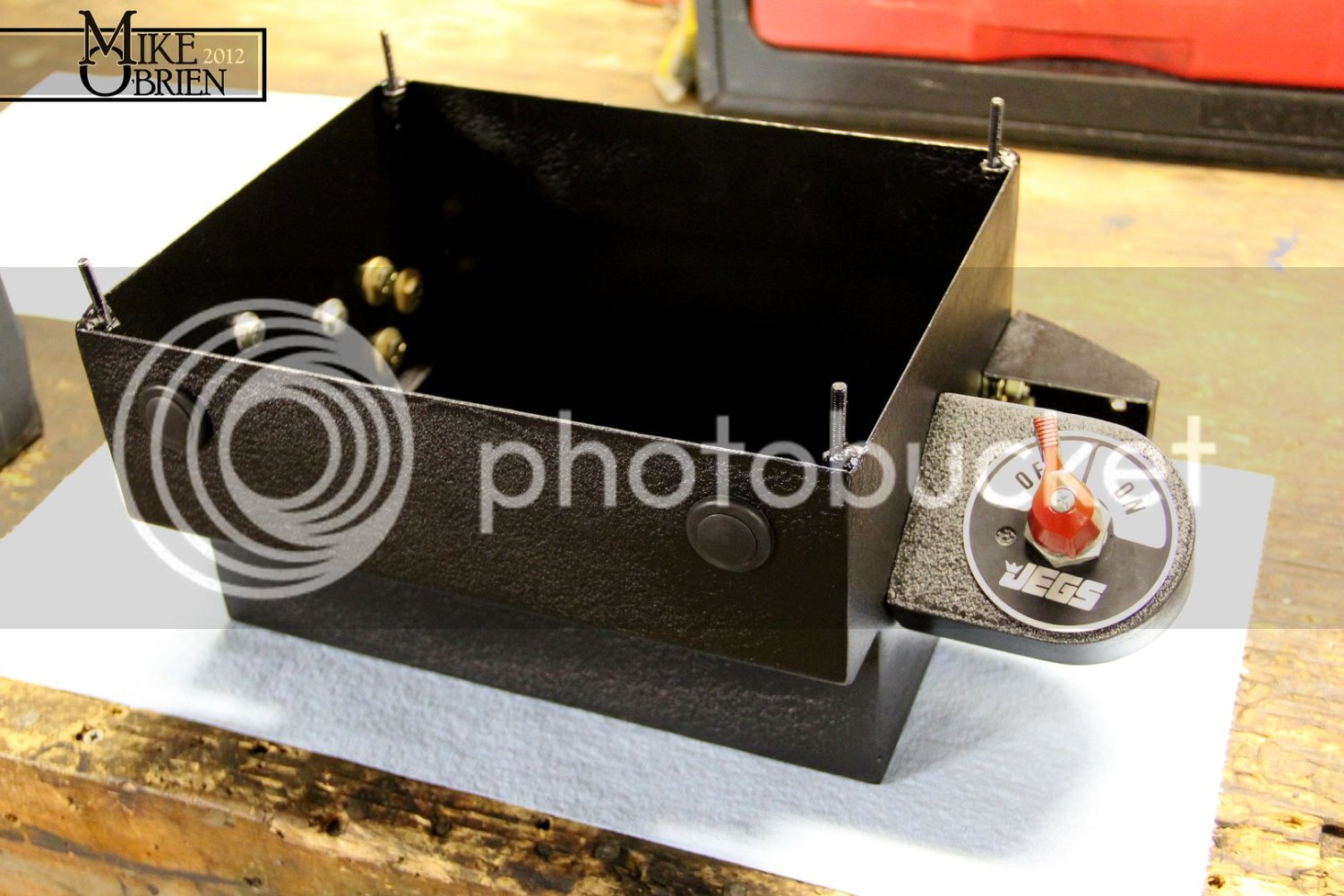
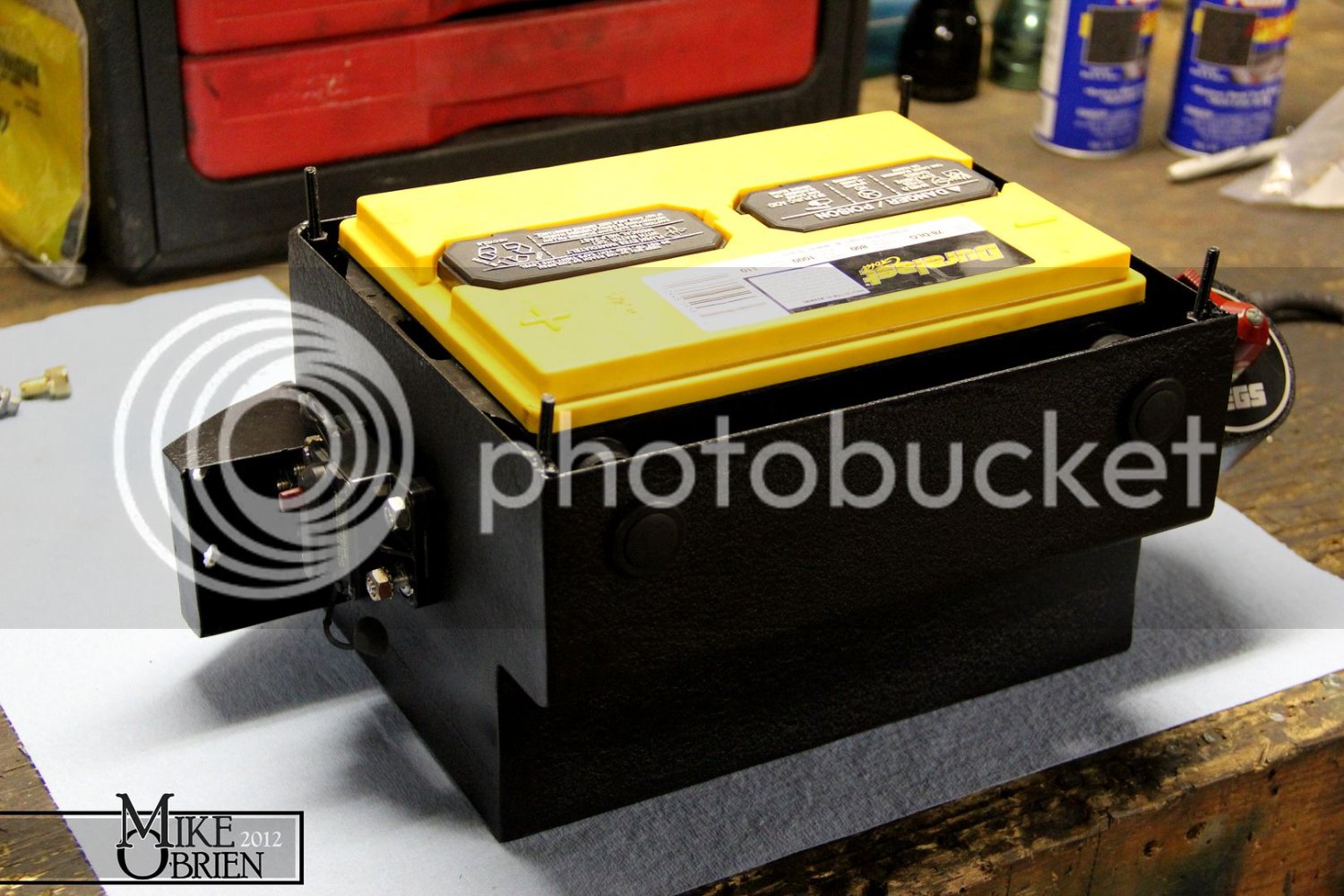
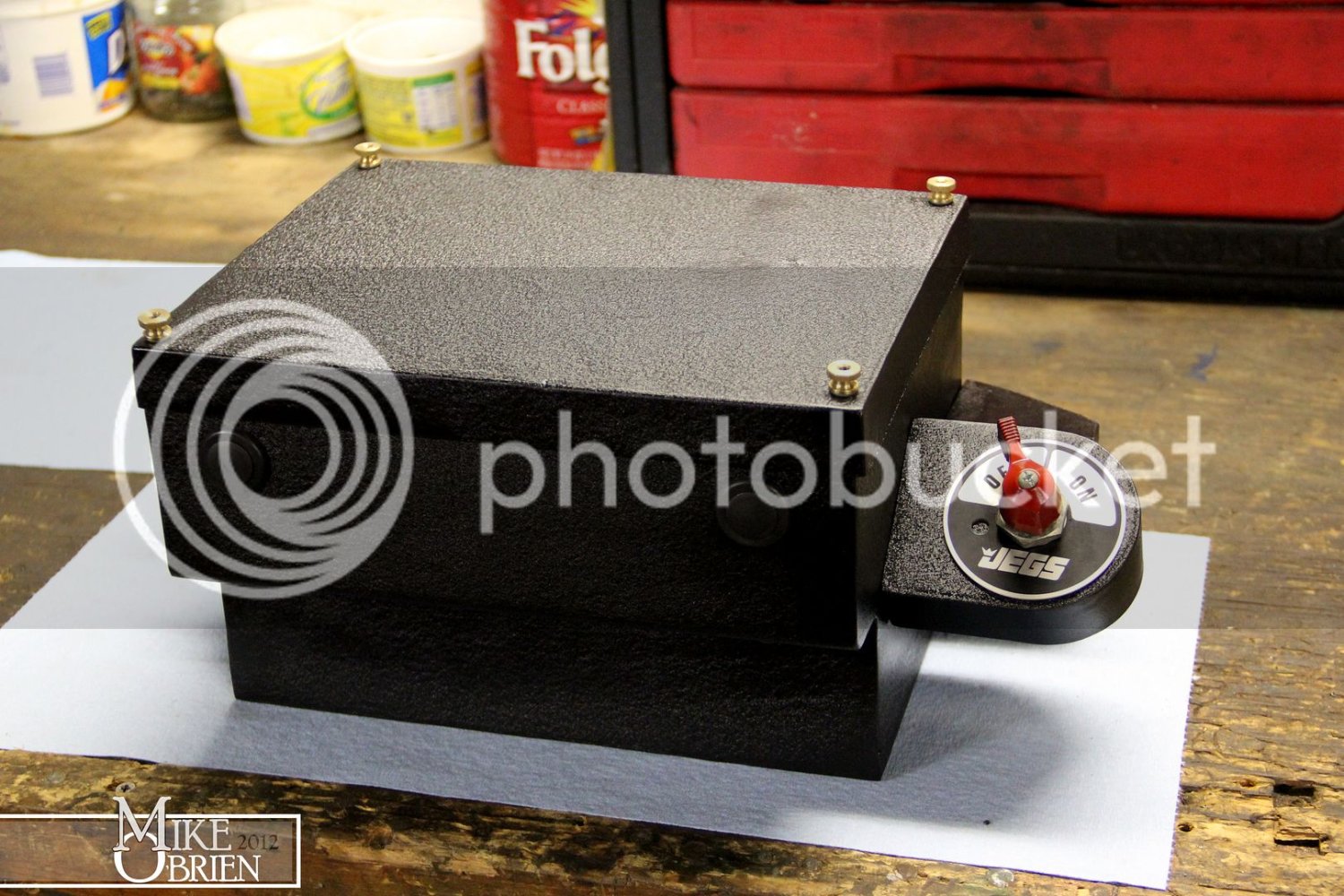
The side posts are easily accessible through two holes I drilled on the front face of the box. They have grommets around the edge, and plastic inserts to close and seal them.
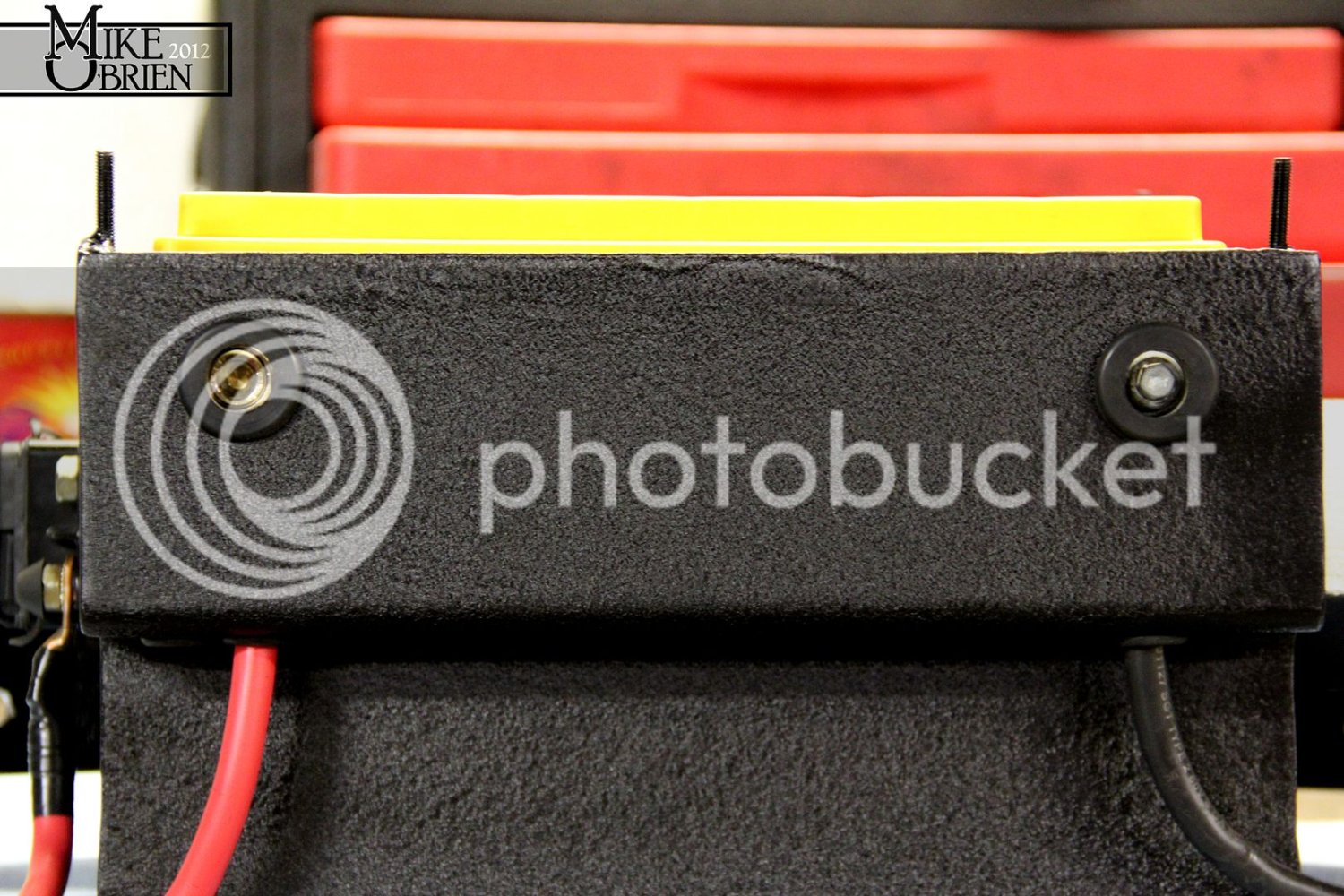
I decided it was time to clean and spray the hatch area with some trunk spatter coating when the battery was removed.
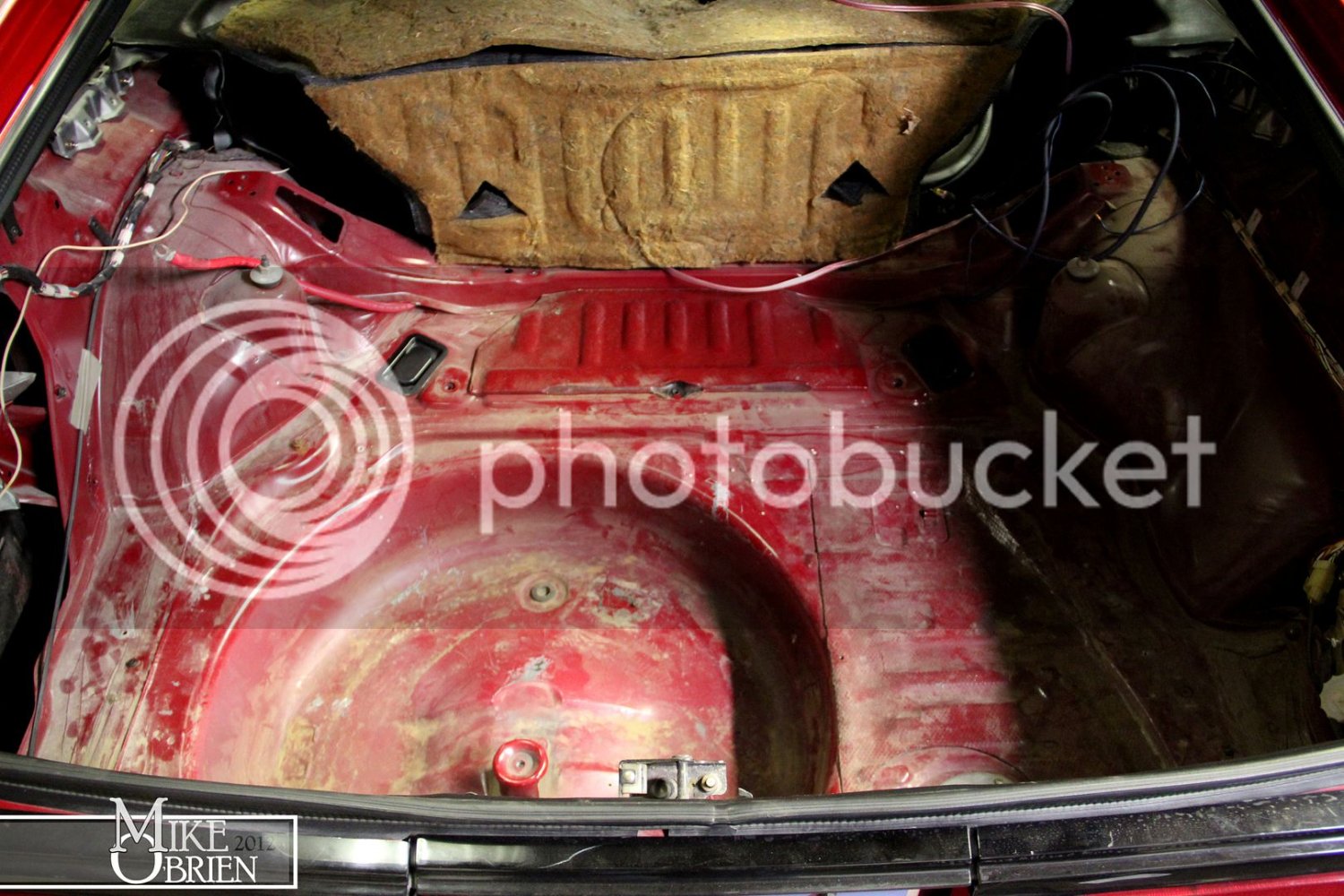
However, after a quick bit of cleaning, I found the presentation of the original area to be decent, and not worth the trouble of re-coating.
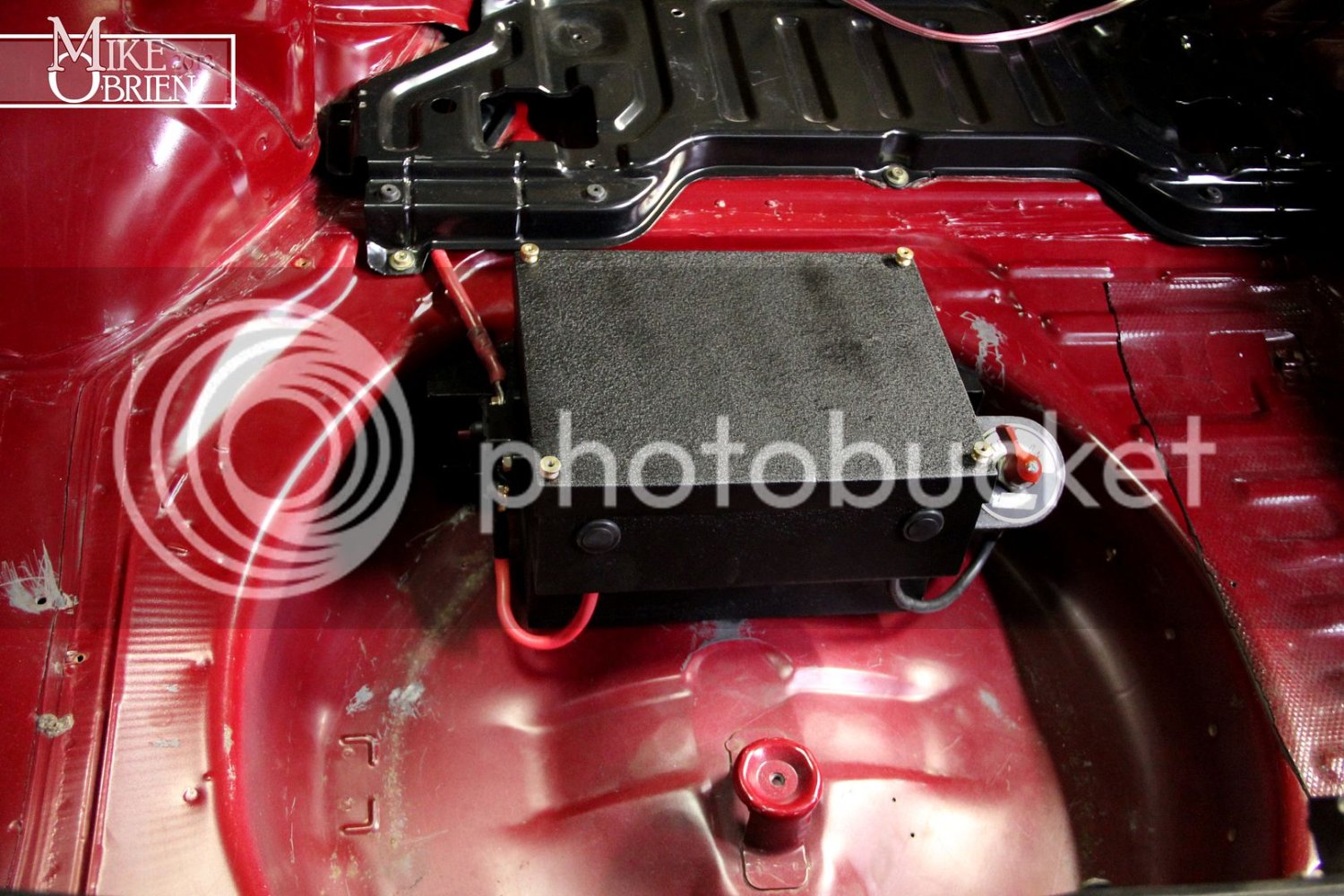
Unfortunately, I have no decent pictures of the new glove box insert or display panel in place, Lighting is horrid inside the car, and the car's interior is filthy. This is the only ok shot I quickly snapped from outside the car. (I know, dirty and poor lighting/focus)
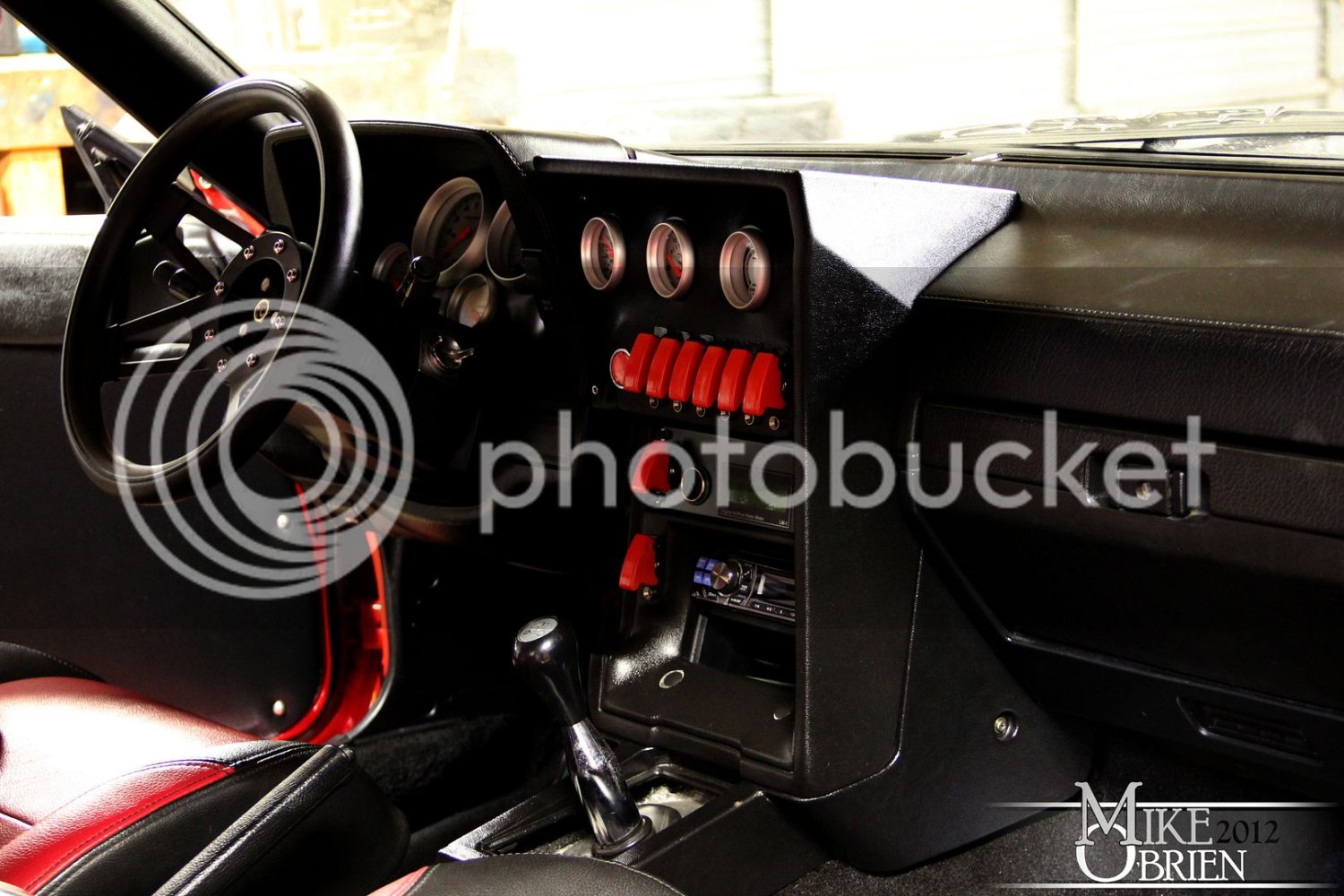
-Mike

